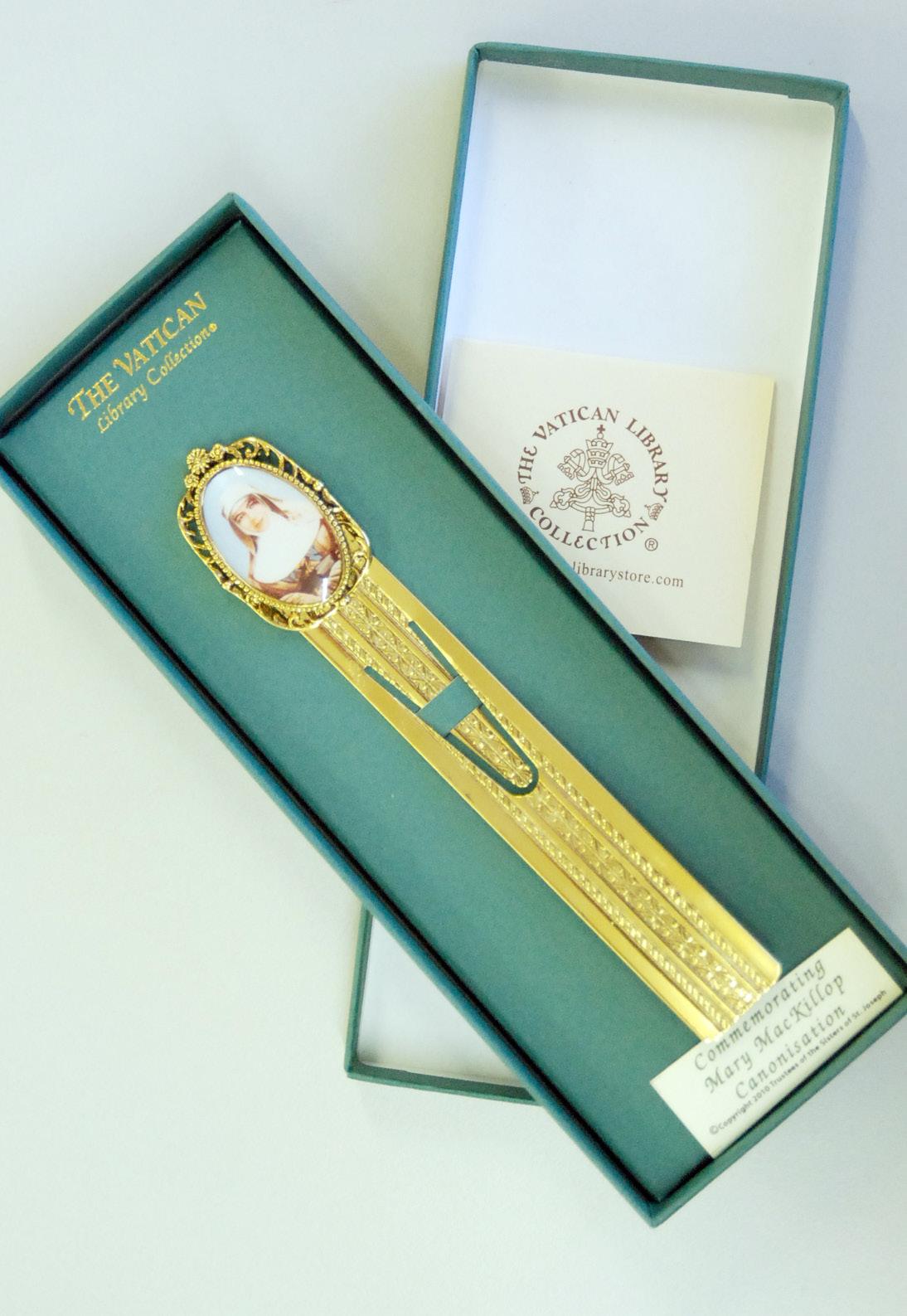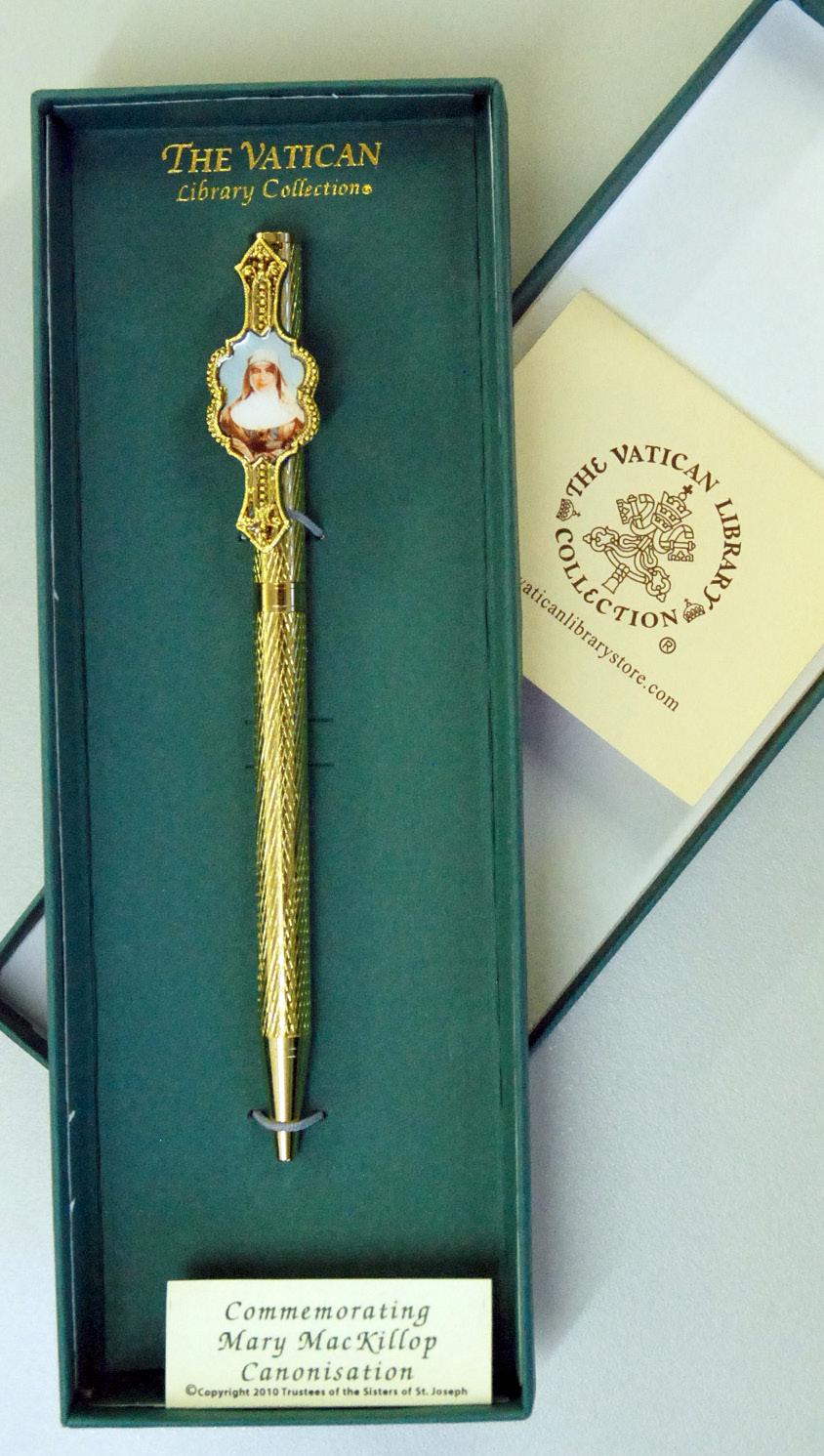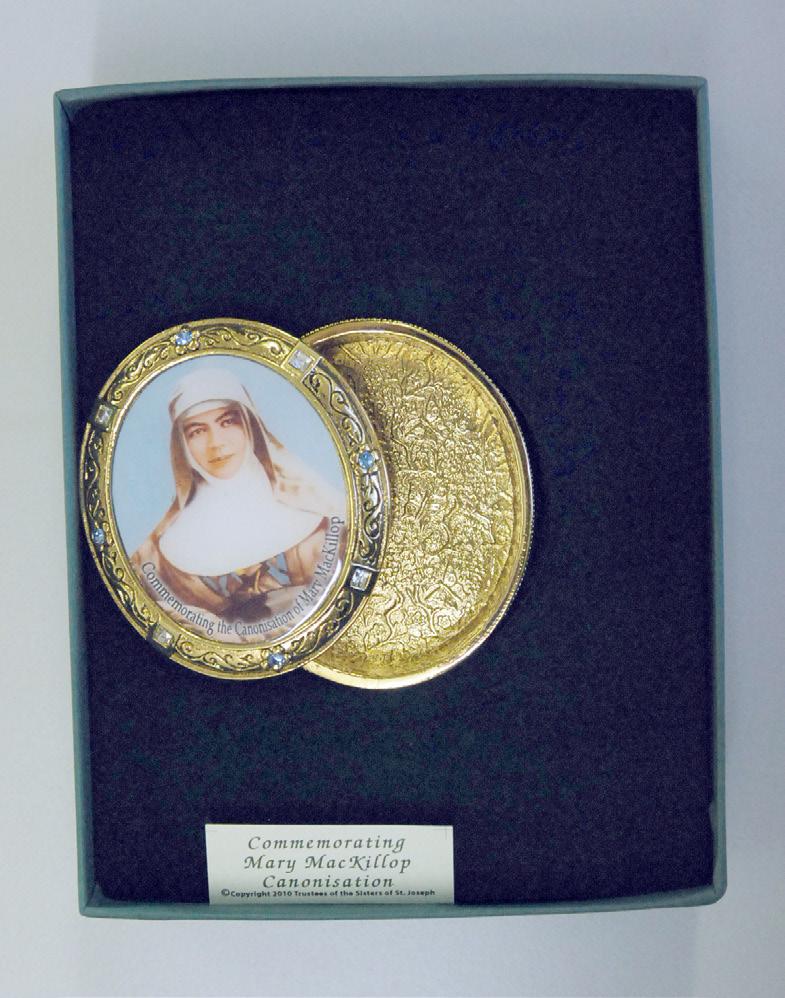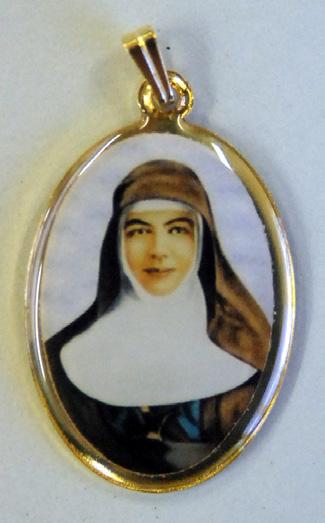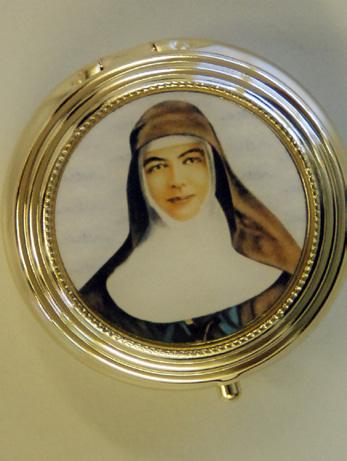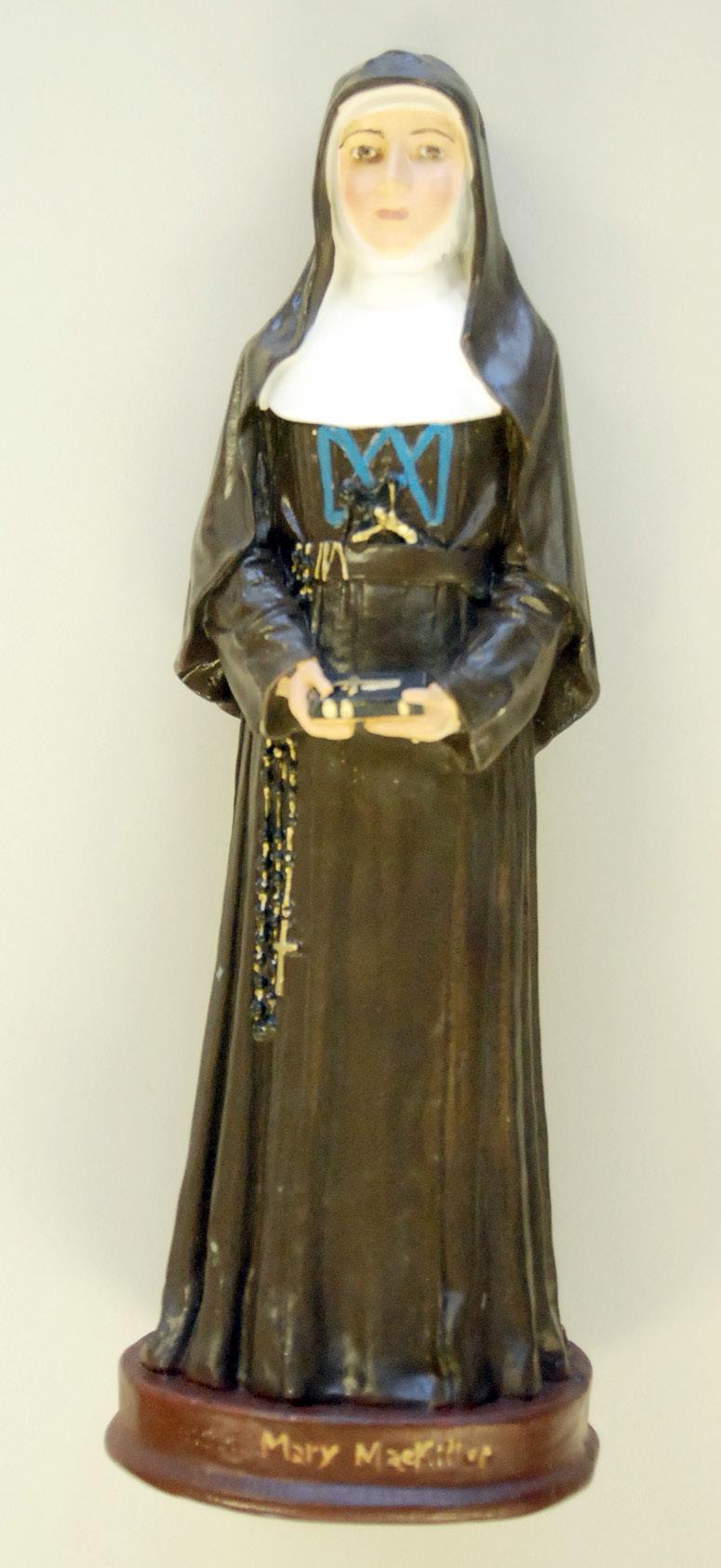
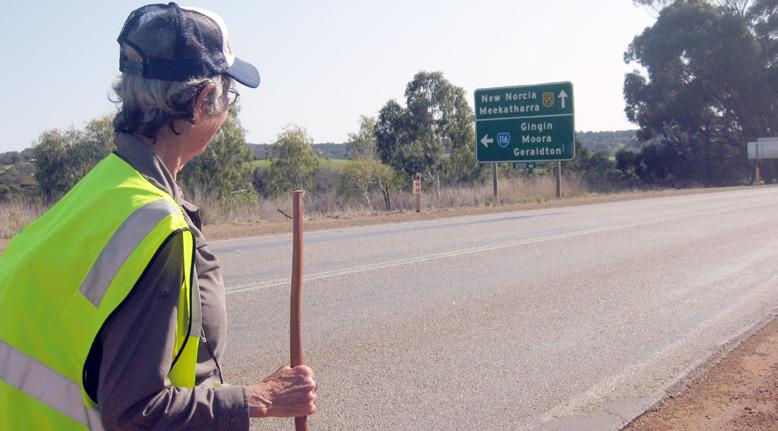



The family is meant to be the school of prayer, Archbishop Hickey has told Girrawheen Parish as it celebrates its 25th anniversary. For parents who want their children to receive faith in Christ, he emphasised, praying together as a family is never an optional extra.
By Anthony BArichPromoting family prayer at home is crucial to developing faith and a love for Christ in the Eucharist and thus live a Christian life, Archbishop Barry Hickey said during celebrations of Girrawheen parish church’s 25th anniversary.
As Pope Benedict XVI beatified Cardinal John Henry Newman – a British 19th century intellectual and convert from Anglicanism – that day, the Archbishop also called for Catholics to pray for the pontiff, who is under severe attack during his trip to the United Kingdom.
“Today the Pope beatifies Cardinal Newman, who he is holding up as an example of an intellectual understanding of the faith”, which is also essential to compliment the devotional aspects of the faith, Archbishop Hickey said.
The Archbishop said it is essential to attend Mass “not once or twice a year but every week” to “consolidate our faith” that has been built up through family and individual prayer.
“We need prayer,” he said on 19 September. “Through prayer, children learn about the existence of God, and see Him in the beauty Please turn to Page 10
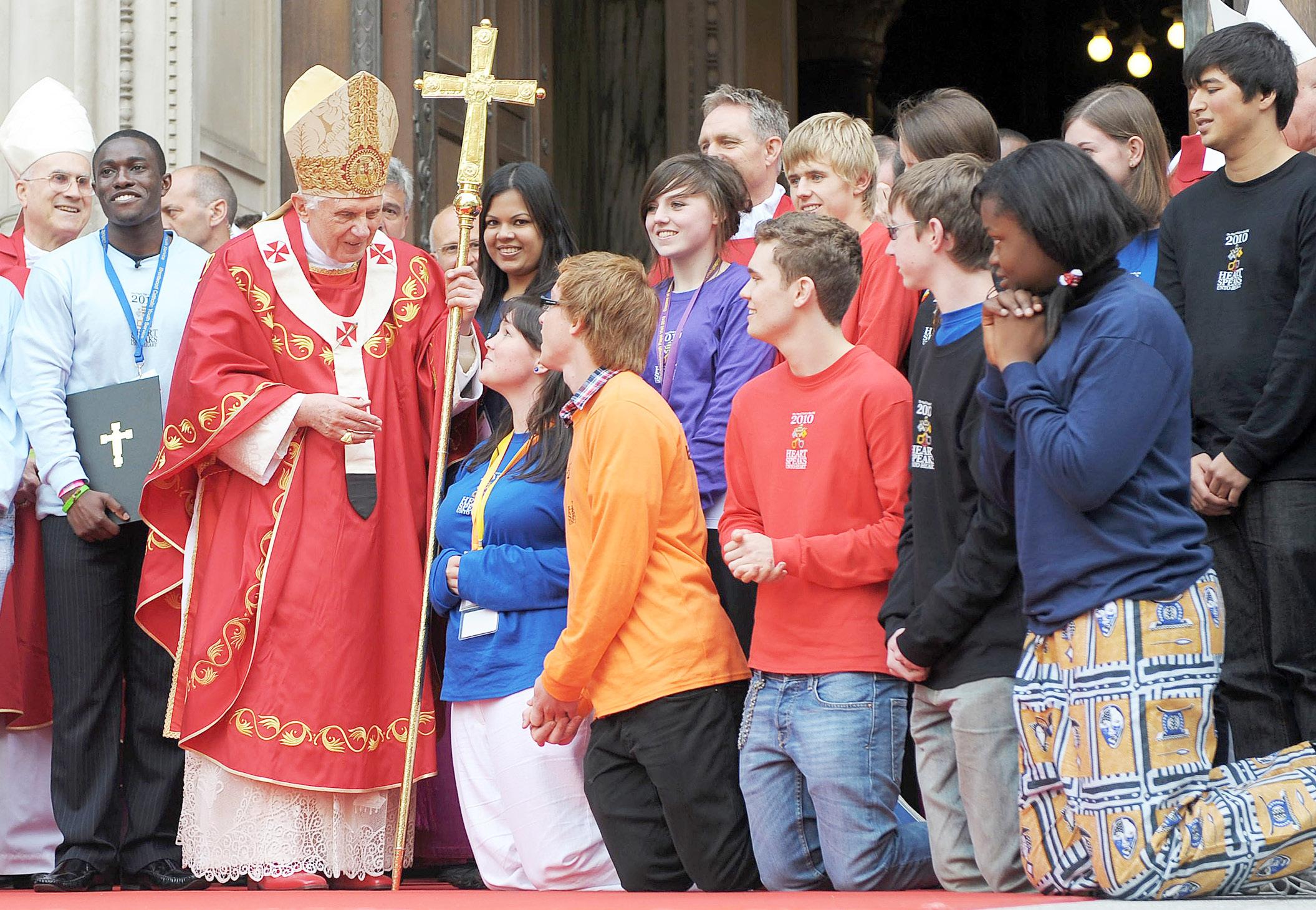
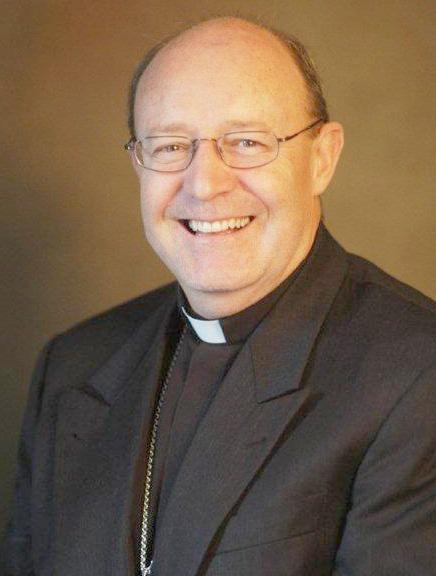
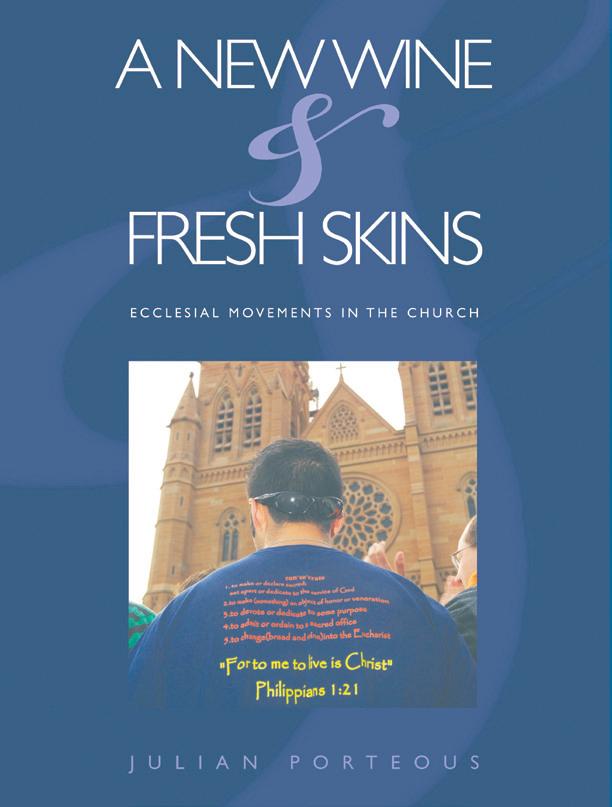




Editor Peter Rosengren office@therecord.com.au
Journalists
Bridget Spinks baspinks@therecord.com.au
Mark Reidy mreidy@therecord.com.au
Anthony Barich abarich@therecord.com.au
Advertising/Production
Mat De Sousa production@therecord.com.au
Accounts
June Cowley accounts@therecord.com.au
Classifieds/Panoramas/Subscriptions
Bibiana Kwaramba office@therecord.com.au
Record Bookshop
Bibiana Kwaramba bookshop@therecord.com.au
Proofreaders
Christine Jaques Eugen Mattes
Contributors
Christopher West Catherine Parish
CS
Bronia Karniewicz Fr John Flader
Guy Crouchback
The Record PO Box 3075
Adelaide Terrace
PERTH WA 6832
21 Victoria Square, Perth 6000
Tel: (08) 9220 5900 Fax: (08) 9325 4580
Website: www.therecord.com.au
The Record is a weekly publication distributed throughout the parishes of the dioceses of Western Australia and by subscription.
The Record is printed by Rural Press Printing
Mandurah and distributed via Australia Post and CTI Couriers.
Forthcoming events around the Archdiocese
On Friday, 1 October at 7pm a Mass will be celebrated to mark the completion of seven years of Perpetual Adoration of the Blessed Sacrament. Adoration is available 24/7 except during Mass times. For further enquiries phone Joe on 9319 1169 or Yvonne on 9430 7509.
Fete Day: Whitford Catholic primary school is having a fete on Sunday 24 October from noon until 4.30pm. The
fete is a bi-annual event that attracts over 3000 people from our local community. It will include various stalls, rides and attractions, international foods, a beer garden and wine tastings. You will be entertained by a jazz band as well as performing arts students.
Experience the extraordinary and make a real difference: Ready to put your faith into action? Young men (20–35yrs) are invited to volunteer with the De La Salle Brothers to assist them in their work with the poor and marginalised in Papua New Guinea. By spending just 10 days (28 November–8 December) in Papua New Guinea you will learn more about the Brothers’ life and work whilst making a positive impact on the lives of young people in need. What is a small amount of time for you will be a lifetime for the children you will be helping. Applications close 24 September. For further details please visit www.delasallebrothers.com.
Fr Roy Pereira is expecting 900 people at the Malaysian-Singaporean Catholic Community Youth Spring Dinner and Dance, including live bands, spacious dance floor, authentic Asian cuisine available for purchase, raffle prizes, licensed bar and BYO food and drinks - all to raise money for the MSCC’s multi-faceted aims of Youth Development, Aboriginal Youth Spiritual Development, a new Migrant Welcoming Ministry, Children and Adult Spiritual Development, and Fellowship/ Networking.
For tickets contact Soma Muthucumaru 0403 536 805 or Fr Roy 0417 936 449.
Where: Leisurelife Centre, Kent Street, Victoria Park.
When: 7pm, 15 October. Cost: $20/ person
An absolutely essential Archdiocesan agency which is helping woman escape the dangerous world of prostitution is in
People sometimes ask me if Linda’s House of Hope is still rescuing girls trapped in the sex trade. The answer is, we never stop. Each week I get calls to help 15 to 20 women and teenage girls who cannot cope any longer.
Take Emma for example (not her real name), who was in dire straits two days ago.
There was no room left in my shelter, but I got her into a refuge, providing the essentials she needed to start rebuilding her life.
Her sad story is all too common.
Like many young girls these days, Emma once thought prostitution was a good paying job.
Glamorous TV and newspaper reports certainly make it look that way.
Emma started working as an escort and ended up in a Perth brothel run by a wellknown madam.
But then it all began to fall apart.
I have known that terrible feeling. You get to the stage where your whole body hurts, and you want to switch off but you can’t.
That’s when the drug dealer’s heroin offer seems too good to refuse.
It helps girls survive the physical and mental pain on long night shifts.
Soon Emma was hooked. Her downward spiral began, and she was thrown out of the brothel.
The madam said she was easy to replace: “Girls like you are a dime a dozen.”
So Emma began working the streets in Northbridge. She lived on takeaway meals and gifts from people who took pity on her, while she struggled to feed her insatiable drug habit of $1,000 a day. For this she needed to service 10 to 12 clients.
For a while it seemed things were looking up.
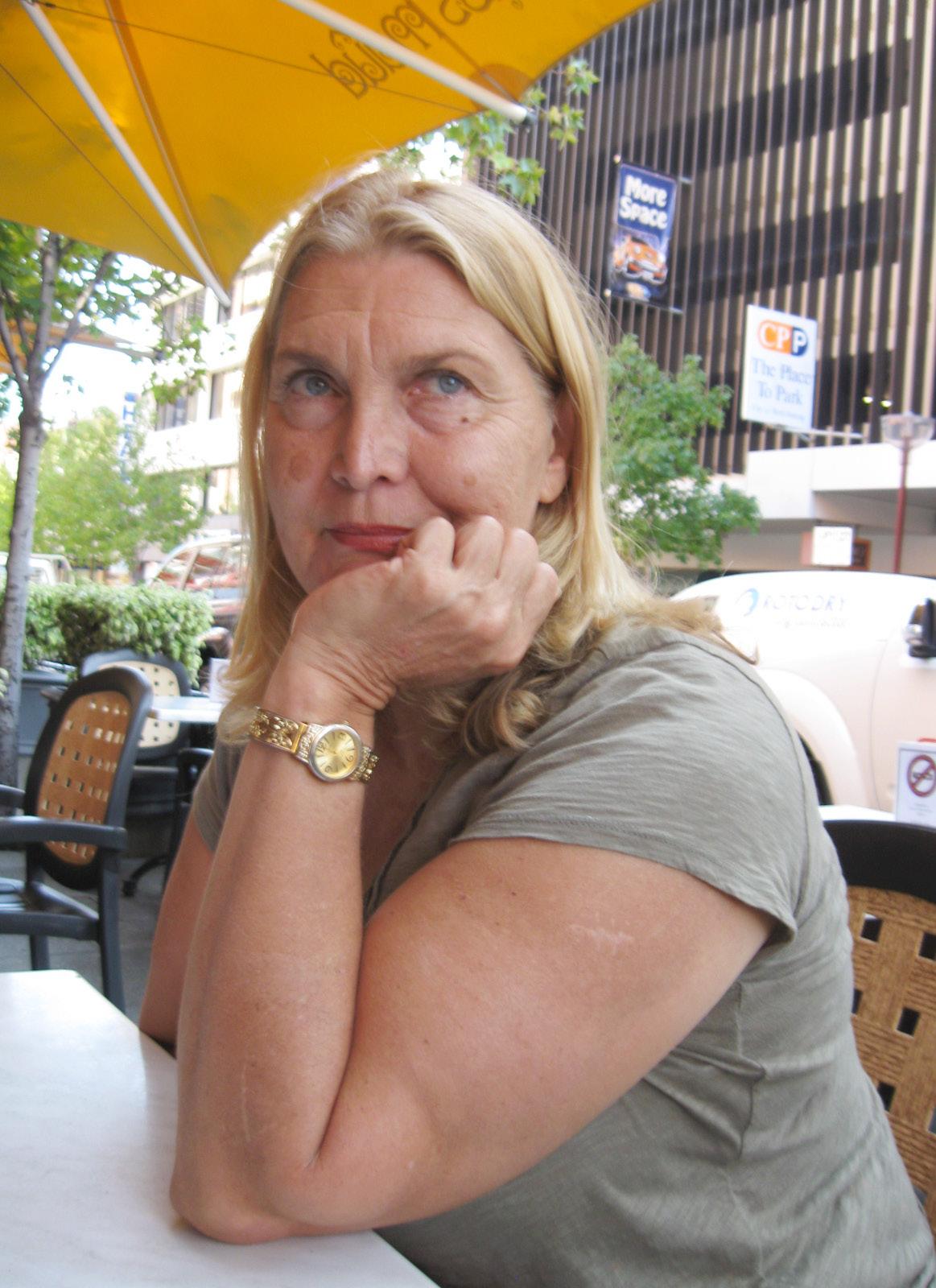
She is now alone, and her children are in foster care.
Is there hope for Emma?
keep our doors open. We are also involved in fighting the current push to legalise prostitution.
Please pray for us and/or please consider making a donation via cheque to -

Emma’s drug dealer/client told her he loved her.
She became pregnant and soon had two young children.
But her boyfriend was abusive.
Life again became too much – she went back to heroin and the streets.
I see many like her at the House of Hope. It is one of the very few places they can go where people understand what the girls go through.
People who mistreat dogs receive hefty fines, but few care about the sex trade which destroys so many human lives.
We are trying, against the odds, to reclaim those lives, one at a time but we desperately need funds to enable us to
Linda’s House of Hope PO Box 5640
St George’s Tce Perth WA 6831
Alternatively, ring 0439 401 009 or 9358 1719 to make a donation via mastercard or visa.
Girrawheen parish paid tribute to the essential local work of the Sisters of Mercy and Christian Brothers in the area as it celebrated Our Lady of Mercy Church’s 25th anniversary on 19 September.
When the gathered afterwards under a marquee on the parish grounds for a sizable feast put on by the parish community, the packed congregation also paid tribute to long-term parishioner Marie Pearce, who turns 100 in four weeks.
Parish priest Fr Anthony Vallis said after Mass that Marie only stopped attending Mass 18 months ago, commending her for her monumental effort.
She was given a special seat of honour at the marquee after the Mass.
Archbishop Barry Hickey concelebrated the special Mass with former assistant priest Fr Gavin Gomez, now Port Kennedy parish priest, and Fr Vallis, who will leave the parish in April next year pending another assignment from the Archbishop.
The Christian Brothers were recognised as Br Geoff Seaman read the First Reading, while Fr Vallis gave special mention to the Sisters of Mercy, whose convent was next to Our Lady of Mercy Primary School, which was established prior to the church.
The Sisters served both the primary school and Mercy College.
The parish is particularly active, with four choirs that are rostered over the Saturday night and three Sunday Masses. The Kevin and Barbara Russell Choir - which alternates between the Saturday night and 9.30am Sunday morning Mass with the David Lyn Oliver choir – performed at the 17 September 25th anniversary Mass.
This Mass was the culmination of much hard work and reflects the changing dynamics of the Archdiocese of the past 25 years.
The Catholic community in the area had been growing steadily through the 50s, 60s and 70s, with an increasing number of migrants from all parts of Asia and Europe settling here and setting up home.
In these early years, the suburbs of Girrawheen, Koondoola, Marangaroo, Allinjarra fell under the Balga Parish and a priest from Balga would come up to say one Mass on a Sunday morning in the Assembly Hall of the Catholic Primary School in Girrawheen. This hall was usually overcrowded and tended to get quite stuffy in the summer months.
The chairs had to be put in place each weekend and stacked away after the service.
All major events like Confirmations, Christmas and Holy Week services were celebrated outdoors, for want of adequate space in the hall.
In 1979, a decision was taken
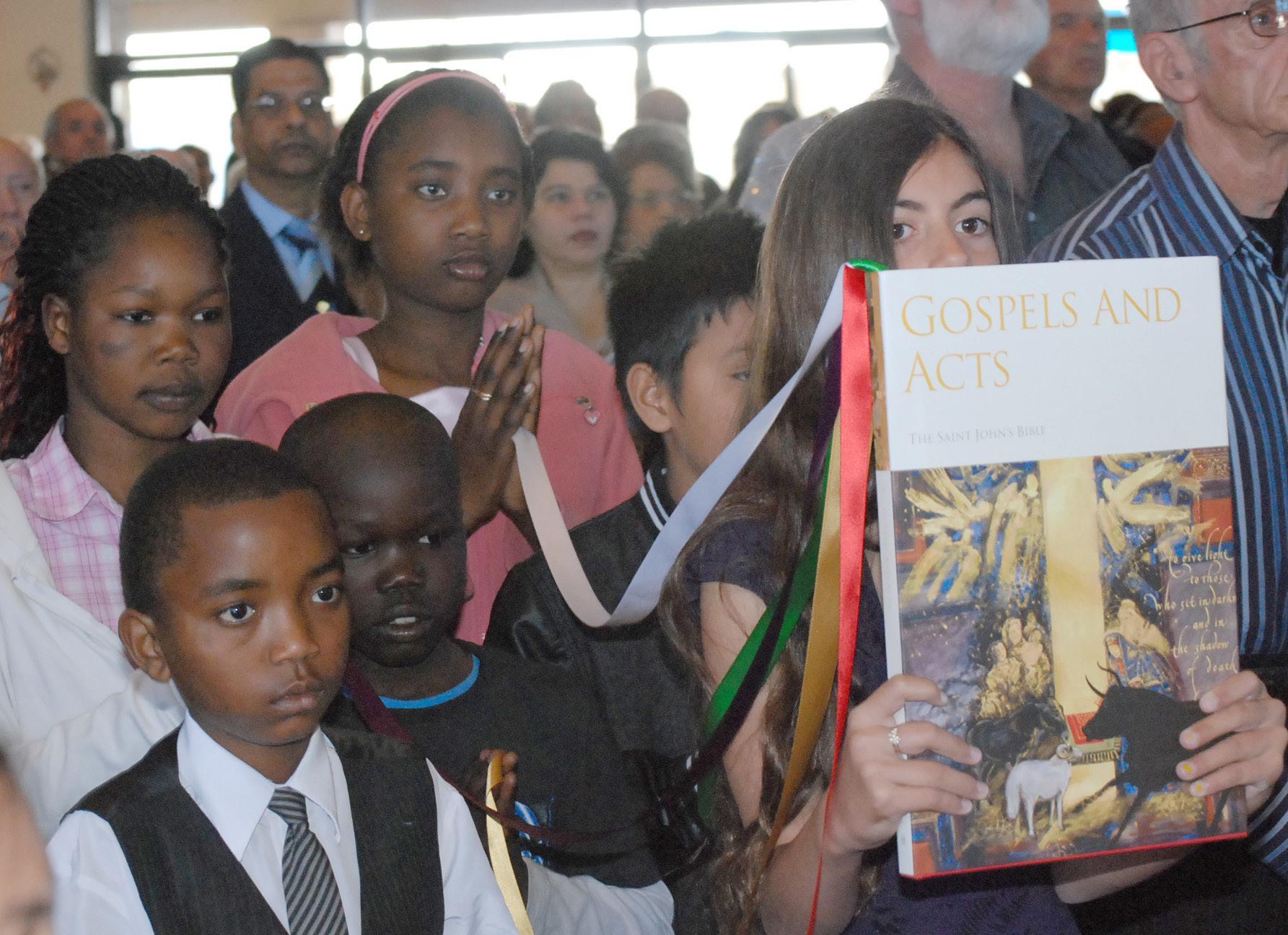
to split the parish of Balga, as the Catholic community had grown to a size that was becoming difficult for one priest to care for.
The new parish of Girrawheen was created – comprising the suburbs of Girrawheen, Koondoola, Marangaroo, Allinjarra.
Shortly after, Fr Tom Gaine was appointed as the first parish priest of the Girrawheen Parish, and began his pastoral work from a rented house in Girrawheen.
He celebrated his first Mass in the parish in August 1979.
The need for a church for the new parish was quite evident from the very beginning.
In 1984, Fr Gaine came across a two-acre plot of land in the middle of the parish that had initially been earmarked for a tavern.
There were no takers for the tavern and this helped him successfully negotiate the purchase of the land from the State Government.
He then engaged the services of an architect to design a church, a presbytery and a church hall.
Our Lady of Mercy Church opened and was blessed on 22 September 1985. On Palm Sunday, 1989, the suburb of Ballajura was added to the parish.
Since then, newer suburbs like Darch, Landsdale and Alexander Heights have also been added to the parish, while Ballajura now has its own parish, named after Australia’s first saint, Mary MacKillop.
Fr Vallis has developed a reputation as an extremely hard worker, while Girrawheen is the centre for numerous volunteer groups who do invaluable service among the community in general, and the youth, the intellectually handicapped, the under-privileged, the elderly, the sick and the dying.
Meanwhile, Fr Vallis told the 17 September Mass that the daily Mass numbers have grown significantly, sometimes drawing up to 150 people, which he said reflects the strong faith of the parish community. The church’s 25th anniversary was completed with Rosary in the church in the evening of 17 September.
- additional reporting by Greg D’Souza
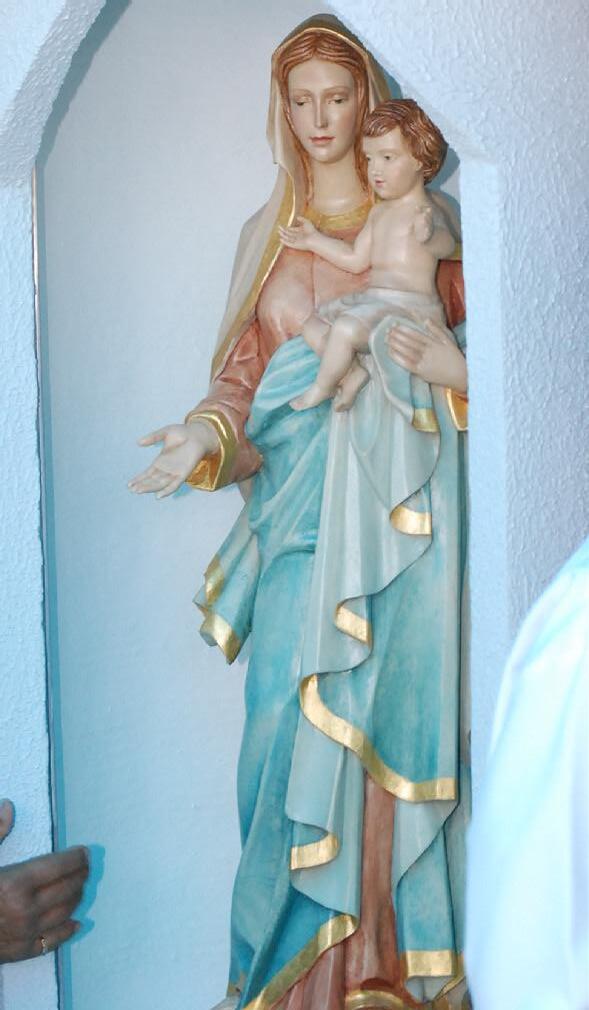
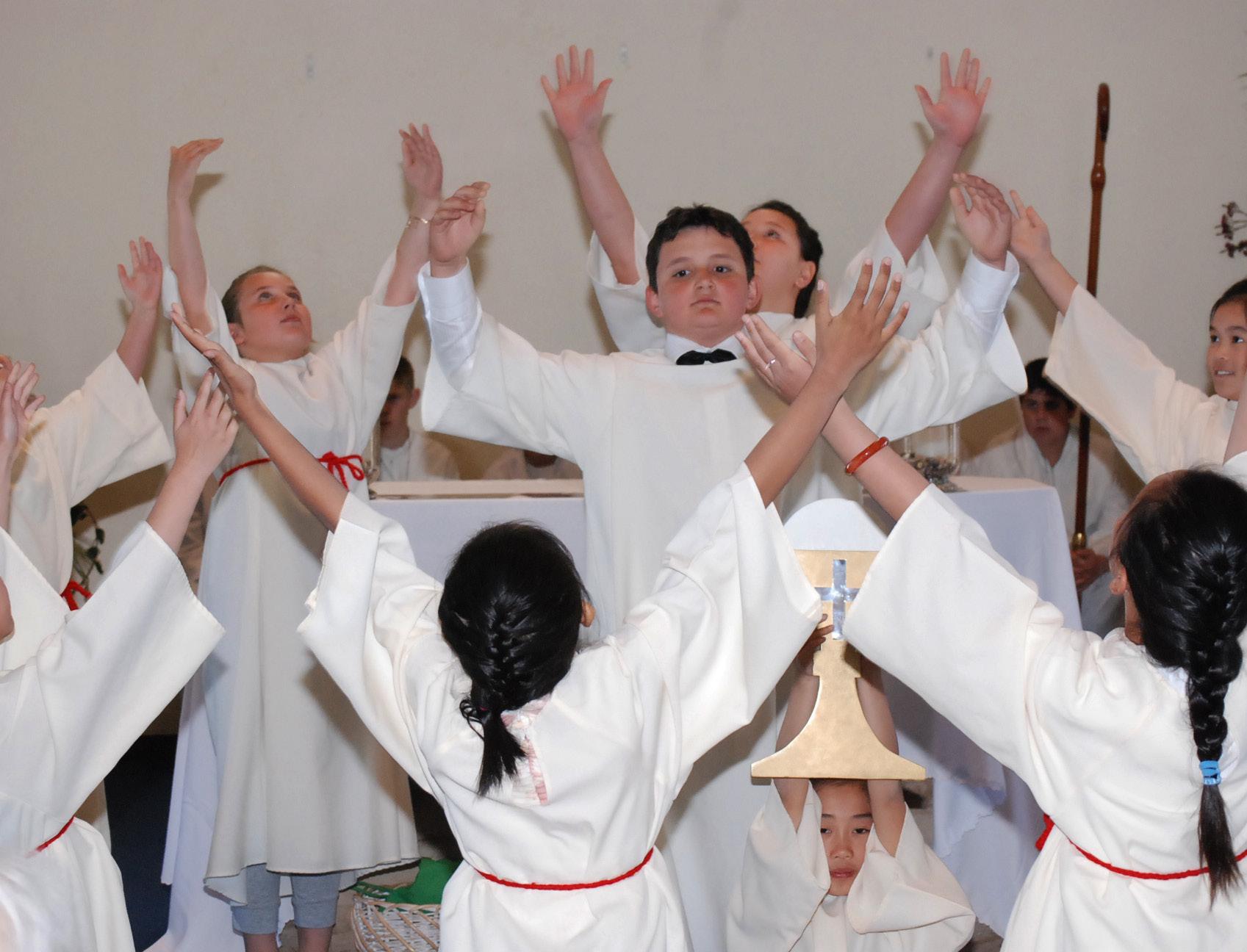
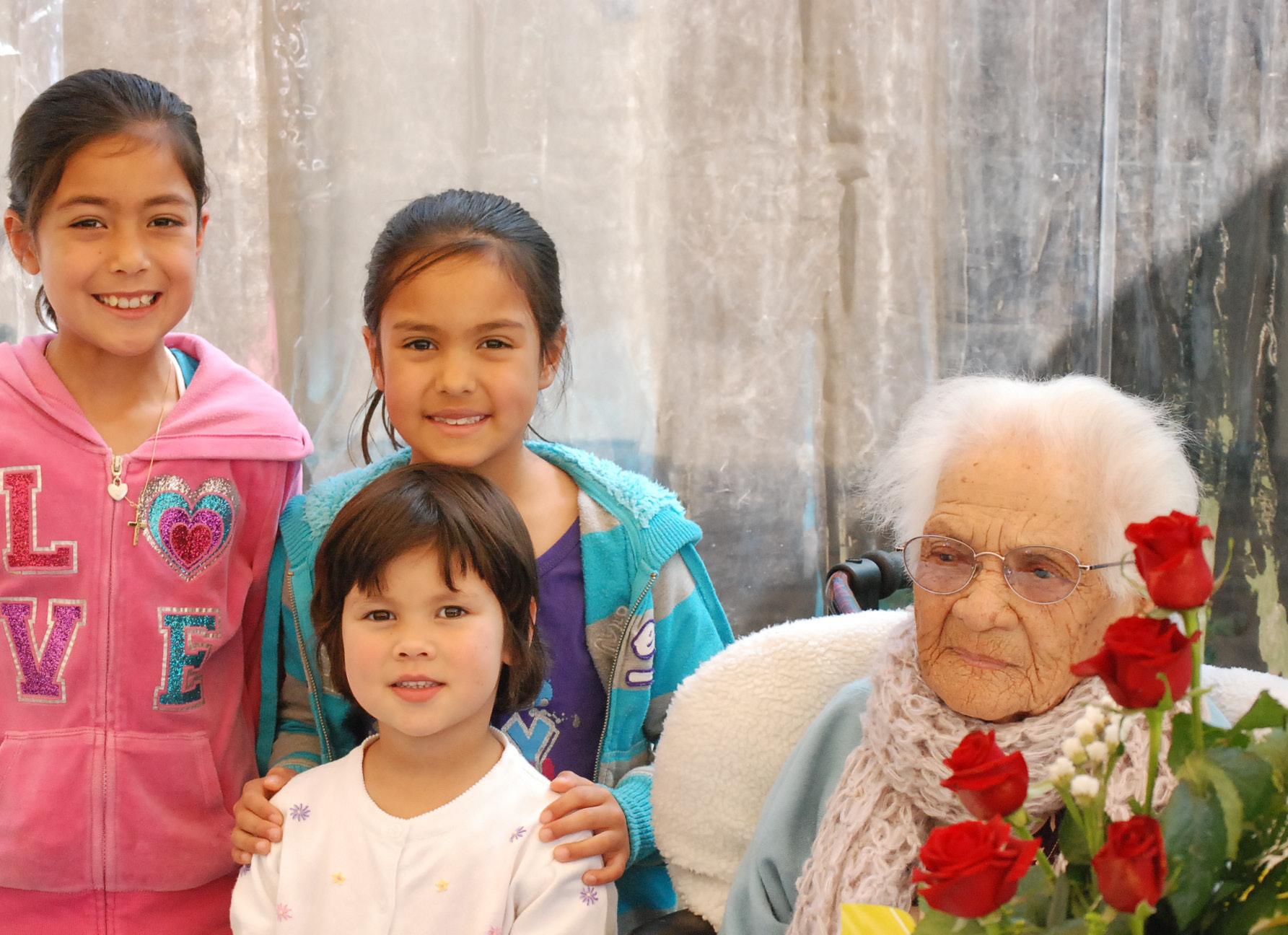

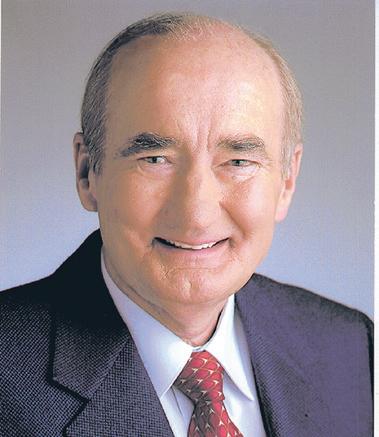
Perth Auxiliary Bishop Donald Sproxton was in Year 2 at St Columba’s Catholic Primary School in Bayswater when Mercy Sisters Teresa Daly and Catherine O’Connor started St Lawrence’s Primary School in Balcatta from nothing in 1960.
On 10 September he celebrated the 50th anniversary of St Lawrence School in “thanksgiving to the Holy Spirit” for inspiring the great sacrifices made by the Sisters of Mercy and the parents, the latter of whom shouldered much of the financial burden of starting the school as there was no government funding.
Those graduates from the school who have gone on to follow Christ and live a Christian life did so due to the formation they received in their own families and from the principles they learned at the school, Bishop Sproxton said in his homily during Mass on 10 September.
“All who have generously given of themselves have done so inspired by the Holy Spirit,” he said. “We give thanks to God for His faithfulness to us in helping build up the Church in an area once considered on the fringe of Perth, and for giving the Sisters the gift of courage to start a school.
It is vital in Catholic education that “we want children to be introduced to Christ in the lives and virtues of the staff and learning of Him in the Gospel,” he said.
As Sr Mary O’Connor – Sr Catherine’s twin sister who was twice principal of St Lawrence’s –described the hardships the Sisters and parents went through in those early days, it became clear that they did so by the grace of God.
Once Osborne Park parish priest Monsignor Langmead negotiated the purchase from the Smullen family of three acres of land on which the school and church are now located, Sr Teresa (whose Religious name was Sr Alphonsus) and Sr Norma (Sr Eucharia) gave instructions after Mass on Sundays at the St Lawrence Church-School.
There was no official school at this stage, and at the time Sr Teresa and Sr Norma were teaching at St Kieran Primary School at Osborne Park during the week.
Due to many requests from the parishioners, St Lawrence Primary School opened in 1960 with 54 pupils in Grades 1 to 4. The school started with Sr Teresa, the Principal and Sr Catherine O’Connor (Sr Damien) as the assistant.
The church was divided into three rooms; two classrooms were partitioned from the church. The classroom had double desks, which were made of jarrah.
On Sundays the desks had to be stacked to one side and the forms put in their place for Mass. Sr M Vianney donated two blackboard dusters, some chalk and a pad for each child as the school literally had nothing, as school historians described. There was also an old piano and organ; and the assistant, during the lunch break and also before and after school, usually taught music lessons. Sr Mary said after the 10 September Mass that the two Sisters – including her sisterwho started the school, lived at St Catherine’s convent in Cape Street and had to catch a bus which ran infrequently. If they missed the 8.05am bus they either trekked the 35-minute walk to school or caught the 9.05am bus and were late. Similarly, in the afternoon, if they missed the 5.05pm bus back to the convent the next one was
at 7.05pm, which they sometimes took as they stayed late playing marbles with the boys.
The Sisters also did their own cleaning, Sr Mary said, including burning the rubbish – St Teresa’s job.
After lunch one day she lit the 40 gallon drum and the wind blew the flames, setting the nearby paddock on fire.
There was no phone at the school so a four year old boy was sent to a neighbour to ring the fire brigade.
The onions from the paddock destined for the market were scorched; luckily insurance covered it.
The school was known for the art and crafts groups that were held for the upper primary children and a display was organised for parents and relatives to admire.
Between 1962 and 1997 the Capuchin Franciscans catered for the pastoral, spiritual and sacramental lives of the school and established the school which –also after much frustration – was opened in 1975.
In 1997 the Salvatorians took over the parish and are involved in the school. Servite Sr Chitra Justin is now the school chaplain.


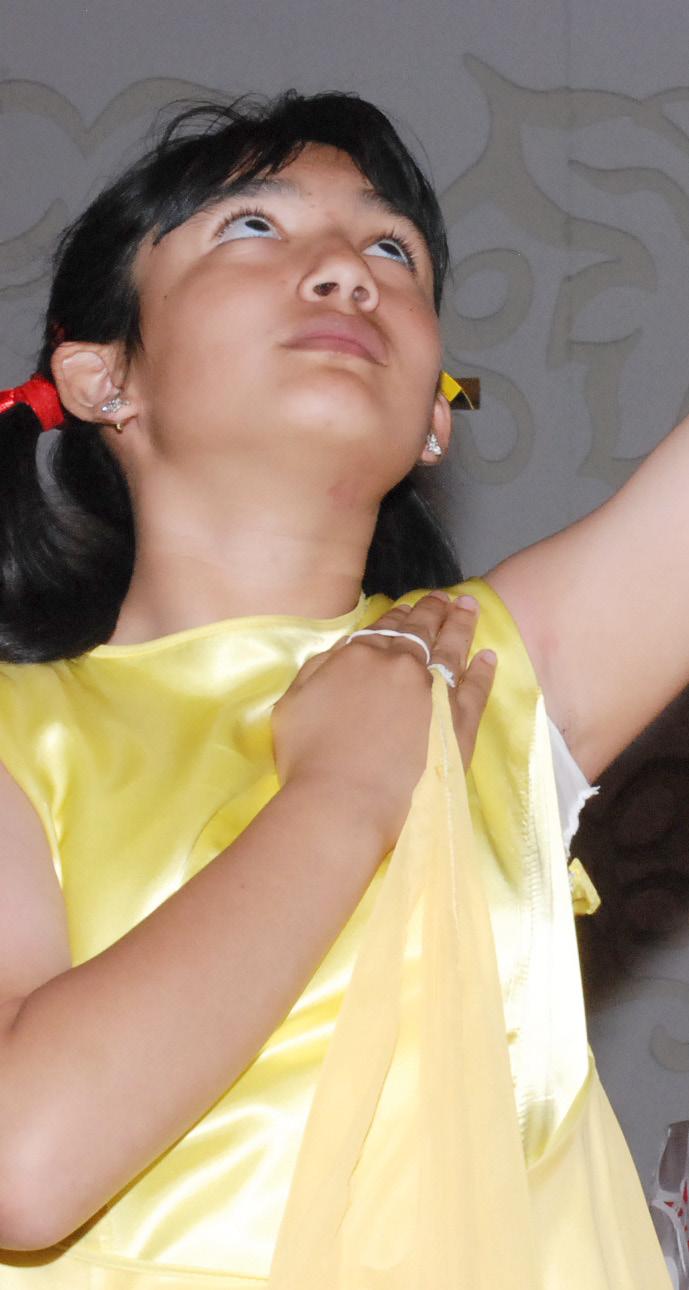


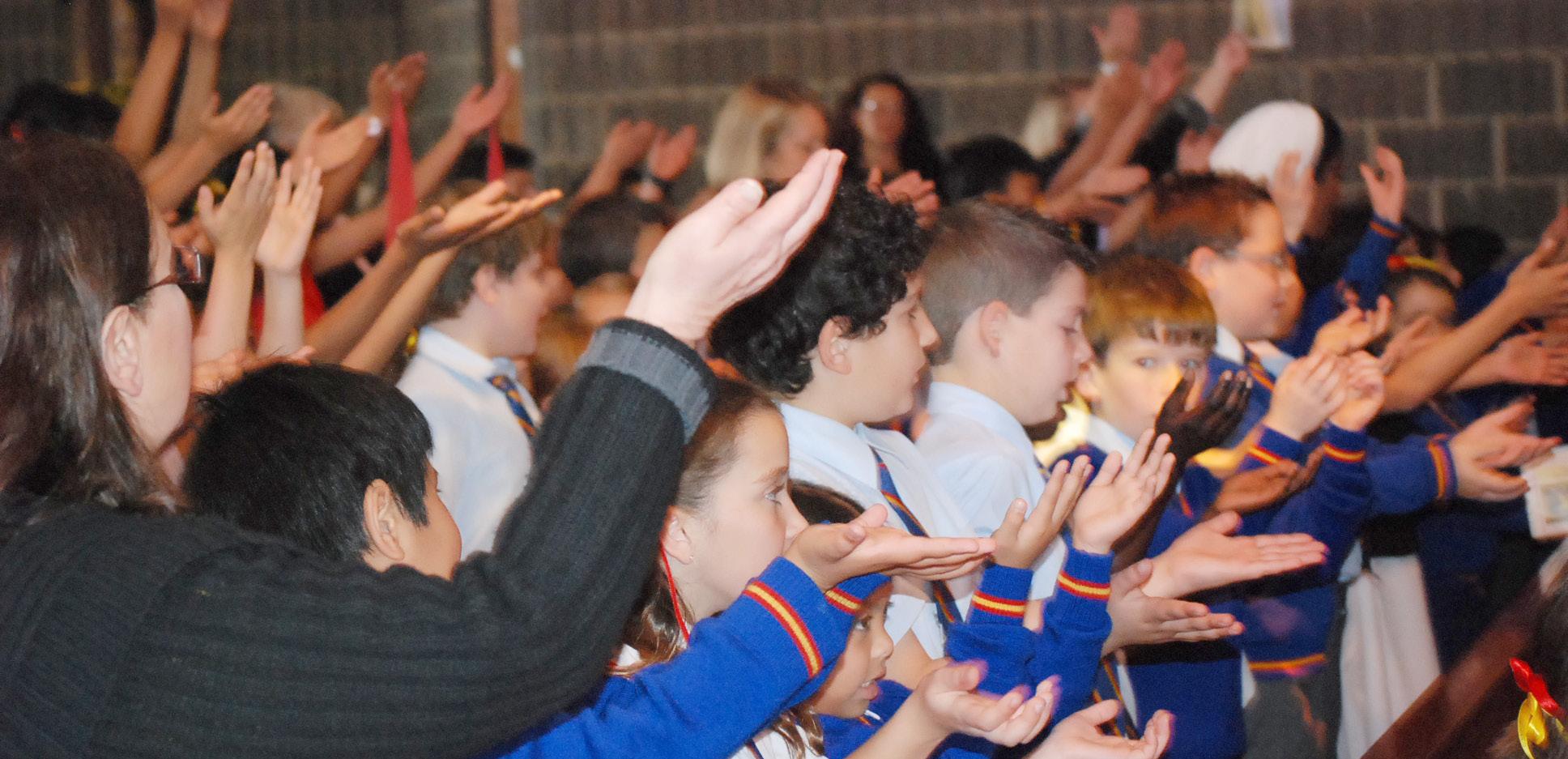

Work led by a Notre Dame Professor has benefited people in regional areas
Targeted intra-operative radiotherapy (TARGIT) pioneered by The University of Notre Dame Australia’s Professor of Biostatistics Max Bulsara has significant psychological and financial benefits for patients in remote communities.
A technique designed to give ‘once-off’ radiotherapy to the tissues surrounding a cancer after surgical removal, TARGIT has been deemed equivalent to a conventional seven-week course of external beam postoperative radiotherapy (EBRT).
A postgraduate studies supervisor at Notre Dame and previous winner of WA Inventor of the Year for Research, Prof Bulsara is a member of the TARGIT International Steering Committee and was the Trial Statistician responsible for the design, maintenance and analysis of data during the 10-year study.
“Since the very beginning of the trials, investigators truly believed in the potential of the TARGIT technique, which over the years was strengthened by research into its radiobiological effects and growing evidence on the patterns of recurrence within the
affected breast,” Prof Bulsara said. “Patients are showing a preference for TARGIT over EBRT for all sorts of reasons, even if that means putting themselves at higher risk of a local recurrence. They don’t want to subject their body to that extent of radiotherapy, knowing what the side effects might be, especially if they have a small, low-risk cancer.”
Patients who live remotely will also often relocate for the seven week duration of their treatment, which adversely affects their work, creating financial burdens and a strain on domestic responsibilities, he said.
TARGIT treatment gives patients more options whilst helping to reduce waiting lists for those requiring EBRT, who are not eligible for alternative forms of radiotherapy.
“Only those patients within close proximity to conventional treatment centres are likely to be offered radiotherapy as opposed to mastectomy. TARGIT would help those women in remote communities and the developed world who are outside these access areas,” he said.
“At this stage, some patients will choose to have a mastectomy instead of breast conserving surgery in order to avoid external beam radiotherapy. This course of action is likely to have quite a psychological impact.”
Prof Bulsara said the TARGIT device, originally designed to help treat intra-cranial tumours, is now
being used by some clinicians in the United States for bowel cancer treatment. He said plans were also underway to extend the treatment to all breast cancer patients.
“The success of this device in treating early breast cancer will most certainly open the door for further trials in other cancers and other breast cancer risk groups,” he said.
“We want to extend this to all breast cancer patients undergoing breast conserving surgery. To achieve this, five additional randomised trials have to be conducted and we are currently in various stages of planning and implementing some of these trials.”
Prof Bulsara said he was moved by the number of patients expressing a willingness to join the trials in order to help women in the future, particularly if they had daughters or granddaughters.
“Patients feel they really are doing something to help and indeed they are,” he said.
Prof Bulsara and colleagues from 28 centres around the world, including WA Professors David Joseph of Sir Charles Gairdner Hospital and Christobel Saunders of UWA, attended the American Society of Clinical Oncology, Chicago, to present their findings in June. The TARGIT study has since received international attention, including publication in one of the world’s best known, oldest, and most respected medical journals, The Lancet
A new study has shown that spending hours surfing the Internet could trigger depression, University of Notre Dame Australia Epidemiologist Associate Professor Lawrence Lam has found.
Ass Prof Lam, of UNDA’s Sydney School of Medicine, has found a number of concerning trends in studies documenting the link between mental illness and pathological Internet use.
Although the majority of studies have found excessive online behaviour is often a symptom of anxiety and depression, Ass Prof Lam said those without clearly defined mental illness are still at risk.
“The results indicate that people who use the Internet pathologically are most at risk of mental problems and will most likely develop depression if they continue with that behaviour,” he said.
“This sort of behaviour may still be a manifestation of some more insidious, underlying problems, but even mentally healthy young people can succumb to depression after long exposure to problematic use of the Internet.”
Ass Prof Lam said that early warning signs of obsessive Internet use could be a ‘red flag’ for underlying depression.
“Online behaviour might be a useful screening tool for identifying symptoms in youngsters and especially teens who could be at the highest risk of developing anxiety and depression,” he said.
“The mental health consequences of problematic Internet use for those who already have a
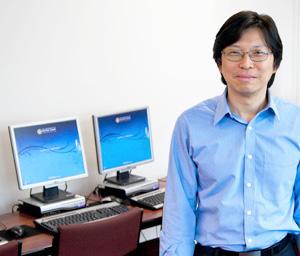
history of psychological or psychiatric problems can be quite damaging.”
To determine whether the risk was substantial for those without pre-existing mental illness, Ass Prof Lam and colleague Zi-Wen Peng at Sum Yat-Sen University Guangzhou, China, used a database of over 1000 high school students in Guangzhou to assess Internet use and mental health status over nine months.
At the start of the study, approximately six per cent of students met the criteria for pathological Web surfing based on their answers to a survey assessing addiction to the Internet.
These students reported feeling moody, nervous or uncomfortable when they were not on the computer.
Nine months later, symptoms of anxiety and depression, for participants reporting a higher rate of addiction to the Internet, were 2.5 times more than that of their less ‘Web devoted’ counterparts.
Prof Lam said this finding was also true for students who did not show signs of depression in the beginning of the study.
The study has a direct implication for the prevention of mental illness among young people, he said.
24 Mercedes College Mercy Day Mass, St Mary’s Cathedral –Archbishop Hickey
26 Focolare Mass, St Mary’s Cathedral – Archbishop Hickey
Feast of St Michael, Mass and Procession, Highgate – Mgr Michael Keating
27 Mass and Life Commitment, Sisters of St Joseph of the Sacred Heart – Archbishop Hickey
28 Vincentian Community Feastday Mass, Shenton Park –Archbishop Hickey
Visit of students from Quairading to St Mary’s Cathedral – Bishop Sproxton
1-25 Pilgrimage to the Holy Land / Canonisation of Mary MacKillop – Archbishop Hickey
2 Opening of Catholic School Boards Conference –Bishop Sproxton
3 Catenian Mass, St Mary’s Cathedral – Bishop Sproxton
6 Launch of “A New Wine & Fresh Skins” by Bishop Porteous – Bishop Sproxton
7 Mass at St John of God Villa – Bishop Sproxton
Stone by stone the people of Timor Leste are rebuilding their community.
Please give generously in your parish. Visit catholicmission.org.au or call 1800 257 296 to donate now.
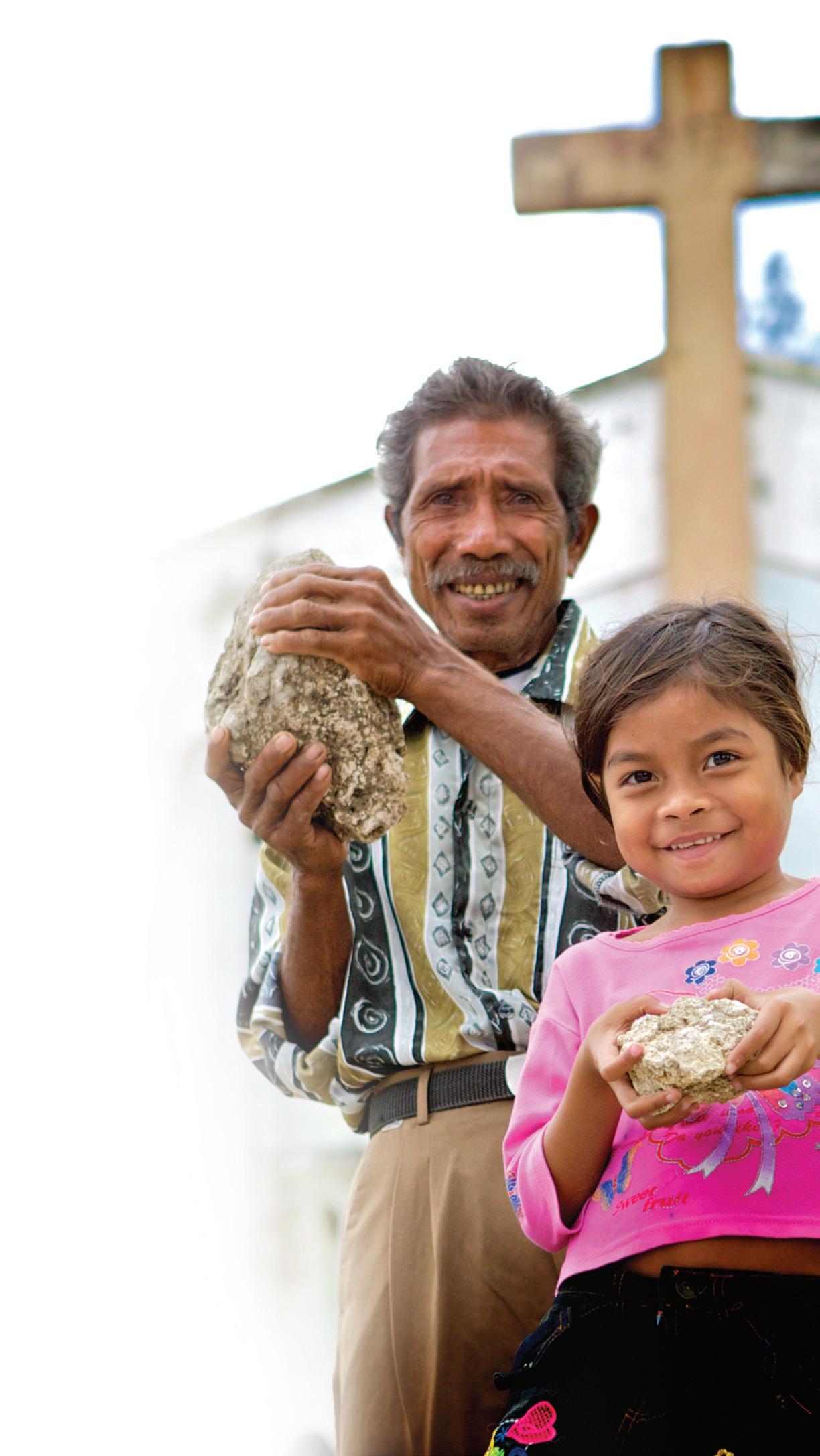
A new biography of Catholic architect William Wardell is a tribute to a man who “made an irreplaceable contribution to the colonies of NSW and Victoria” said the Archbishop of Sydney George Cardinal Pell.
Paramount among those contributions were the magnificent Gothic Revival buildings of St Patrick’s Cathedral in Melbourne and St Mary’s Cathedral in Sydney, he said.
Cardinal Pell was speaking at the launch of William Wardell – Building with Conviction by Anthony G Evans in the crypt of St Mary’s Cathedral on 17 September.
Wardell, born in London’s East End in 1823, became one of Australia’s greatest architects, serving for a period as Chief Architect in the Victorian Public Works Department.
Although his family were Anglican, Wardell became a Catholic and in 1847 he married a Catholic. Cardinal Pell said he was strongly influenced by Cardinal
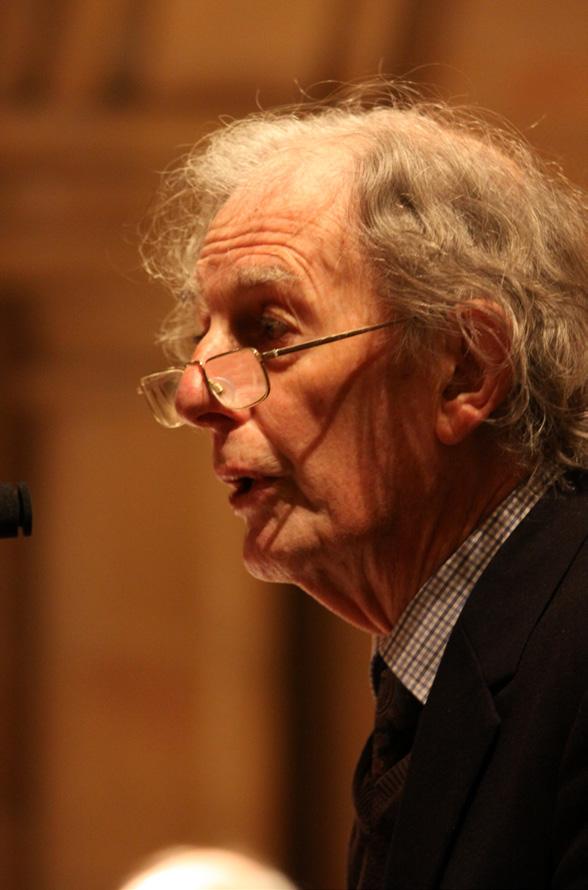
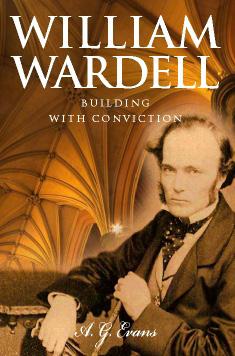
1858. He worked on St Patrick’s Cathedral for the next 40 years.
“I have a mild affinity with Wardell that comes from the fact that he designed the two magnificent cathedrals in Sydney and in Melbourne, and I’m the only one, so far, who has been archbishop in both those two beautiful cathedrals,” he said.
“Wardell worked for 20 years on St Mary’s Cathedral and was a stickler for excellence,” he said, “even insisting to Hardman’s, the stained glass manufacturers in England that the stained glass they had chosen was much too pale for the Australian sunlight, and that he needed deeper colours ... and he eventually got them.
“He also was the architect of the beautiful St John’s College at the Universitry of Sydney, the first Catholic college at a university in the British Empire.
stained glass windows in the western aisle of the cathedral – “he’s there with a group of laymen. He has the plans in his hand ready to present to Cardinal Moran.
“It is been proposed and I am entirely sympathetic to it that we have a plaque in some appropriate place in our beautiful cathedral to commemorate the wonderful work of Wardell.
Cardinal Pell said the “magnificent Gothic Revival buildings rival anything in most part of the world.
“I have encountered many, many Europeans who have come hee and have been absolutely amazed that they would find such fine buildings Down Under on the other side of the world,” he said.
in England. He told the audience that
Wardell built more than 20 churches and presbyteries in England before he came to Australia in
“Another masterpiece is Govt House in Melbourne. The Queen herself has said it is the finest viceregal residence anywhere.”
The cardinal said the architect is commemorated in one of the
Author Tony Evans said Wardell was one of that large number of English professionals of the 19th century - artists, engineers craftsmen - who “possessed an extraordinary missionary zeal to bring the benefits of the industrial revolution, the inventions, the new technology and skills to the world overseas.
- THE CATHOLIC WEEKLYSt Charles’ Seminary staff and seminarians visited the Convent of the Saint John of God Sisters for Mass and lunch on 12 September, reciprocating an earlier visit the Sisters had made to seminary in Guildford on the Feast of Corpus Christi (6 June).
Seminary Rector Mgr Kevin Long celebrated the Mass with Fr John O’Reilly as concelebrant in the Sisters’ beautiful Chapel. Rev Frank Burrell was the deacon and preached the homily.
Subiaco parish priest Fr Joseph Walsh joined them for lunch, which provided an opportunity to hear some of the Sisters’ life stories, about their work in different parts of Australia, particularly as teachers and nurses, which the seminarians were deeply inspired by.
The Sisters also pointed out how
prayer and Scripture have always been central to their Religious lives.
During the lunch, two surprising revelations were discovered and celebrated:
l Br Garner Vergara (second Year Seminarian) was turning 21 on the following Monday so the Sisters gave him some Rosary beads to encourage his prayer life.
l Second year seminarians Grant and Stephen Gorddard met their mother’s midwife, Sr Killian, who had delivered both men decades earlier at St John of God Hospital Bunbury.
Seminarians and staff were deeply grateful for the hospitality and stories shared with them by the Sisters during their rewarding visit to the St John of God Convent, Subiaco.
The Sisters have promised to remember the seminarians in their daily prayers.

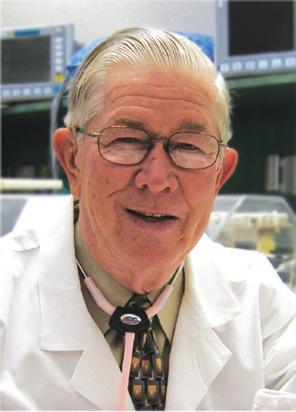



The History Channel will premiere an exclusive new documentary, Blessed Mary: A Saint for All Australians, hosted by Alan Jones, who visits some of the most significant places in Mary’s life, as we learn of the mission, the vocation, the trials and the opposition. The docu-drama will detail the incredible life of Mary MacKillop from her humble and often troubled childhood in Melbourne, to the establishment of a school in Penola, through to her vocation as co-founder of the Sisters of St Joseph of the Sacred Heart. This hour-long special will have its world premiere on The History Channel on Sunday, 10 October at 5.30pm Perth time, with an encore screening on Sunday, 17 October at 6.30pm Perth time.
The Australian Bishops’ Social Justice Council chairman has lashed out at the federal government’s policy of locking up people arriving illegally via people smugglers.
Bishop Christopher Saunders of Broome said politicians on both sides of politics are playing on people’s fears by spreading the lie that Australia is being “flooded” with illegal immigrants.
“It’s the old question of ‘what would Christ have done’,” Bishop Saunders told The Record on 17 September, three days after the 95th illegal boat was intercepted and arrived at Christmas Island, which brought the total number of ‘boat people’ now in detention there awaiting processing to 4900.
“To think that just because they came through some dangerous manner - God only knows how may hundreds have drowned on the way - instead of arriving in a Qantas jet, that we have to lock them up, is an inappropriate response to people in need.
“We only see a tiny proportion of those seeking refuge. When measured against the 42 million forcibly displaced people, including 16 million refugees and asylum seekers, Australia’s annual allocation of 14,000 under our humanitarian programme is very small.
“A certain line of cowardice runs through politicians in our democracy and when they are running neck (to) neck in an election, they like to trade on people’s natural fears of being overrun by refugees, misinforming the electorate and playing on their lack of education about the issue.
“This has happened with each wave of migrants to Australia whether it is the Greeks and Italian migration of the 1950s or the arrival of the Vietnamese boat people in the 1970s.
“Each time politicians have played on the natural but unfounded fear people have and tapped into the populist mind and exploited these fears for their own sakes.”
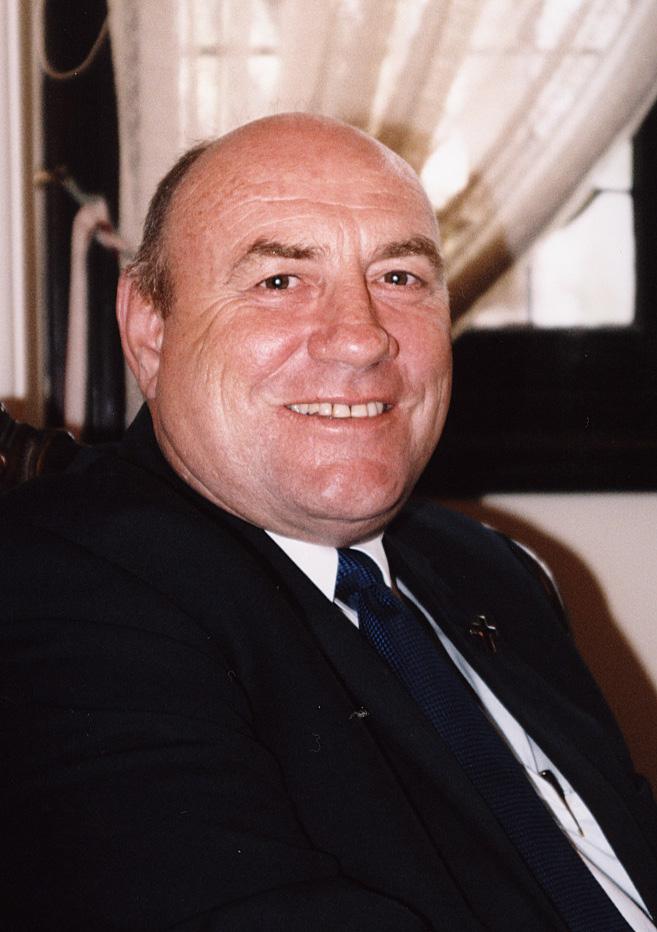
The Bishop is in charge of Broome, the outback diocese in the far north of Western Australia where people seeking refugee status from Afghanistan are placed in the Curtin Detention Centre until their claims are processed.
He said that while the Curtin Centre’s facilities have greatly improved, with the recent addition of en suite bathrooms and the development of an atmosphere of good relationships between staff and detainees, the far-flung outback location is still unacceptable.
Curtin is “in the middle of nowhere and 28 hours by car from Perth and two hours from Broome (the nearest regional centre), with temperatures over 40 degrees (Celsius) in summer”, he said.
The Bishop called for the construction of centres for the asylum seekers that are closer to major regional centres and cities, where they can access proper medical facilities and lawyers to help them with their refugee status claims.
He also condemned the moratorium the government placed on the processing of Sri Lankan asylum-seekers’ claims on 9 April.
“We’re talking about keeping as many of them locked up as possible and not processing their claims… I can’t see one ounce of Christian love in that,” he said.
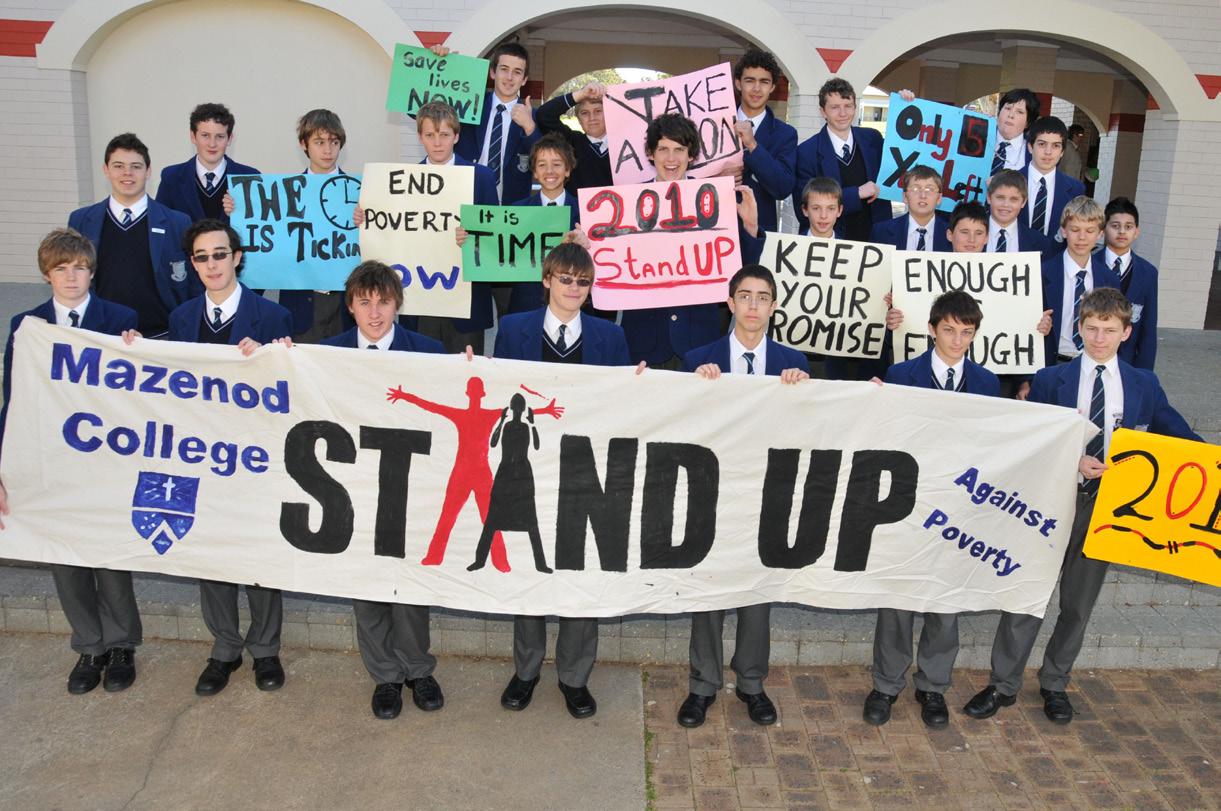
In 2000, 191 nations got together and came up with 8 Millennium Development Goals to be achieved by 2015.
With only five years to go, local organisers say there is an urgent need to put pressure on the leaders of the world to make this happen. “Stand up, speak out to make poverty history” day on 17 September has been organised at Mazenod College to assist this cause.
“It is achievable and lives can be saved,” organisers said.
Many of the world’s richest nations have committed to up their foreign aid to 0.7 per cent of their
Australia’s Bishops have issued a Social Justice Sunday Statement in response to what they call “an increasingly violent Australian society”.
The 14 September statement noted that assault, which constitutes the bulk of violent crime, has increased by over 50 per cent in the decade to 2007 in Australia.
The Bishops said that research shows homeless people are particularly exposed to violence, which in Australia includes a significant proportion of Aborigines.
“We know that Indigenous Australians are the victims of physical or threatened violence at much higher levels than their non-Indigenous counterparts,” the Bishops said. “Recent incidents where Indian students and Sudanese migrants have been attacked remind us that cultural minorities can be vulnerable.”
They said the Australian media has contributed to a “campaign of dehumanisation” that has demonised people who come to its shores seeking asylum from war and injustice - which was a key issue leading up to the 21 August federal election.
“The media have at times demonised the people who come to our shores seeking asylum from war and injustice,” Australia’s Bishops said in the statement that took the theme Violence in Australia, a message of peace, issued in response to “a growing violent culture in Australia”. “This campaign of dehumanisation can turn reality upside-down and make the powerful feel they are the victims of the powerless,” the Bishops said.
“How can it be that a group of desperate asylum seekers could inspire such animosity and rage throughout Australia and reignite old fears rather than an informed debate about our obligations to the most marginalised and powerless?”

The Bishops said that these asylum seekers remain at risk of being pawns in “a continuing game of political point-scoring until our national leaders find the resolve to adopt a bipartisan approach to meeting Australia’s obligations”.
“Divisive political rhetoric and sensationalist broadcasting encourage fear, even hatred, which can paradoxically make us more tolerant of the violence we deplore. How often do we witness the media ‘blame game’ where vulnerable groups are recast as aggressors and conflict among neighbours is inflamed?” the Bishops said.
The Bishops warned against politicians portraying groups like asylum seekers, cultural minorities, the unemployed and drug users as a threat, arousing fear and anger. “Often, the suggested remedies for community discord or violence lie in harsher penal-
ties and in more intrusive forms of policing,” they said.
The Bishops also discussed the personal roots of violence both in the family and in the community and focused on all the ways violence “plagues society” – including domestic and street violence.
They said that, for Jesus, the key to a peaceful life and to just relations was to have a large vision of God’s care for the world.
“Then as now, (Jesus) invites us into a communion with Him which enables us to see the world through his eyes,” they said.
They added that while Jesus showed anger overturning sellers’ tables in the Temple in Mark’s Gospel, it was a “controlled gesture designed to remind people of the prophets’ criticism of their society and to make them ask themselves what really mattered”.
“It shows us that anger can be constructive if it is used for the right purposes,” the Bishops said.
GNI. Australia is not one of these countries, and currently allocates 0.33 per cent. During extended form on 17 September, all students were asked to move out onto the oval facing the staffroom balcony at 8.45am to hear a pledge, have a photo taken and listen to some music. During the week a petition was in teachers’ pigeon holes to discuss with others and to sign, asking the government to up our foreign aid to achieve these goals.
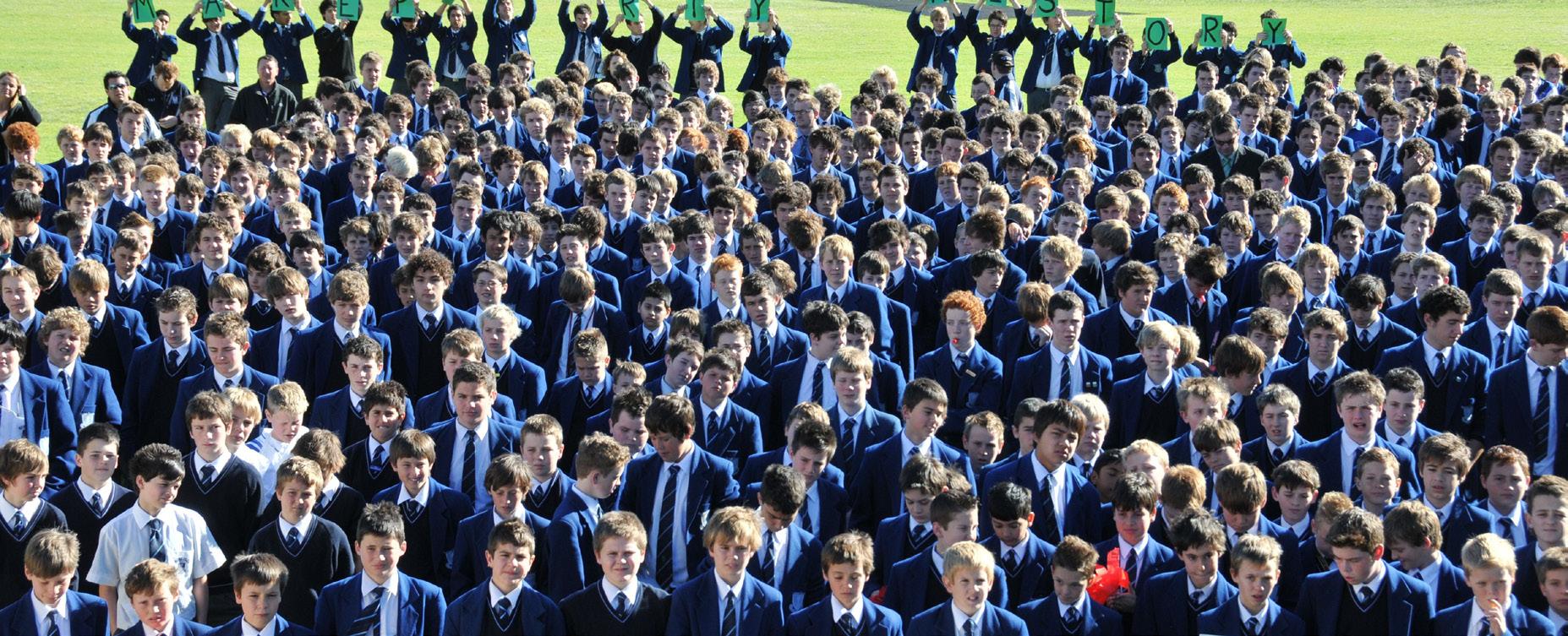
The Australian internet religious news e-letter CathNews recently re-ran an article by Record journalist Anthony Barich on Perth Auxiliary Bishop Donald Sproxton’s frank but enlightening comments on the difficulties faced by many priests when raising with couples planning to marry the subjects of natural family planning and the Church’s insight on marriage and fertility. Bishop Sproxton pointed out, quite correctly, that there is a profound ignorance among contemporary Catholics about the true dynamic and relationship between fertility and marriage.
Without seeking to put words into the Bishop’s mouth, part of the problem he was referring to is the culture of hostility to family life, marriage and, indeed, the concept of having children which pervades modern life. This modern anti-culture is everywhere and communicated powerfully by the means of social communication, the media. Baptised Catholics, the vast majority of whom do not see anything more significant in their membership of the Church than a tribal affiliation - much like an issue of preference as to whether one barracks for Collingwood or St Kilda, for example - have accepted the media’s constant assertion that men need not bother about responsibilities or commitment in sexual relationships and that childbearing is a form of slavery for women. This is what is usually referred to as progress.
It was therefore no real surprise to see in the email responses that followed at the end of the article.
PO Box 3075
Adelaide Tce PERTH WA 6832
editor@therecord.com.au
Tel: (08) 9220 5900
Fax: (08) 9325 4580
There were plenty of criticisms of Bishop Sproxton for daring to speak on a subject he could not possibly know anything about.
Nor was it any surprise to see that many such responses came, apparently, from Catholics. This is Australia, after all. The criticism, ridicule and often hostility directed at the Church’s inspirational insight and teaching on fertility and marriage has been a constant feature of contemporary life since the day Pope Paul VI heroically issued Humanae Vitae in 1968, and much of this has come from those who are members of the Church, lay and clerical. This is because huge numbers of the baptised, including not a few clergy, have been shaped less by the Church and more by the explosion in the influence of the media in modern life. Watching too much television really is bad for you.
As this editorial pointed out a fortnight ago, the media are nothing more than companies who sell information and entertainment, usually multi-national corporations, but always driven by the need for profit. In the eyes of consumers the media may have huge legitimacy - but it has almost no accountability to anyone for anything. And however persuasive the media and entertainmment business may seem to have been in glamourising promiscuity and moral relativism (and ridiculing the Catholic insight on marriage and fertility) one need only to look at what embracing the culture of contraception, abortion and divorce have really brought the modern world. Destroyed marriages littering the landscape of our society, fatherless children by the millions, generations of young cut loose from any sustaining vision of life, all too often knowing no other way to live than the brutal, ephemeral and sterile pleasures of the moment which in the end lead, most likely, to loneliness for life. Those who think that priests and Bishops cannot possibly speak about love and marriage should look again. In fact, they are among the only ones who really know anything about it.
However, Bishop Sproxton was touching glancingly on a number of issues of vital concern to Catholics for whom it is important daily to follow Christ as faithfully as they possibly can.
These included the absolute and vital importance of the state of Catholic marriage to the future of the Church and to society. Of even greater importance was the fact that the welfare of children and individual lives depends always on the degree to which true love is present or absent from any marriage or relationship. Bishop Sproxton’s words were timely, welcome and highly relevant, not least of all because he was right. However, Catholics who commonly encounter the kinds of arguments about clergy described above should take heart.
One argument nobody should accept for even a moment is the tired old furphy that because a priest is not married he should not presume to speak about such delicate matters that he cannot possibly know about. Men, of course, are usually much more reticent to talk about sensitive matters to do with sexual intimacy, because men have a natural reserve to do with something which they sense is like fire. But for an anonymous respondee on CathNews to say that a priest cannot talk about sex, marriage and fertility is like saying a psychiatrist cannot speak about schizophrenia. Or, to put it another way, if a priest can only teach and advise on matters of marriage on the basis of his own experience of marriage then it must follow that only a psychiatrist who is bipolar should be allowed to treat the mentally ill. There is something about this kind of logic that doesn’t quite gel.
The profound ignorance that exists among Catholics about almost everything to do with marriage is the key to the future of the Church in this country. This is why it is true to say that marriage has become a key battleground in the clash between the Gospel and a world that wants no restrictions on any of its pleasure-seeking. If we cannot, as a Church, save marriage and family life from the brutal assault of out culture, then we will likely (in a human sense) lose the battle for our society’s very soul. Bishop Sproxton was perfectly correct in his description of the existence of great ignorance among Catholics of the beauty of the Church’s insight on marriage and fertility. It will be our common work as a Church, without being insensitive or inappropriate, to change all that.
For better or for... even better
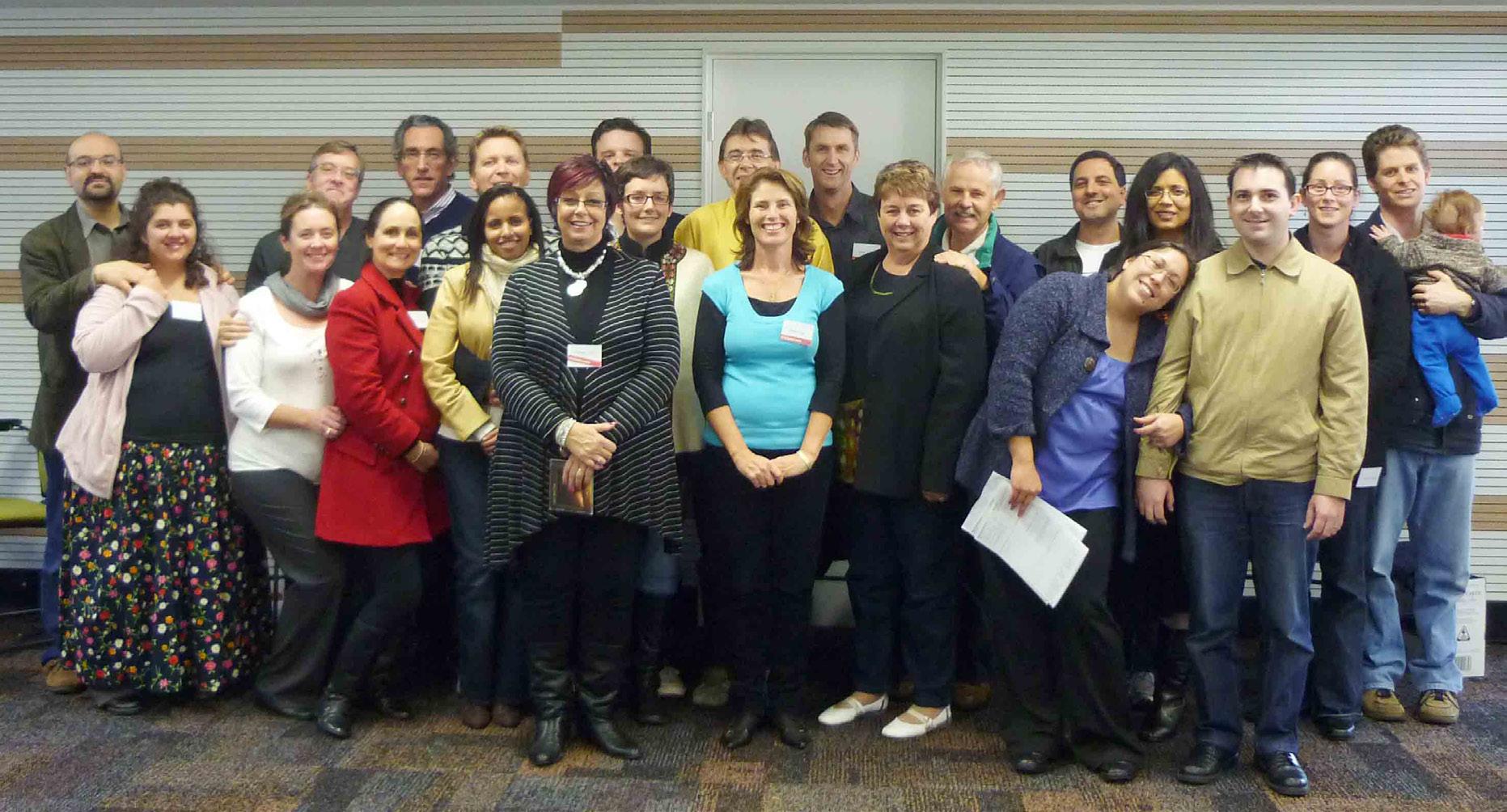
October
By Carmen & Stephen CourtSome marriages seem happy, peaceful and relatively calm.
Some couples operate at a somewhat and even measurably efficient level and there is a perception that everything is OK. The marriage, whilst efficient and convenient, it is at times a bit bland and often mediocre. Some couples are in this place and they think “that this is all there is to marriage”. Some couples may seek to improve their position, but either look in the wrong places or simply don’t know where to look.
Some years ago, we were about here with our marriage. Fr Joe Parkinson suggested to us that we give each other a 25th wedding anniversary present and attend Celebrate Love, a weekend seminar for married couples. What a gift it turned out to be. We thought our marriage was in a good place, but we soon realised that we needed to keep growing. We needed to recharge, reinvigorate and refresh our marriage and decided to take up this opportunity to deepen our relationship.
Since becoming involved as part of the Celebrate Love team in WA and speaking with many other married couples it has made us examine not only our own marriage but also appreciate other people’s marriages from their experience of marriage. We soon discovered that we were not the only couple experiencing marriage in this way. When couples are experiencing regular intimacy, the family and home is stable and is a relatively calm place, they feel contented.
We thought our marriage was in a good place...
The thought of change or improvement is not alway in their thinking and if it is, they are often too frightened to “upset the apple cart” or risk hurting their spouse. The marriage is important to them, but they sometimes seek to improve their relationship by a higher level of socialising, entertaining, holidaying and buying things. They are engaging with others, but never
really engaging with each other. A couple who attended a Celebrate Love seminar said: “We are ‘happy’ because we felt our marriage was basically functional. We didn’t realise that marriage has the potential of many more dimensions and much more depth. We were ‘happy in the moment’ and almost ignorant of what marriage could really be.”
Underneath that perceived place of calm, however, are there some fundamental structural issues?
Have couples inadvertently accepted their mediocrity out of ignorance? Do some couples avoid developing their marriages further because of fear? Do they fear opening the proverbial “can of worms”? Have they accepted “coasting along” as the safe way forward?
In a world where there are so many marriages that look like “train wrecks”, a “functional” marriage can seem adequate. Comparatively speaking, they believe they are in quite a good place and even lucky to be there. We have seen marriages that seem to glow with joy and love and give out an energy that is something we all long for in our own marriage. In the past we wondered what it is that they seem to have in their relationship that we did not necessarily have in our own. A wise person once said, “The grass is not always greener on the other side. We simply have to water our own grass!”
Taking our marriage to another level required trust, commitment, communication and personal investment. The fruits of that process for us have been an improved communication, emotional communion, strong couple unity, intimacy, passion, depth, growth, security for our families and a strengthening of our community.
When we achieve these things our marriages start to more closely resemble the love of Christ for His bride, the Church. Our marriages help image the love of Christ in the world – to our families, friends and communities. Marriage is a mission, a vocation, to which all married couples are called.
In our wedding ceremonies we made a sacramental commitment. We have promised each other and the church to do everything in our power to be the visible sign of something invisible - that is what sacramental means. Marriage shows to the world the strength of
the love of Christ for His Church through our love for each other.
We must try to be the best we can and settling for mediocrity is not fulfilling our mission or meeting the promises we made to each other in our wedding vows.
Celebrate Love really improved and enriched our marriage and we would like to give you the opportunity to do the same for your marriage. Celebrate Love is a highly acclaimed and successful marriage enrichment seminar which presents topics and strategies to help couples achieve happiness, fulfilment and growth in their marriage.
The next Celebrate Love marriage seminar weekend for Perth is being held on Saturday 16 and Sunday 17 October.
Celebrate Love is a 2-day seminar for married couples exploring intimacy and spirituality in the Catholic context. Composed of workshops and reflective exercises, the seminar is designed to lead couples into deeper intimacy and a greater appreciation of their masculine and feminine uniqueness. Couples identify individual needs for intimacy and emotional support, freeing them to trust more fully and rekindle the passion and joy of being ‘in love’.
The programme is facilitated by married couples and explores the practical and spiritual significance of marital intimacy. Presentations are followed by self-directed questionnaires and discussion so that husband and wife can explore the topics together in complete privacy. There is no group discussion or counselling. Celebrate Love is suitable for married couples of all ages. The seminar is presented in the context of the Catholic faith; however participants of all faiths and practices are most welcome.
For more details please call Carmen Court on 9316 4434 or 0419 945 277 or check the web site www.celebratelove.com.au. Advance registrations for the weekend are essential and can be done on-line.
Stephen and Carmen Court have been married for 29 years and have five children. They are members of the Applecross Parish and have been involved with Celebrate Love for three years. They are also a mentor couple for the Embrace programme preparing engaged couples for marriage using a tailored version of the Celebrate Love seminar programme especially focused on engagement and preparation for marriage.
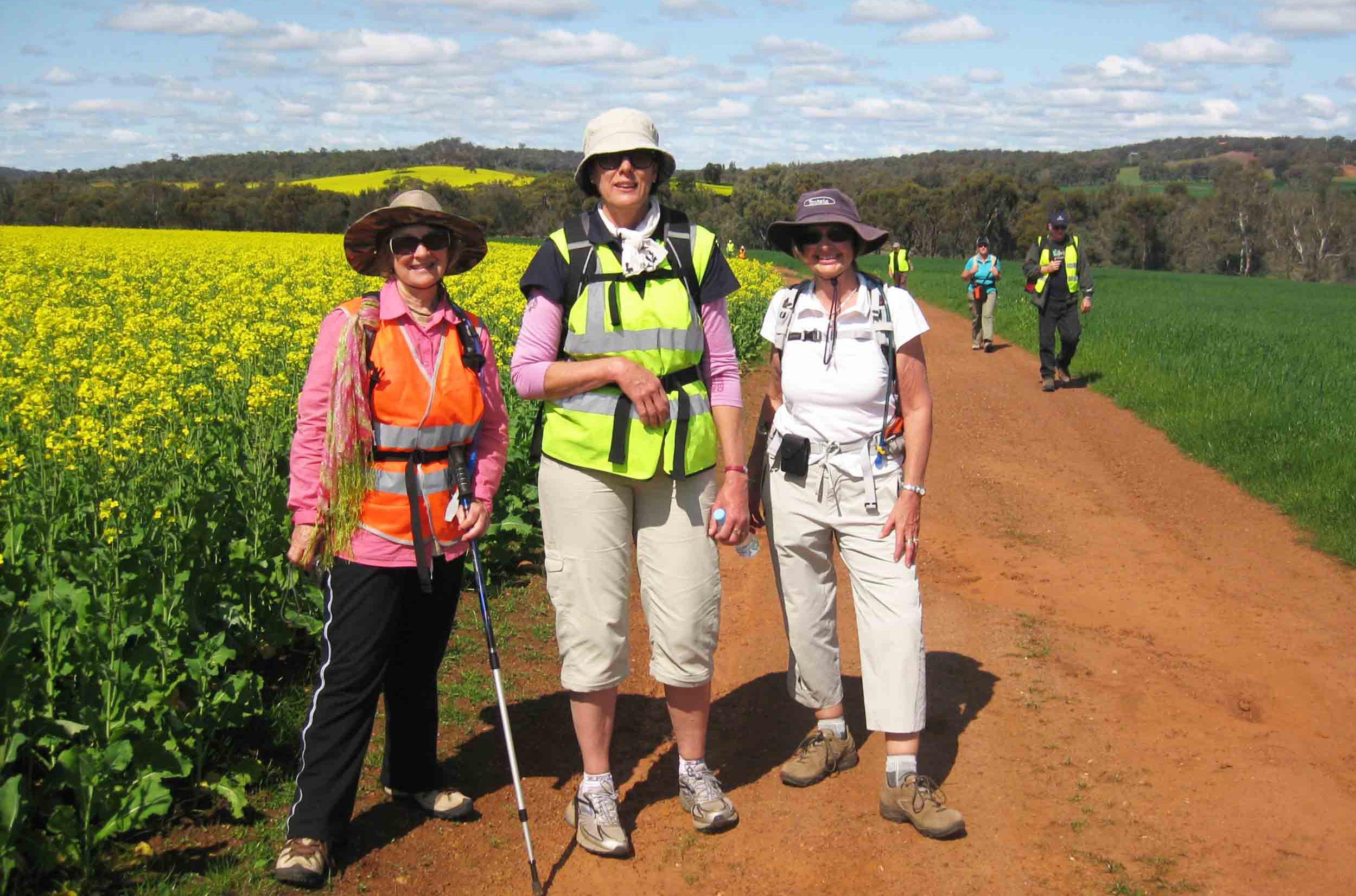
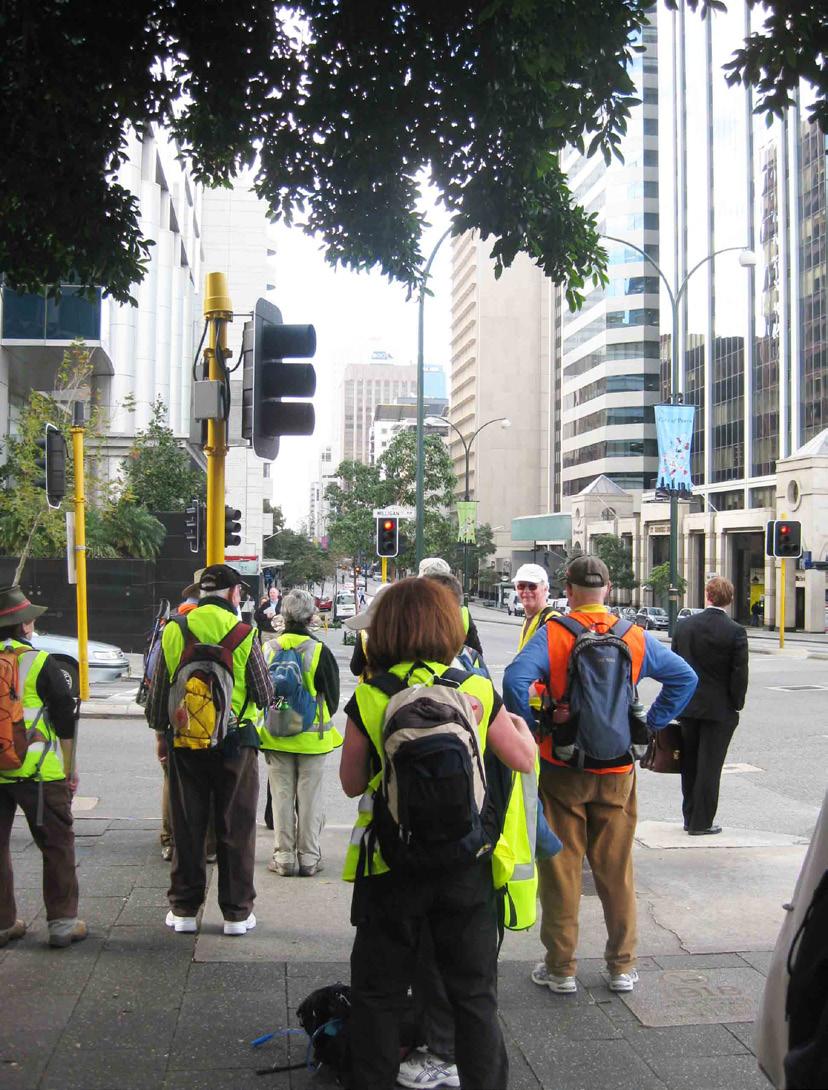

Together with Fr Joe Walsh and other parishioners of St Joseph’s in Subiaco, journalist Chris Olney bit the bullet in August and became a pilgrim retracing the steps of Abbot Salvado from Perth to New Norcia...
Ihave an admission: After signing up for the second Camino Salvado pilgrimage to New Norcia the idea of walking 145km became less and less appealing.
The closer the departure date, the further away New Norcia became.
We set out from St Joseph’s Church in Subiaco on a cool Monday morning late last month. With the threat of rain, the idea of a six-day walk seemed even crazier.
Father Joe Walsh’s pep-talk reminded us that we were not setting off on “just another walk”. It was not a holiday but a pilgrimage. This supposedly gave it an entirely different dimension.
But walk or pilgrimage, there were still blisters and aching feet and knees to deal with. The promised rain arrived and for the best part of a day we slogged and sloshed along wet roads in the foothills.
But then came the beauty of the bush in Walyunga National Park and the orange groves and fat cattle in the Chittering Valley. By the fourth day I was starting to mellow; I even developed a bit of rhythm on a 30km stretch. Evening chats revealed others were hurting too, but most were looking beyond the pain.
Day five we hit the Great Northern Highway and the sign “New Norcia 46km”. Wow. Now it became possible. This thing can be done. Walking through the chest-high canola in the Bindoon Catholic Agricultural College fields enhanced the inner golden glow.
But nothing could have prepared me for our arrival in New Norcia.
The overwhelming emotion of the church bells ringing as we walked towards the monastery is unforgettable. I was lost for words as we placed the tokens we had carried from home on Bishop Rosendo Salvado’s tomb behind the main altar in the historic New Norcia Church.
Now I get it. It IS more than just a walk.
There were 25 pilgrims on the second Camino, several from the Eastern States. Pilgrims are not alone. There is a bus for those who cannot go on and to ferry the group to bed and breakfast style accommodation along the route. All you have to carry is water, lunch and wet weather gear.
The pilgrimage, though largely the inspiration of a group at St Joseph’s parish, is ecumenical. It honours Bishop Salvado, the first Abbot of New Norcia, who established the monastic town in about 1847. He walked between New Norcia and Subiaco many times to raise money for the struggling community.
A third pilgrimage will leave Subiaco on 27 September. It is fully booked. But there is always next year.
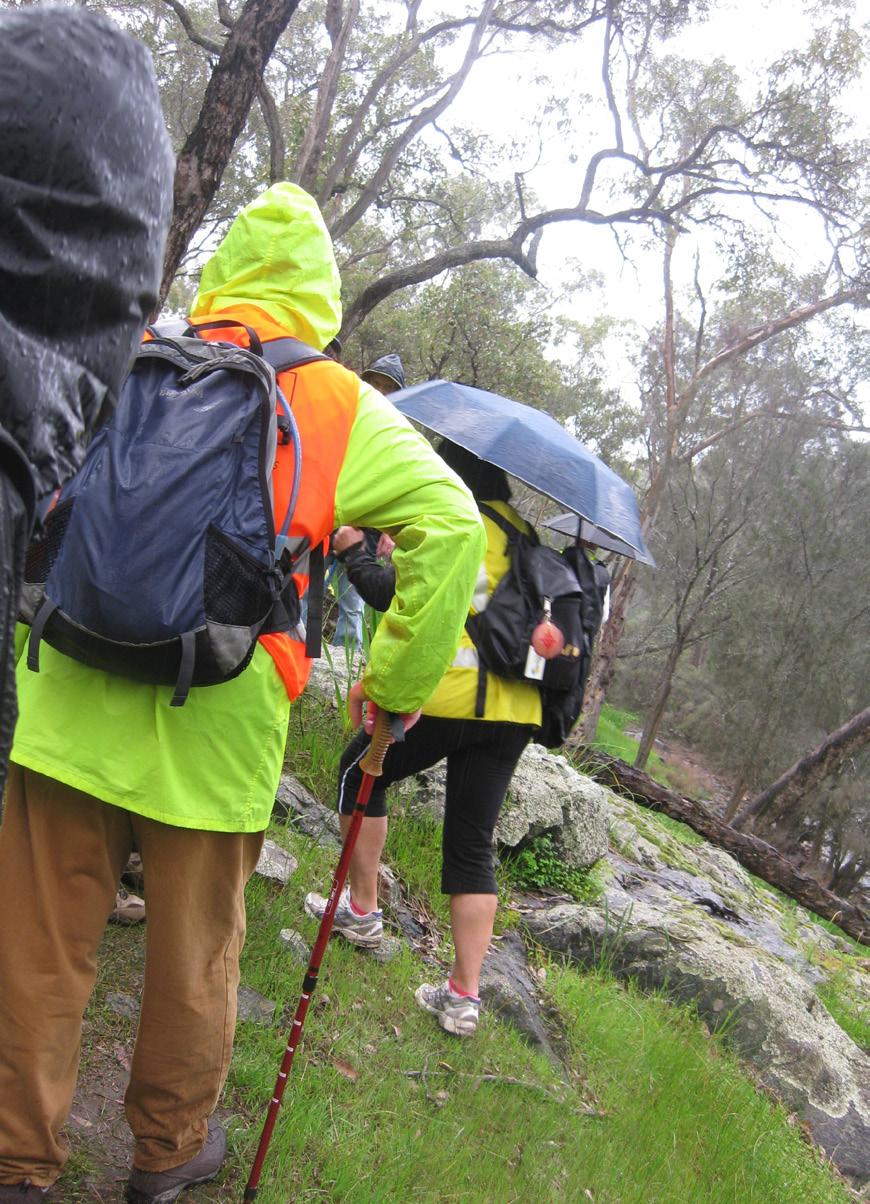
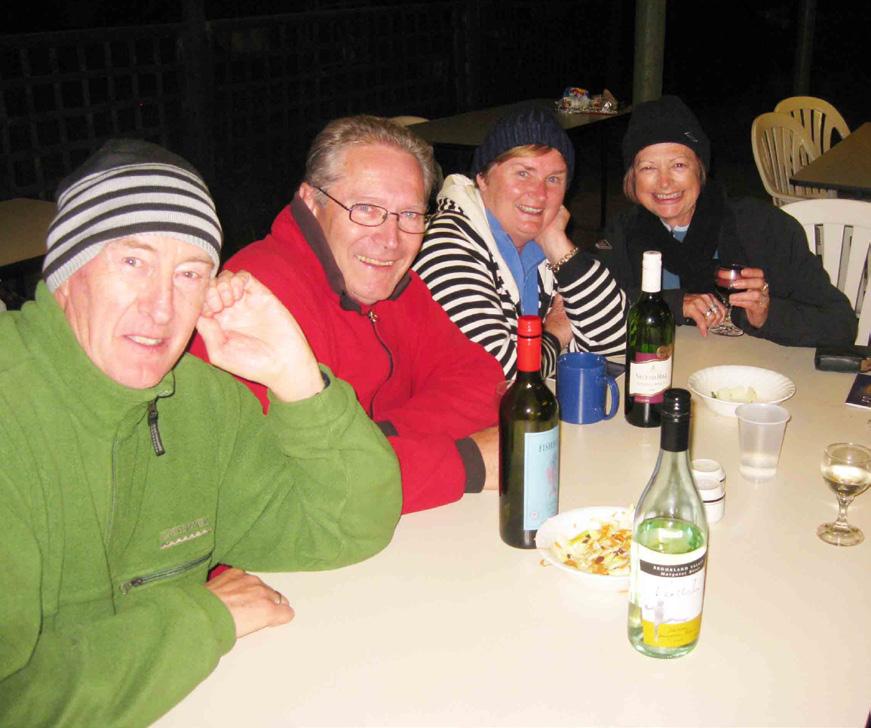

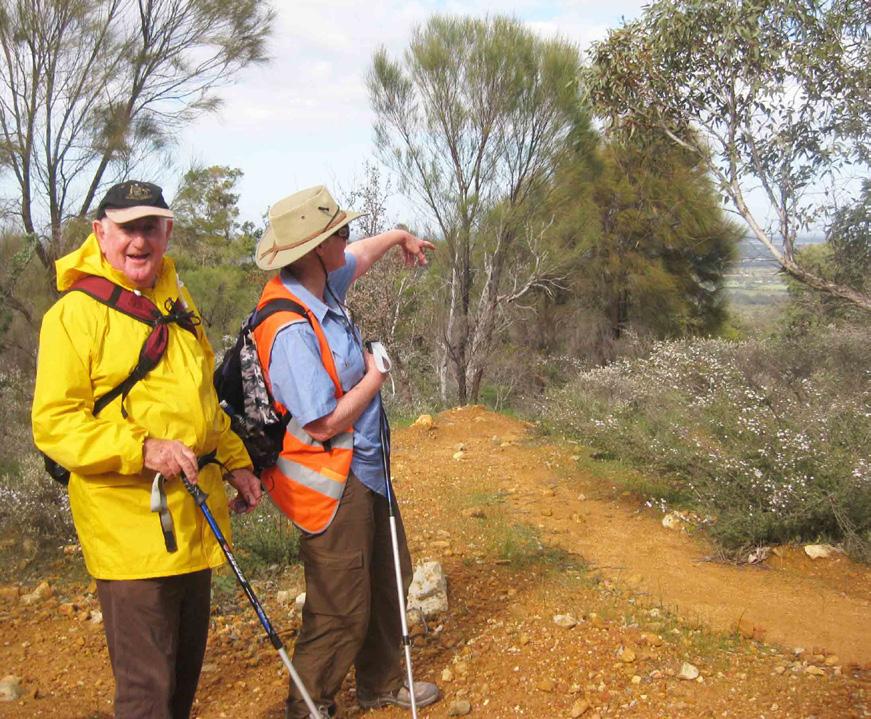
Deaf and hearing-impaired people have been prevented from participating in four e-conferences run online by the Broken Bay Institute as it has been unable to adapt technology to include captioning or signing.
The BBI has, in conjunction with the Australian Bishops, hosted four e-conferences since June last year, with thousands across the globe following the conferences on websites.
Participants were drawn from schools, parishes, hospitals, prisons, private groups, universities, religious orders and Church agencies for the Jesus the Christ e-conference on 16 September, but did not have captioning or signing to enable deaf and hearing impaired people participate.
“Pleas to have these conferences captioned have fallen on deaf ears,” Fr Paul Pitzen, chaplain to Emmanuel Centre, Perth’s Archdiocesan centre run for and by people with disabilities, said on the CathNews blog that promoted the event.
“Pity that we will miss out on the wisdom and insights of those who are Deaf or Hard of Hearing. One day, please God, when we give a banquet we really will invite the people Jesus asked us to invite.”
Broken Bay’s diocesan communications manager Annie Carrett told The Record that BBI was in contact with Sydney’s Archdiocesan Ephpheta Centre for Deaf and Hearing Impaired People to organise someone to sign for the online forum, but “they fell through at the last minute”.
“This is designed to be seen on computers, so it’s difficult and can be cramped. We don’t get funding for this, so this is a gift that our Bishops give to the people of Australia. None of the areas around Australia contribute in any way to
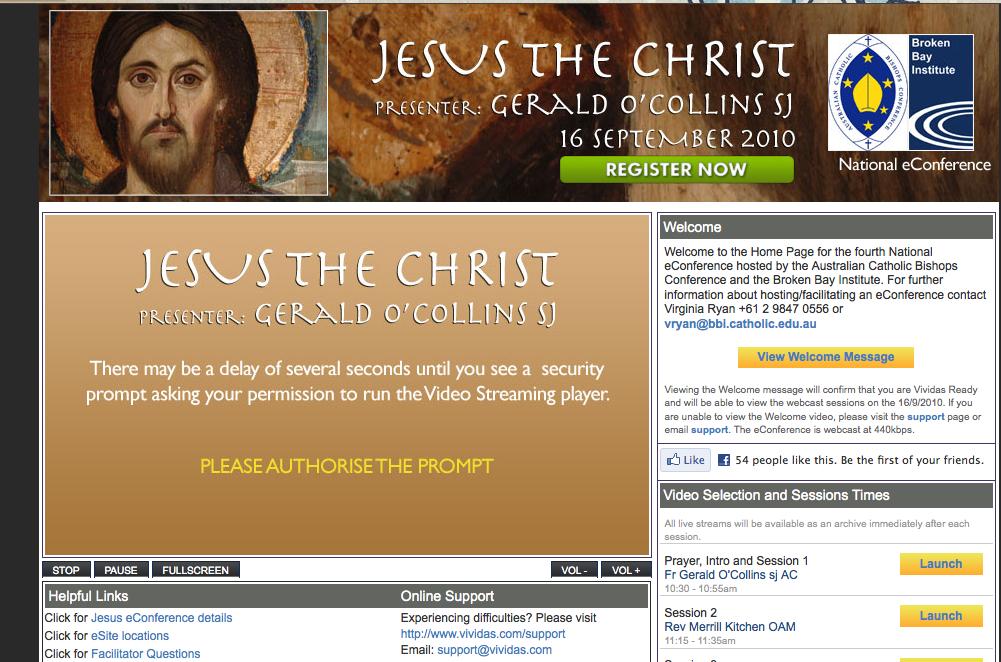
this,” Ms Carrett said. Emmanuel Centre coordinator Barbara Harris said she understands modern technology is difficult to understand and people shy away from it, but BBI is providing a “fantastic initiative, yet people with hard of hearing and deaf are missing out on it, and all it requires is a bit of organisation in the first instance”.
Ephpheta’s official interpreter for the deaf, Nicole Clark, said much discussion about helping the deaf for the Jesus the Christ e-conference was done “in the 11th hour”.
As the next e-conference, to be themed around the Holy Spirit, is not until 19 May next year, she suggested to BBI that work be done to ensure something is in place by
then. Ms Carrett told The Record that the BBI could not guarantee this could be done by then, but stressed that captioning the event “has been a very high priority”.
“Hopefully we will offer a captioned (e-conference) next time, but not live, we can offer it as a DVD so people can experience it, at the moment complications with the technology and live broadcast is a bit beyond us,” she said.
“We haven’t discounted, it, we’re just working really hard on it.
“We’re really committed to reach out every avenue to make these things available.”
Fr Pitzen told The Record that Adelaide company Vividas provided live captioning on 17 June at a cost of $165 an hour when
National Liturgy Commission head Fr Peter Williams addressed Perth liturgists on the new Missal translations at the Vietnamese Catholic Community Centre in Westminster.
In a first for Australia, the Emmanuel Centre had arranged for an internet connection to send an audio feed to Adelaide where a stenographer typed up what she heard and sent it back to Perth to be projected on the large screen. The stenographer was very accurate and quick. Emmanuel coordinator Barbara Harris interpreted proceedings in sign language. Deaf and hard of hearing people present at Fr Williams’ talk said, “it was really nice to have the text on the
screen because if we turned away from Barbara or we don’t know sign language because we have become deafened later in life, we can still hear. We could catch up on what we missed by looking at the screen.”
The captioning service Emmanuel used for Fr Williams’ visit is out of action until November but is sourcing another in time for the Perth Archdiocese’s Seek2010 conference at Riverton from 7-9 October.
The captioning process could even be easier for the e-conference if the captioners can be given prepared talks ahead of time to help them deal with complicated ecclesial words. “It can be done easily,” Fr Pitzen said.
Captioning will be provided for the Jesus the Christ conference when it is sold as a DVD package –which Fr Pitzen said is “better than nothing”, but having it live is “no drama either because Vividas can take whatever streams and layers you want to send them – two video inputs, one with regular video of what’s happening and one with captioning, and can super-impose it - and it doesn’t cost any extra as they’ll just put on whatever they’re fed”.
“Broken Bay should know that because I told them they can do it that way,” Fr Pitzen said.
“When people are talking it comes with captions as a video feed and they send both off to vividas. It’s not difficult.”
Nicole Clark emailed BBI after its first e-confernece on St Luke on 4 November, 2009 congratulating it on a “wonderful presentation”, impressed with quality of content, and suggested that, should BBI consider making it accessible to deaf people, she could assist them in explaining what they would need to do – “and they responded very positively, I received a phone call very soon after”.
Catholic school students making people sit up and notice over seas
Three Catholic school students are on their way to making a serious mark on the Australian art scene.
Mehdi Mohammadhi (Year 9, Aranmore Catholic College), Julian Poon (Year 9, John XXIII
College) and Patrick Bridges (Year 12, 2009, St Norbert College) have all recently received acclaim for their artistic talents. Remember the names of these three gifted young men – we expect to see much more them in years to come. A talented young artist from John XXIII College in Mount Claremont has had his work selected for the prestigious Summer Exhibition of the Royal Academy of Arts in London.
Julian Poon, 14, travelled to
London to see his work displayed alongside artists such as David Hockney, Antoni Tapies and the Turner Prize-nominated Tracey Emin. With over 10, 000 entries from all over the world, competition for inclusion in the Summer Exhibition is fierce. Selectors view all submitted work without knowing the artist’s identity, so were amazed to learn of Julian’s youth. He was 13 when he completed the artworks submitted.
Continued from Page 1 of creation, and know that God sent his own Son to be here for us.”
If prayer is promoted in the home, prayer becomes a personal habit, the Archbishop said, and children learn to “turn their minds and hearts to God” in many ways, including offering up one’s joys and sufferings to Him, or to pray that they make good decisions in their lives.
“Without prayer, we wouldn’t be here,” he said, referring to attending Mass.
“We need prayer for faith, to believe in the Eucharist and grow to make the Real Presence of God central in every moment of our
lives.” The parish, he said, is a way to bring together families, and their history is important to remember how to move forward.
Drawing on the Mass’s Second Reading from the Acts of the Apostles, he highlighted how the little Christian community in Jerusalem still accepted Jewish traditions by going to the Temple, the centre of divine worship for the people of God.
The Synagogues, built locally for this same purpose for those who can’t make it to Jerusalem, are the precursors of today’s parish, he said, where local Christians gather to worship.
At Mass, “Christ takes this community of faithful and says
‘these are God’s people” and offers Himself for us”.
“Your history goes right back to those early Christians who celebrated their faith in their homes,” he said.
The youth element of the parish, which has grown considerably compared to the older demographic that dominated it when parish priest Fr Anthony Vallis arrived there six years ago, “bodes well for the future of the parish, and is a great consolation to all of us”.
The parish must embrace all people, he said.
“If there are poor in your parish, they must be loved in a very special way,” he added.
“No one would have known where the work came from or who had done it,” said a spokeswoman from the Royal Academy. “When we found out we had a 14 year old it was very exciting.” Julian and his family were also extremely excited when they received a letter from eminent architect and President of the Royal Academy of Arts, Sir Nicholas Grimshaw, informing Julian of his successful selection.
Julian and his mother travelled to London to attend the Service for Artists at St James’ Church in Piccadilly as well as the opening reception at the Royal Academy Galleries.
Julian met Royal Academicians, artists of international renown and key figures in the London art world. The youngest artist selected, the BBC interviewed Julian for The One Show, which will be aired on BBC One in July next year.
The work selected for display is entitled Noongar and depicts the conflict between the Australian Indigenous population and white settlers.
It was a fitting selection for the theme of the exhibition, which is Raw, and was inspired by a school history lesson on early Australian settlement.
The marker pen on canvas work sold for £850 (A$1445) even before it was released for sale on Buyers’ Day, which is only open to invited guests.
To Julian, art is an effective and relaxing means of communicating his emotions, thoughts and ideas. He began taking formal lessons when he was 11 and paints every weekend
The Royal Academy recognition is a pinnacle in the career of the young artist, who held his first public exhibition in 2009 at the Tresillian Community Centre in Nedlands. Julian is currently hard at work in preparation for this third solo exhibition in 2011.
Mehdi Mohammadi, a who arrived in Australia in May, has had one of this artworks selected for the Free from Fear Youth Art Exhibition coordinated by the Department for Communities as part of Refugee Week. The exhibition, which features painting and photographic works by young WA refugees, is displayed at the Central Park building on St Georges Terrace and provides the opportunity for young people like Mehdi to share their life experiences, culture and aspirations for the future with the Western Australian community.
Mehdi is from Afghanistan and was sponsored to come to Australia by his older brother who arrived here as an asylum seeker last year. He has made many friends at Aranmore and will graduate from the Intensive English Centre into mainstream Year 9 classes in Term Three.
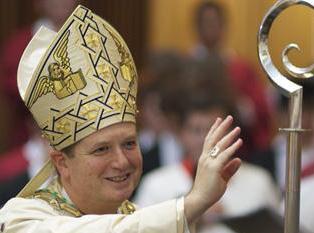
Bishop Anthony F isher op Bishop of Parramatta
One of Australia’s youngest Bishops reflects on the importance of Cardinal Newman’s beatification for Australians searching for an intellectual grip on the faith
On 19 September, Pope Benedict XVI beatified John Henry Newman. He does not usually celebrate beatifications, and the fact that he has chosen to do so – in the face of considerable obstacles – is a sign of the high regard in which he holds this Englishman.
Newman’s life (1801-90) spanned the 19th Century and included a period as an Anglican academic and vicar, and then, from his famous conversion in 1845, as a Catholic priest, man of letters and Cardinal (from 1879).
He was a prolific writer, including famous academic works on The Development of Doctrine, The Idea of a University and The Grammar of Assent, many volumes of sermons, as well as autobiography (The Apologia), poems (The Dream of Gerontius) and hymns (Firmly I Believe and Truly).
Famous for his writing on conscience, Newman was a major influence over the fathers of the Second Vatican Council and is quoted in the Catechism of the Catholic Church calling conscience ‘the aboriginal Vicar of Christ’ (§1778).
Some imagine him the champion of ‘anything goes’, as long as people are sincere and tolerant.
But this misses his point.
In his famous letter to the Duke of Norfolk, Newman protested that the idea of conscience was fast

sentiment and taste, “the right of each individual to make it say just what strikes his fancy.”
And if we accept that faith is so personal and private, it will necessarily be ignored in public life.
It was, in fact, from reading Newman that the young Ratzinger learnt that without Church authority conscience can easily be slave to personal passion and social fashion. This is ‘the dictatorship of relativism’.
On the centenary of Newman’s death the then-Cardinal Ratzinger paid tribute to Newman’s ‘liberating and essential’ truth that the ‘we’ of the Church develops from and guarantees personal conscience. Catholic teaching never contradicts freedom of conscience; it should free conscience rather than cage it.
As an Anglican Newman had also realised that truth in matters of faith is never determined by opinion poll, committee resolution or private ‘spiritual’ feeling.
He carefully explored what it means to assent, to have certainty and to conform to truth.
He insisted, too, that authentic Catholic faith – ‘Orthodoxy’ – cannot be a closed system, ‘done and dusted’, but must always be open to development.
Thus Newman observed –both with respect to himself and the Church – that “to live is to change, and to be perfect is to have changed often.” The Pope observes that: “Throughout his entire life, Newman was a person converting, a person being transformed, and thus he always remained and became ever more himself.”
Whether Newman will eventually be one of the select group of Doctors of the Church is yet to be seen.
This year’s Social Justice Sunday Statement of the Bishops of Australia is titled Violence in Australia: a message of peace, opening with the case of a young Irish tourist killed in a row at a Sydney takeaway venue.
Every day we hear of people assaulted on the street, on the roads or in pubs and nightclubs. Some young people experience humiliation and bullying at school. We see images of violence on television and we witness verbal abuse in our politics. Most domestic violence we hear nothing of. Violence is any type of behaviour, which diminishes others or ourselves. The Bishops speak of the personal roots of violence, that which begins in the human heart of every person.
While it is a matter of the human heart, violence reveals itself wherever people encounter one another be it in the family, the workplace or in social life. The Bishops bluntly point to the violence embedded in our history, institutions and even our culture: stories of discrimination and negative attitudes to many outsiders. The Bishops name this ‘structural violence’ and it has a present-day legacy in the experience of many Australians, such as barriers to health care, impediments to education and endemic abuse of women and children.
degenerating into “an Englishman’s prerogative to be his own master in all things”.
Without divine revelation, tradition, community, and reason itself, conscience easily goes off the rails. Morality becomes a mere power game and people write their own tickets.
What we need is a reliable moral compass, that is, a well-formed conscience and a well-informed mind. I Did It My Way is a popular song at funerals these days.
It was never Newman’s theme
song – and will not, I expect, be sung at his beatification.
On the day he was made a Cardinal, Newman observed: “Liberalism in religion is the doctrine that there is no positive truth in religion, but that one creed is as good as another.”
This view, he observed, is increasingly commonplace and has the advantage of encouraging tolerance.
But “it is inconsistent with any recognition of any religion, as true.” It reduces all religion to mere
But as Cardinal Ratzinger, the Pope gave a hint of his own opinion: “The characteristic of the great Doctor of the Church, it seems to me, is that he teaches not only through his thought and speech but also by his life, because within him, thought and life are interpenetrated and defined.
“If this is so, then Newman belongs to the great teachers of the Church, because he both touches our hearts and enlightens our thinking.”
Newman’s theme song was always, “I did it Truth’s way. I did it the Church’s way. I did it Christ’s way.”
Blessed John Henry Newman –pray for us.
Yet the Bishops do not leave us with this bleak picture. They point to Jesus Christ as the Great Peacemaker and our encounter with Him leads us to a greater respect for the dignity and value of every human being as an image of God with inviolable rights to life and human fulfilment. As a consequence of this the Catholic Church calls for justice and equity for the needs of the vulnerable and marginalised in Australia.
The Bishops call all Australian Catholics to ‘a conversion of peace’, a lifelong commitment to examine and address the sources of violence in our Australian culture and especially the cradle of violence in our own lives.
Go to www.socialjustice.catholic.org.au
Shrill polemics can’t excuse QC fudging the facts to prosecute Benedict XVI, says a leading Australian Catholic prelate
 By Bishop Julian porteous Auxiliary Bishop of Sydney
By Bishop Julian porteous Auxiliary Bishop of Sydney
A poor case against Vatican power: the argument mounted by Geoffrey Robertson QC
Geoffrey Robertson QC is well known to Australians. He is a barrister of international standing. He is also a capable media personality.
On the basis of his public reputation and standing his new book, The Case of the Pope: Vatican Accountability for Human Rights Abuse no doubt timed to coincide with the visit of Pope Benedict to England for the beatification of John Henry Newman, deserves attention and response.
For a lawyer of some standing the claims made in his book exhibit many errors of fact.
It contains many dramatic and false claims that need correcting. Robertson is known to be polemical in style. It has been his way in many issues over the years. Polemics cannot excuse from accuracy in fact. Robertson claims in his book:
‘’While there can be no objection to an organisation disciplining members for a breach of arcane rules, there is every objection when those breaches amount to serious crimes and the organisation claims the right to deal with them internally without reporting them to the police”(SMH 9 Sept 2010). This comment needs to be challenged.
Firstly, does the Church protect paedophile priests? No. In the Church’s first Code of Canon Law published in 1917, sexual offences against children were considered crimes and the Church provided processes to punish those crimes.
The revision of the Code in 1983 gave Bishops the tools needed to deal with these crimes. In recent years, in light of the focus of sexual crimes committed by priests against children, the Church has continued to issue laws designed to protect children and to punish offenders.
One example is that the age of consent has been raised from sixteen to eighteen. In other words, any sexual contact between a priest and anyone under the age of eighteen is a crime.
In 2002, Pope John Paul II transferred the jurisdiction to prosecute these crimes from local bishops to the Congregation for the Doctrine of the Faith, which was then under the direction of Cardinal Ratzinger. This signalled a new commitment on the part of the Church and Cardinal Ratzinger to deal with this terrible crime and remove any offending priest from ministry.
Robertson’s assertion regarding the Church’s response to these crimes, that the Church “claims the right to deal with them internally without reporting them to the police” is a distortion of the reality. The Church deals with these crimes using its own laws and procedures, but it does not claim an exclusive jurisdiction.
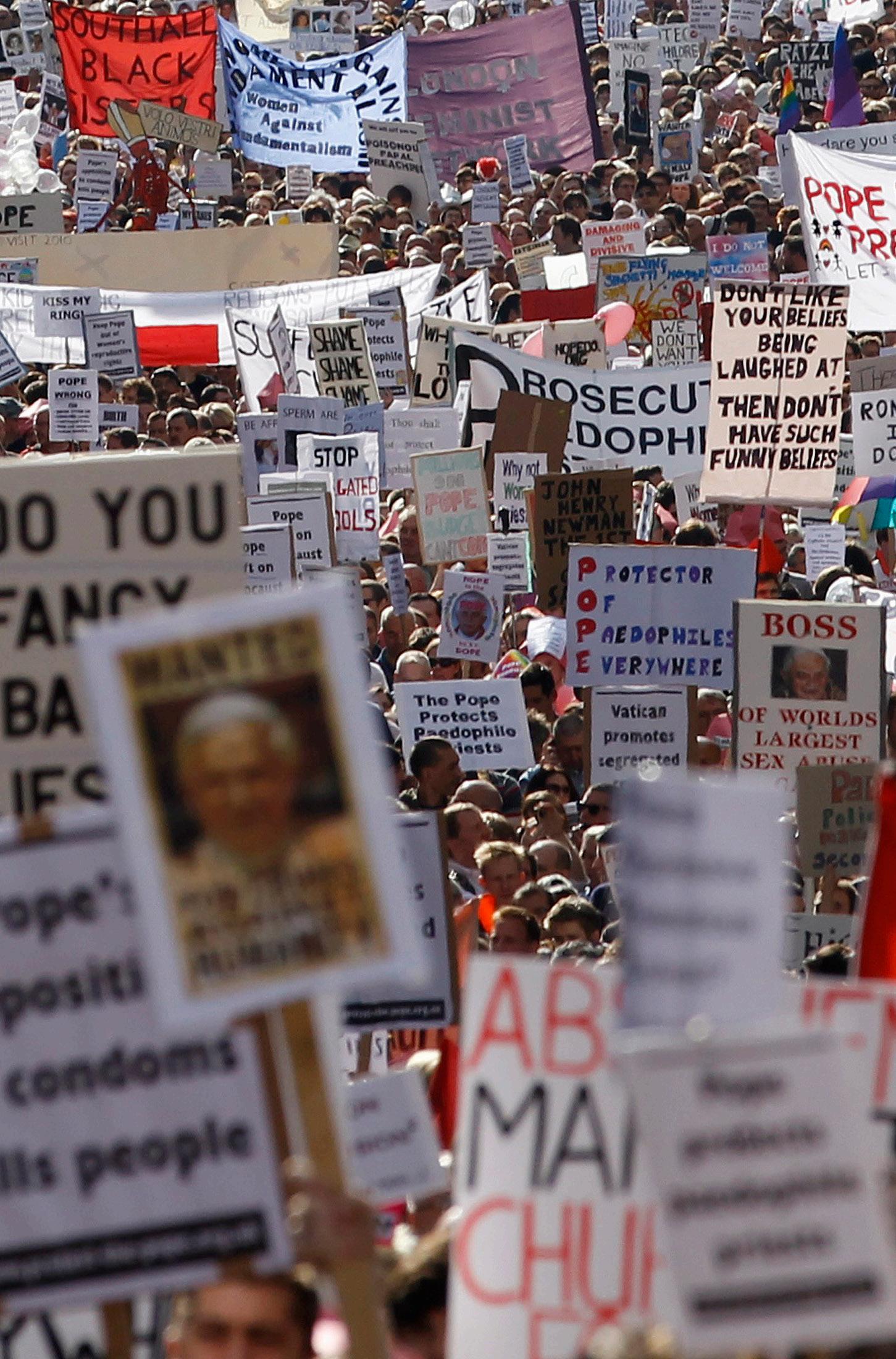
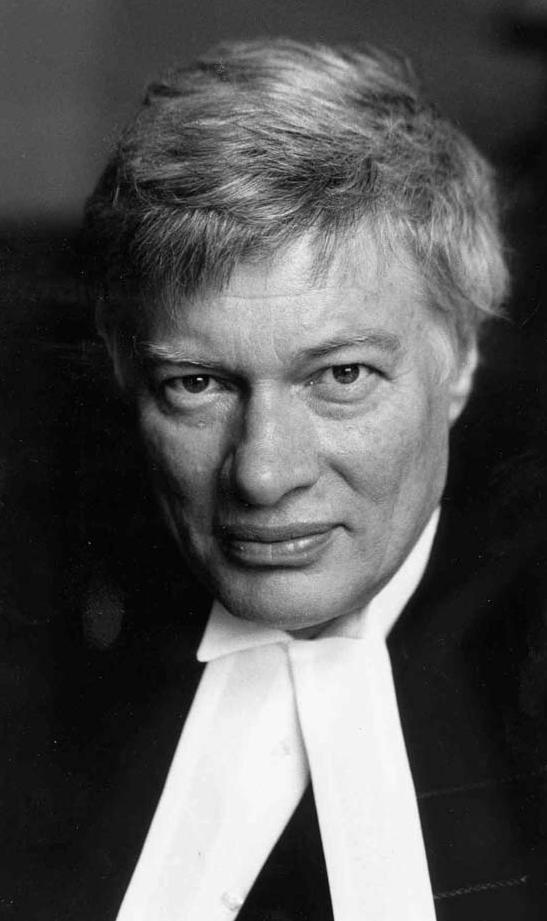
be able to minister on behalf of the Church.
That is a very serious outcome for a priest, but it’s quite different to a prison sentence that the State can impose. When Robertson states that this is “no punishment worthy of that name’’, he seems to have no understanding of just how serious this outcome is for a priest. In most cases, too, the priest will also be dealt with and punished by civil law.
Robertson claims that: “Canon law has no sex offenders’ registry.” Perhaps not in the way in which such registries exist in various civil jurisdictions, but the Church co-operates with civil law in screening anyone who may be in touch with children at a parish or school level. Church bodies will access such registries when appropriate to ensure that no one working for the Church will be a danger to children.
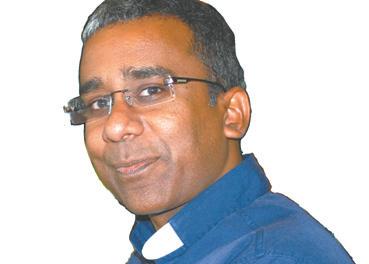 By Fr Sean Fernandez
By Fr Sean Fernandez
Violence lies at the heart of religion. A rather startling statement, no? What could I possibly mean by it? In his Good Friday homily Fr Cantalamessa drew on René Girard’s thought and emboldened by this I shall do the same for this article. I am putting forward tentative suggestions and I hope I shall do justice to Girard.
This article is the third in the series dealing with anti-Semitism. Girard argues that there is an inevitability to violence; but that in Christ God has opened up a new way of being to us, a non-violent way of being.
My exploration has been given added impetus by the vicious and unreasoning attacks on Pope Benedict XVI before and during his state visit to Great Britain.
Geoffrey Robertson, Stephen Fry and a host of celebrities have vented their collective spleen and launched bilious criticisms of the Holy Father. I think, in Girard’s terms, the Pope is a scapegoat. His detractors find unity in focusing their rage on him.
I had the ill-fortune to turn on Radio National while Fran Kelly was giving Geoffrey Robertson the opportunity to assail the Church and the Pontiff.
His arguments were patently ridiculous and anyone with a passing knowledge of the situation or canon law would have found them risible. So how could an apparently intelligent man spout such rubbish? Is he just a bigot blinded by his unreasoning enmity? Perhaps. I think Girard may give us a insight into the scapegoating which is at work.
Girard is something of the darling of acadaemia at present, but it is interesting that at times when his thought is transposed the Catholic key is lost. Girard was a lapsed Catholic; he re-embraced his faith because of two intertwined discoveries. The first was of the nexus between violence and religion. The second was that the nexus was exposed and overcome in the Gospel.
The Church completely accepts the fact that the State has competence to deal with the crimes of clerics when they breach civil law.
The Church’s purpose in conducting its internal processes is to protect the community by removing the priest from his ministry, the State’s purpose is also to protect the community but it will do so by imposing a sentence of imprisonment. From the Church’s perspective, both systems of law work together for the good of the community. Does the Church, however, protect clerics, as Robertson argues? Tragically, this may have happened in individual cases in the past but for many years the Church in countries like Australia and the United States has encouraged victims of clerical abuse to take the issue to civil authorities to have it investigated by the police and then brought before a civil court.
Some victims, however, choose not to go to the police and ask the Church to investigate the crime.
The Church, through the Congregation for the Doctrine of the Faith, has affirmed the importance of crimes being reported to the police.
An official statement made on April 11 this year said, “Alongside concern for victims we must continue to implement, decisively and truthfully, the correct procedures for the canonical judgment of the guilty, and for collaborating with the civil authorities in matters concerning their judicial and penal competencies, taking the specific norms and situations of the various
countries into account”. The Church at the universal level is committed to this path. It is important to note that there are practical reasons for referring such crimes to civil authorities: the State has more resources than the Church to investigate any crime, particularly one that may have been committed many years ago. The police have more authority and more experience than a Church investigator in the matter of interrogating witnesses.
Civil discovery laws empower police and lawyers to subpoena documents.
The State’s resources are better able to investigate a case so that the truth will emerge and so that a just outcome can be reached.
The Church will, however, continue to deal with the crimes of priests against children and young people internally so as to be able to remove offending priests from ministry for the protection of children and the good of the Church.
The Church cannot impose the sorts of penalties that the State’s criminal law provides for such crimes. It has very limited capacity to coerce an offending priest.
The Church can, for example, impose an order on a priest to live in a certain place but cannot compel him to do so.
Where a crime against a child has been established using the Church’s canon law, the case is referred to the Congregation for the Doctrine of the Faith and that priest will be removed from the priesthood and will no longer
Robertson states, ‘’The worst that can happen, other than an order to do penance, is ‘laicisation’; that is, defrocking, which permits the paedophile to leave the Church and get a job in a state school or care home, without anyone knowing of this conviction.”
Some Bishops are now proposing the idea that it would be in the best interests of the Church and the wider community for a priest convicted of a crime against a child not to be laicised so as to maintain some minimal supervision over him which would not be possible if he was laicised.
This is a very difficult and perplexing decision, but every Bishop will now be doing his utmost to protect children and others from a predator priest.
In the matter of priests transferring to other dioceses, canon law requires both bishops to communicate with each other about any impediment to the priest working within a new diocese, particularly working with children.
Those priests who have not been laicised will not be able to transfer to a new diocese or parish. Robertson has joined his voice to a cacophony of shrill criticism of the Pope.
This shrill criticism is embarrassing to some fellow secular humanists like Brendan O’Neill.
While he says in a piece in Spiked (7 September, 2010) that he has no intention of holding a candle for the Church, he goes on to say, “These Pope-protesters threaten to drain the last drop of decency from old-fashioned humanism, turning a once-principled outlook into little more than a requirement to hate religion”.
We, human beings, learn through imitation. We desire in imitation. This insight goes back to Aristotle, but Girard develops it.
Think of the way in which children develop. They want to do things because they see their parents, their older siblings doing it. They insist on trying to use cutlery because they want to be like the adults; the adults have to suffer this process because it is part of how little humans learn and grow.
We learn what to desire from others. Something becomes desirable to us because it is desirable to others. We may reject this instinctively because we like to think of ourselves as independently knowing and willing subjects, but I would suggest that critical self-reflexion would show us the truth of this dynamic. Think of the myriad magazines which tell us what is desirable.
The dynamic of desire is integral to human development. However, our desiring leads us from wanting to have what the other has, to being what the other is. We compare ourselves, we model ourselves. We group ourselves with others who share our outlook. However, what happens when two people or groupings desire the same thing? In a world with limited resources, possibilities and opportunities for fulfilment, conflict arises.
The tensions which arise and grow between people or in a society because of imitative desire find an outlet in a scapegoat - a person who is or group of persons who are vulnerable and who
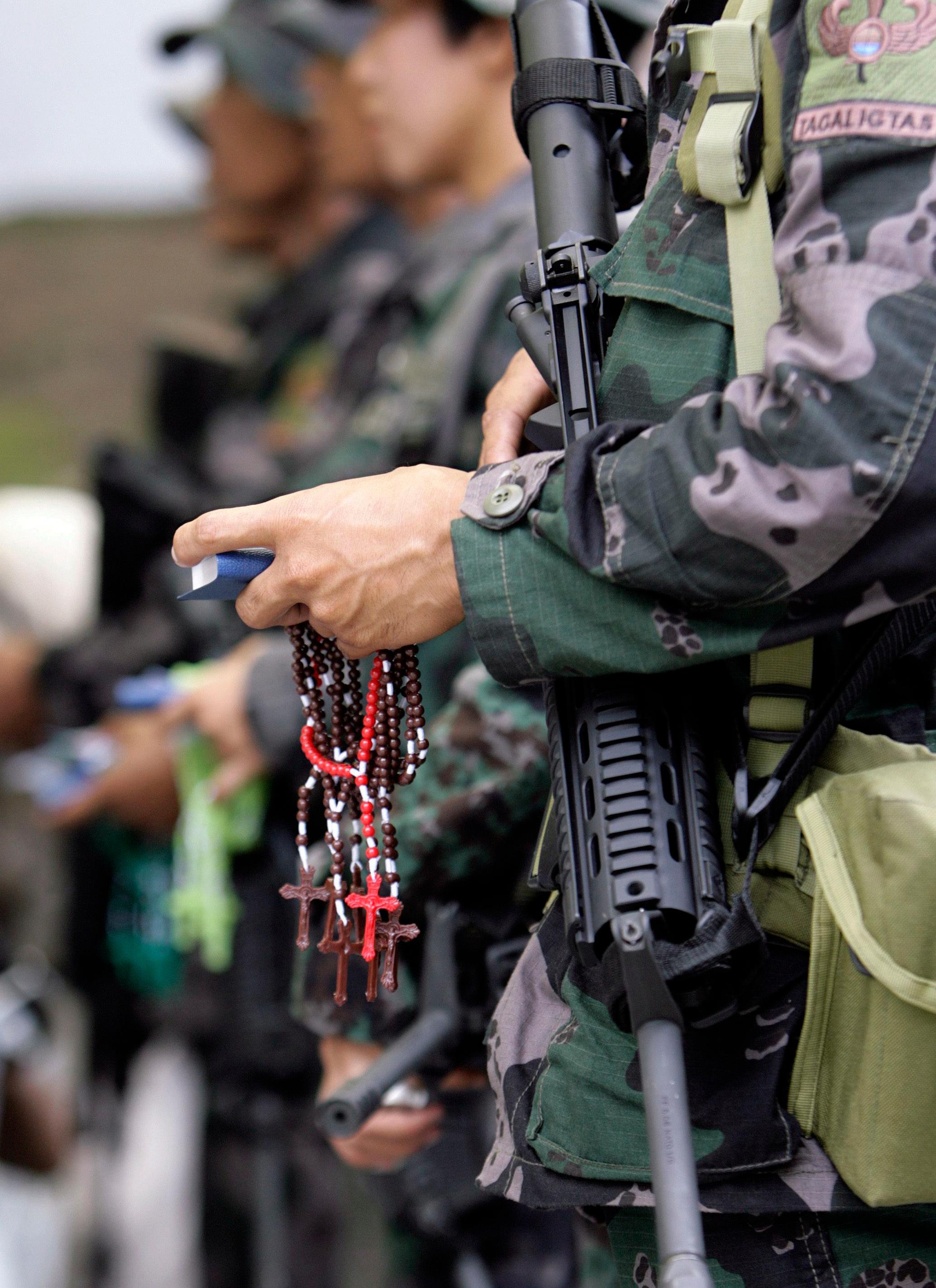
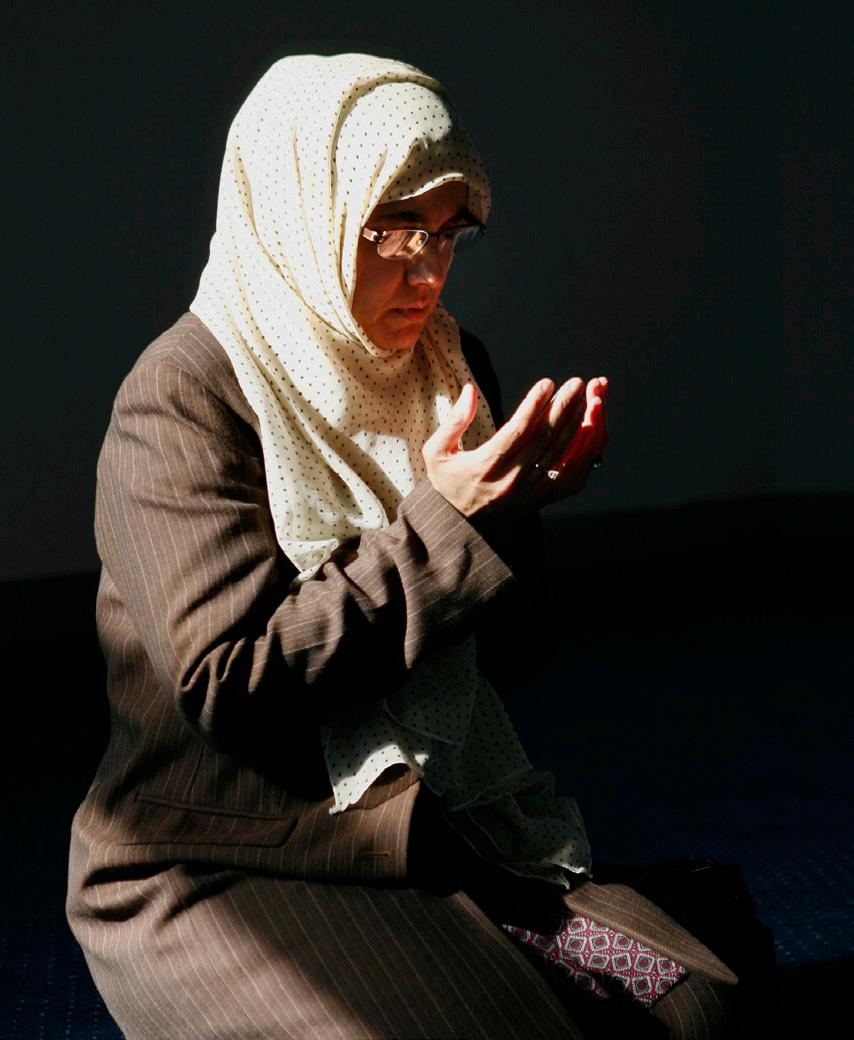
nism is exposed it loses its power, its hold on us. But will this not lead to aggravating cycles of violence?
Jesus leads us out of imitative violence
Jesus not only exposes the mechanism, He leads us in a new way. Jesus focuses our desire, our imitative function on Himself and on his Father in heaven. And we find slowly that we no longer have to compete with others for our fulfilment. God is big enough to fulfil us all: ‘Love your enemies and pray for those who persecute you, so that you may be children of your Father in heaven; for He makes His sun rise on the evil and on the good, and sends rain on the righteous and on the unrighteous’ (Matt. 5.44-5).
So now what?
Seen in this light, the sacrifice of Christ contains a formidable message for today’s world. It cries out to the world that violence is an archaic residue, a regression to primitive stages and surmounted by human history and - if it is a question of believers - a culpable and scandalous delay in becoming aware of the leap in quality operated by Christ. It reminds also that violence is losing. In almost all ancient myths the victim is the defeated and the executioner the victor. Jesus changed the sign of victory.
becomes the focus for built up antagonism. The crowd becomes a mob and takes out its rage on its victim. Have you noticed the odd behaviour of mobs and how ordinary people can be caught up in a contagion of violence? Equilibrium returns once the victim is punished or even killed though it is but a temporary peace. If this seems outlandish think on this: Have you noticed that the uncomfortable silence/feeling which can exist between two people in conflict can be overcome by picking on a third person? The discomfort disappears in the shared outrage at the third person.
For the ancient mind, the return of peace seemed to point to the fact that the victim was the cause of the disequilibrium and tension in the first place; perhaps the victim had displeased the gods. The killing of the victim which brought about peace becomes a religious act, a holy act; it is celebrated as a sacrifice which appeased the gods who had been punishing the city.
Pre-modern religions are ways of institutionalising violence and scapegoating - the sacrificial victim lies at the heart of these religions.
They are ways of hiding and controlling the cycle of desire and violence.
Ancient religions were effective insofar as the dynamism which lay at the heart of them was hidden. Once we realise that the victim is innocent,
the death of the victim cannot achieve anything.
And how does society find a release for the tensions which will inevitably arise? People did not realise that they were caught up in a self-perpetuating cycle. Even if they could have realised they were there was nothing they could have done about it.
Our modern societies are still caught up in this cycle of desire and violence. We find more subtle ways of scapegoating.
Does this mean that the Christian message is also caught up in this dynamic of violence?
For Girard the Scriptures - starting with the Old Testament - expose the cycle of desire and violence. For example, Abraham learns that God does not want the sacrifice of Isaac.
But it is in Jesus Christ that God strips the scapegoating mechanism bare and enables us to be free of it.
In Jesus we see that the victim is provided by God and not by ourselves. Jesus is the victim, the scapegoat, whom God vindicates in the Resurrection. The victim stands before us and his innocence is evident. He stands before us bearing the wounds of violence and scapegoating. The mechanism which led to his death is exposed. And once the mecha-
He inaugurated a new kind of victory that does not consist in making victims, but in making himself victim. (Raniero Cantalamessa, Good Friday homily, 2010)
The concern for the victim, for the weak, for the loser does not arise from some humanistic impulse. It arises because of the Cross of Christ.
Without the Cross of Christ, the loser, the victim were not our concern; we used to think that they were victims because they deserved it or the gods willed it.
In the Cross we see that God does not will violence, even holy violence, and that victimhood is not the result of divine displeasure. God cares for the victim. And so we learn slowly to do the same.
As Cantalamessa says violence by Christians is a sign that they have failed to realise that violence is laid bare in Christ; violence is never holy; it is desanctified, de-sacralised in the Cross.
In light of this I would suggest that Geoffrey Robertson, Stephen Fry, Terry Pratchett et al are operating out of an ancient and vicious paradigm. They are scapegoating the Church and the Holy Father. They do not realise it, but their actions are religious; the violence of their actions and words are the same ‘holy violence’ pre-modern and non-Christian religions have used through the millennia. They are the voices of the mob, its high priests. Ironic, is it not?
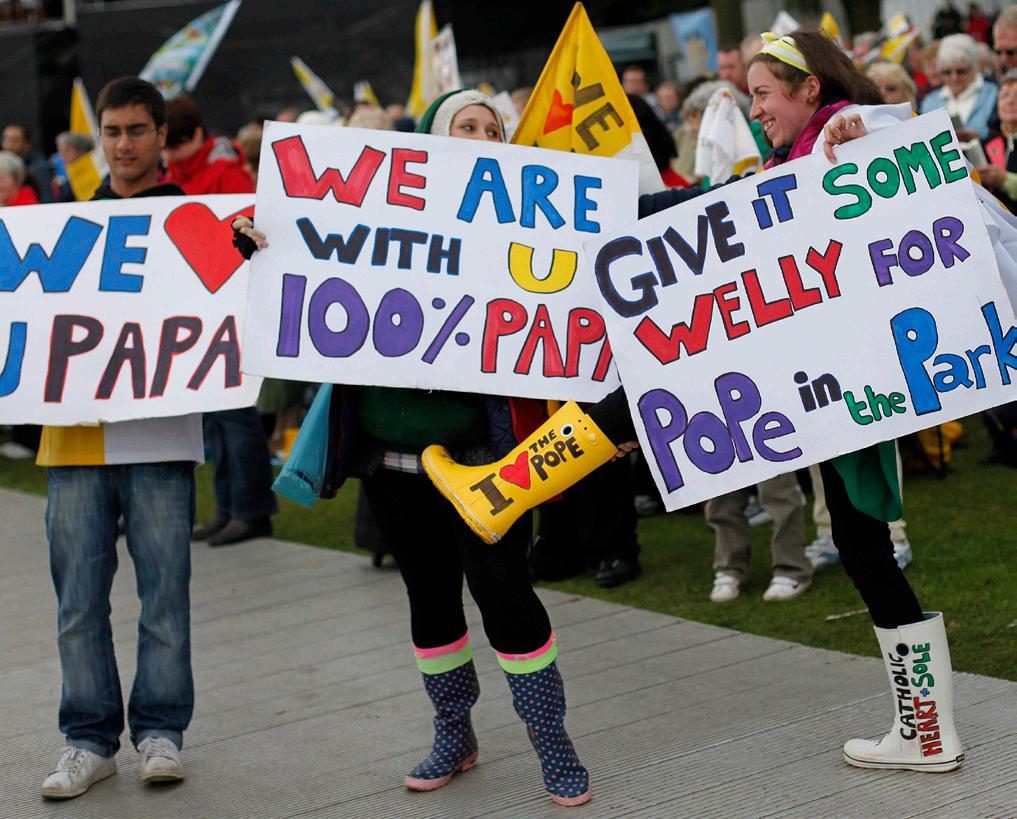


EDINBURGH, Scotland -
Arriving in Scotland on the first leg of a four-day visit to Great Britain, Pope Benedict XVI appealed for preservation of the country’s long Christian tradition and warned against “aggressive” forms of secularism and atheism.
“Your forefathers’ respect for truth and justice, for mercy and charity come to you from a faith that remains a mighty force for good in your kingdom, to the great benefit of Christians and nonChristians alike,” the Pope said on 16 September at a reception with Queen Elizabeth II and more than 400 distinguished guests at Holyroodhouse in Edinburgh, the Scottish capital.
The Pope evoked the moral heroism of a long line of British figures, from Florence Nightingale to Cardinal John Henry Newman, whom the Pope was to beatify during the visit. Christian witness was also evident during World War II against a “Nazi tyranny that wished to eradicate God from society,” he said.
“As we reflect on the sobering lessons of the atheist extremism of the 20th century, let us never forget how the exclusion of God, religion and virtue from public life leads ultimately to a truncated vision of man and of society,” he said.
In an unusual courtesy gesture, the queen sent her husband, Prince Philip, to greet the Pope when he arrived at the Edinburgh airport after a two-hour flight from Rome.
The Pope looked eager to begin his busy programme in Britain, and on the plane he told reporters he felt confident the country would give him a respectful reception - despite differences with some critics of religion.
Edinburgh welcomed the 83 year old Pope with a display of enthusiasm and Scottish tradition, including a parade, bagpipe bands and plaid tartans designed especially for the visit. It was his first visit as Pope to Britain and the first time the country has hosted a Pope since 1982, when Pope John Paul II toured England, Scotland and Wales for six days.
Pope Benedict was being hosted in an official state visit, and British authorities pulled out all the stops at Holyroodhouse, a former Augustinian monastery that now serves as the queen’s official residence in Scotland.
GLASGOW, Scotland (CNS)
- Celebrating Mass for tens of thousands of faithful, Pope Benedict XVI urged Catholics to promote the “wisdom and vision” of their religion in the public square.
A society that tries to do without religion ends up living in a self-destructive moral jungle, the Pope said at a liturgy in Glasgow on 16 September, his second stop in Scotland and the first leg of a four-day trip to Great Britain.
The crowd cheered the Pontiff when he arrived at Bellahouston Park, just after a local police bagpipe band played Amazing Grace, having already been warmed up by Susan Boyle, the Scottish singing sensation, who said performing at the papal Mass was the fulfillment of a lifelong dream.
The Pope landed earlier in the day in Edinburgh, where he met with Queen Elizabeth II and was treated to an official state welcome. In a speech televised across the nation, the Pope warned that attempts to exclude God from social and political life can lead to disaster.
The Pope removed his white zucchetto from his head and held it close to his chest as a military band played “God Save the Queen” after having played the Vatican anthem. The Guard of Honour gave the Pope a royal salute in the courtyard of the palace, then the Pope and the queen held a private meeting and exchanged gifts.
The two moved out onto the palace grounds to a giant marquee, a tent-like structure where hundreds of government and cultural invitees listened to their speeches.
The Pope outlined an argument for the place of religion in public affairs, emphasising that British saints and other leading Christians have “shaped the nation for good at the deepest level.” While Great Britain today strives to be a multicultural society, he said, it must respect the traditional values and cultural expressions “that more aggressive forms of secularism no longer value or even tolerate.”
He said the British media have a big responsibility in shaping the ideas and culture of its society and in promoting the “honesty, respect and fair-mindedness” for which the country is known.
Queen Elizabeth also underlined the importance of Britain’s

He returned to that theme in Glasgow, this time exhorting Catholics not only to be examples of faith in action, but also to defend the influence of the Christian faith in the public forum. This was all the more needed at a time when the “dictatorship of relativism” threatens to distort the truth about human nature, he said.
“There are some who now seek to exclude religious belief from public discourse, to privatise it or even to paint it as a threat to
Christian heritage and told the Pope that his visit also is a reminder of “the Christian contribution to the encouragement of world peace and to the economic and social development of the less prosperous countries of the world.”
The queen said that because religion is so important to national identity, the relationship between different churches and different faiths is “a fundamental factor in the necessary cooperation within and between nation states. It is, therefore, vital to encourage a greater mutual and respectful understanding.”
The queen, who serves as governor general of the Anglican Church of England, told the Pope, “We know from experience that through committed dialogue, old suspicions can be transcended and a greater mutual trust established.”
“I know that reconciliation was a central theme in the life of Cardinal John Henry Newman, for whom you will be holding a Mass of beatification on Sunday. A man who struggled with doubt and uncertainty, his contribution to the understanding of Christianity continues to influence many,” she said.
Afterward, the queen introduced the Pope to a long line of
equality and liberty. Yet religion is in fact a guarantee of authentic liberty and respect, leading us to look upon every person as a brother or sister,” he said.
“Society today needs clear voices which propose our right to live, not in a jungle of self-destructive and arbitrary freedoms, but in a society which works for the true welfare of its citizens and offers them guidance and protection in the face of their weakness and fragility,” he said.
In calling for the invigoration
government officials and religious leaders. Among the first was British Deputy Prime Minister Nick Clegg, a declared atheist and the youthful leader of the Liberal Democrats.
The Pope’s arrival coincided with St Ninian’s Day, marking the feast of Scotland’s first saint and evangeliser. Traditional celebrations in honour of the fourth-century saint were resurrected this year, including a parade featuring the harmonic drone of more than 1,000 bagpipe players.
The parade concluded with the Pope’s passage in his Popemobile.
Thousands of schoolchildren lined the parade route and cheered the Pope, who was wearing his new tartan scarf over his shoulders. The bagpipers and drummers who had led the parade stepped to the sidewalks and played as the Pope went by. More than 150 protesters also were present, but did not disrupt the Pope’s visit or the celebration of the crowds who came out to welcome him.
After the parade, the Pope was treated to a traditional Scottish lunch at the residence of Cardinal Keith O’Brien of St Andrews and Edinburgh; the menu featured “haggis” - a dish featuring chopped
of Catholic witness in British society, the Pope pointed to the example St Ninian, who died in 432. The Scottish evangeliser’s feast fell on the day of the Pope’s arrival. St Ninian was “unafraid to be a lone voice” in proclaiming the Gospel in society.
The Pope had special words for young people at the Mass, telling them that firm faith could set them free from “slavery to the glittering but superficial existence” often proposed by modern culture.
“There are many temptations placed before you every daydrugs, money, sex, pornography, alcohol - which the world tells you will bring you happiness, yet these things are destructive and divisive,” he said. “There is only one thing which lasts: the love of Jesus Christ personally for each one of you.”
The Pope ended his sermon by pronouncing a blessing in Scottish Gaelic, an ancient language that also was used for one of the prayers of the faithful.
The crowds welcomed the Pope enthusiastically, cheering and waving large yellow and white Vatican flags and large blue and white Scottish flags.
He drove through the crowd in the Popemobile before Mass, stopping to bless babies held up by security guards.
and spiced organ meat from sheep placed in a sheep’s stomach and cooked.
The Pope’s arrival was carried live on British television, and his visit was expected to draw widespread media attention in a country often described as one of the least religious in Europe.
A recent survey of religious attitudes carried out by the National Centre for Social Research found that Britons generally fell into three groups of roughly equal proportion: firm believers, deep skeptics and the uncertain.
Church leaders, however, pointed to a poll released in early September that seemed to show more openness to Catholic teachings, especially in social areas. That survey found that significant majorities agreed with 11 of 12 statements contained in Pope Benedict’s 2009 encyclical Charity in Truth, on topics ranging from human rights to the environment.
The theme of the papal visit to Great Britain - “Heart Speaks Unto Heart” - also reflects the organisers’ hope that Britons will listen to the Pope and his message with an open heart and mind. If he gets a fair hearing, they believe, he’ll make an impact.
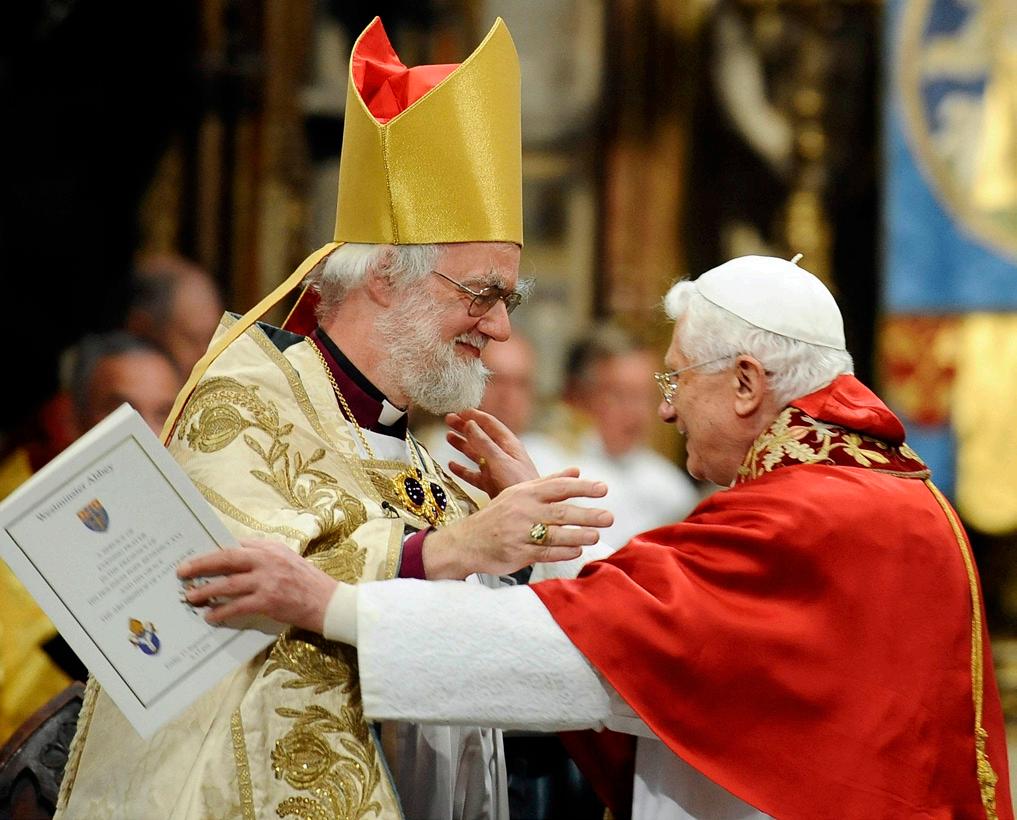
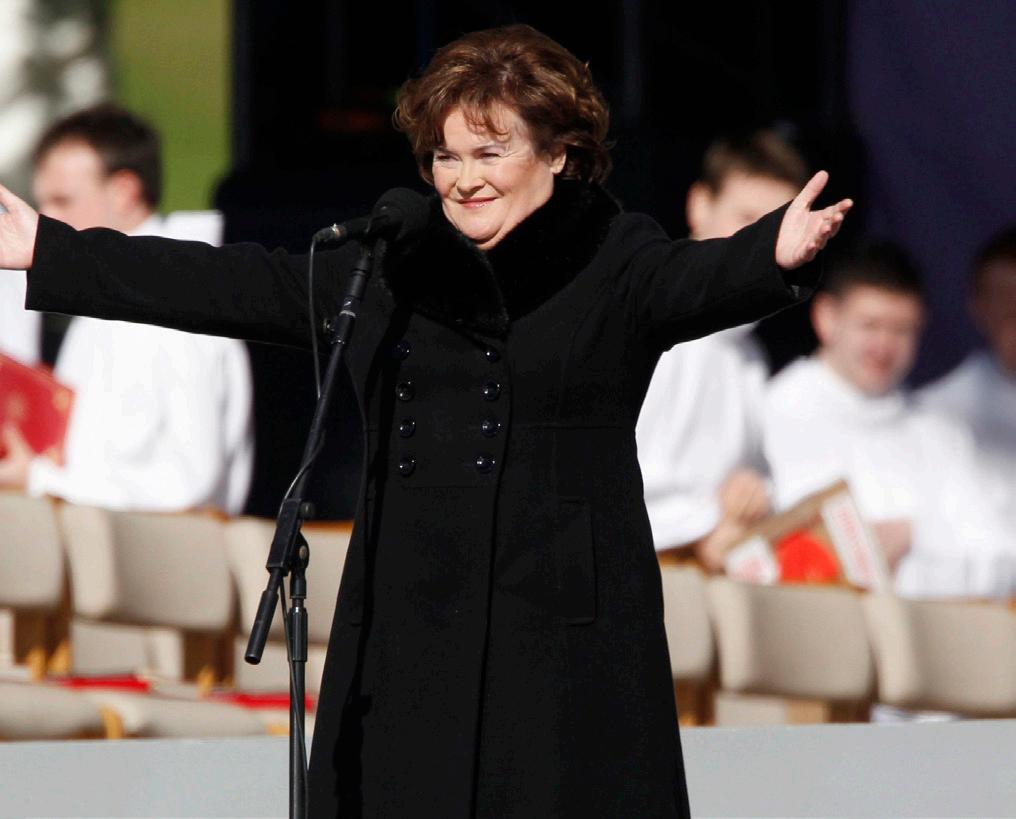
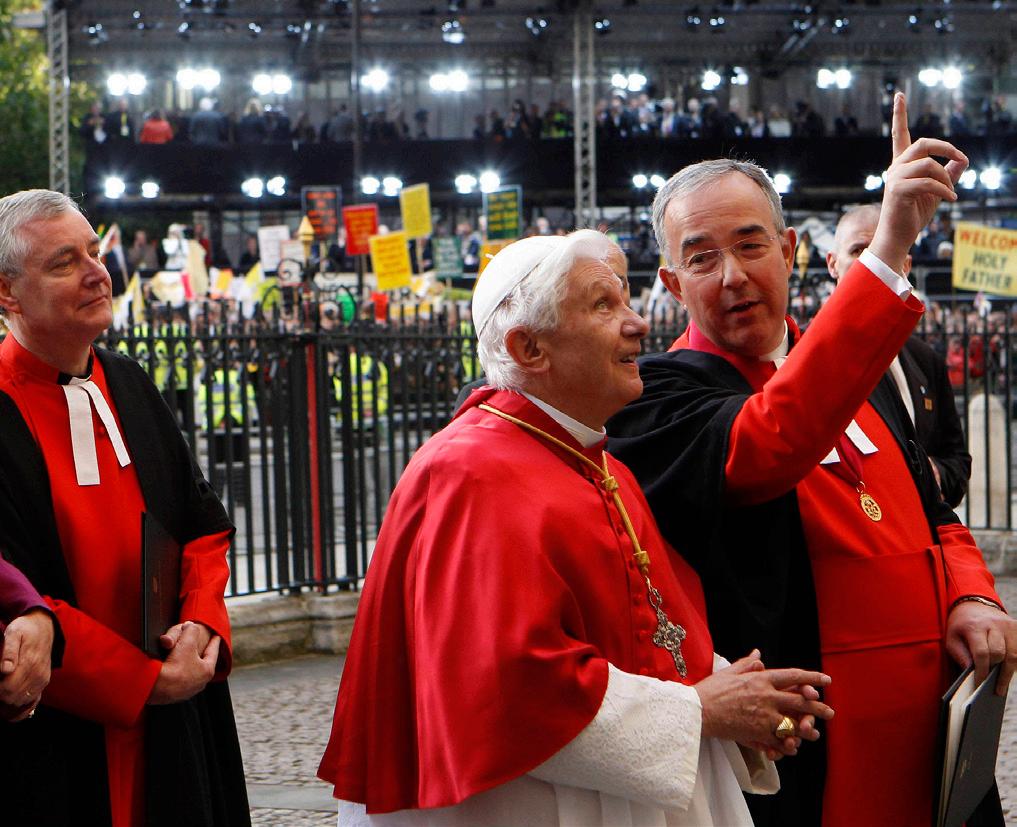
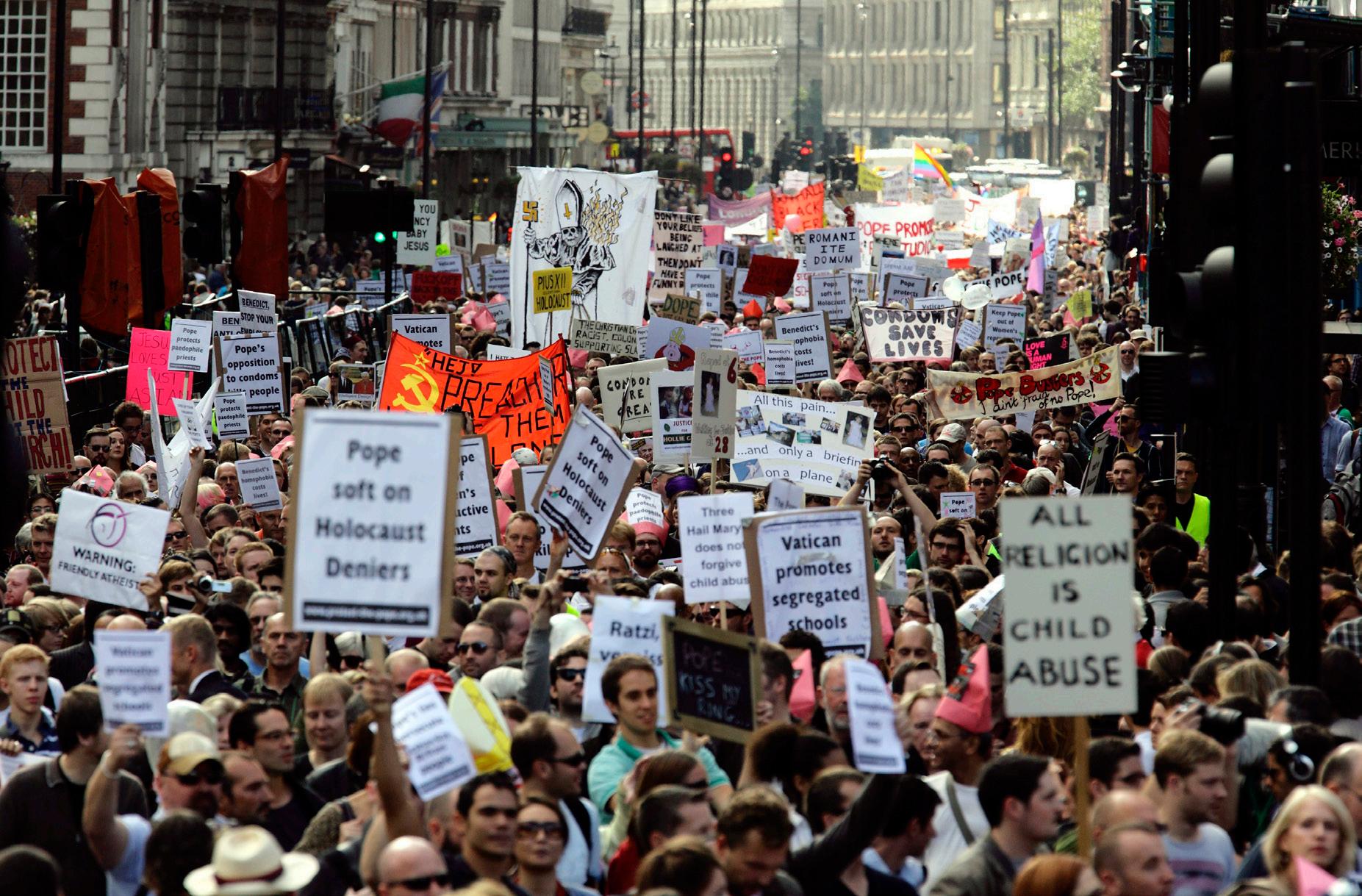
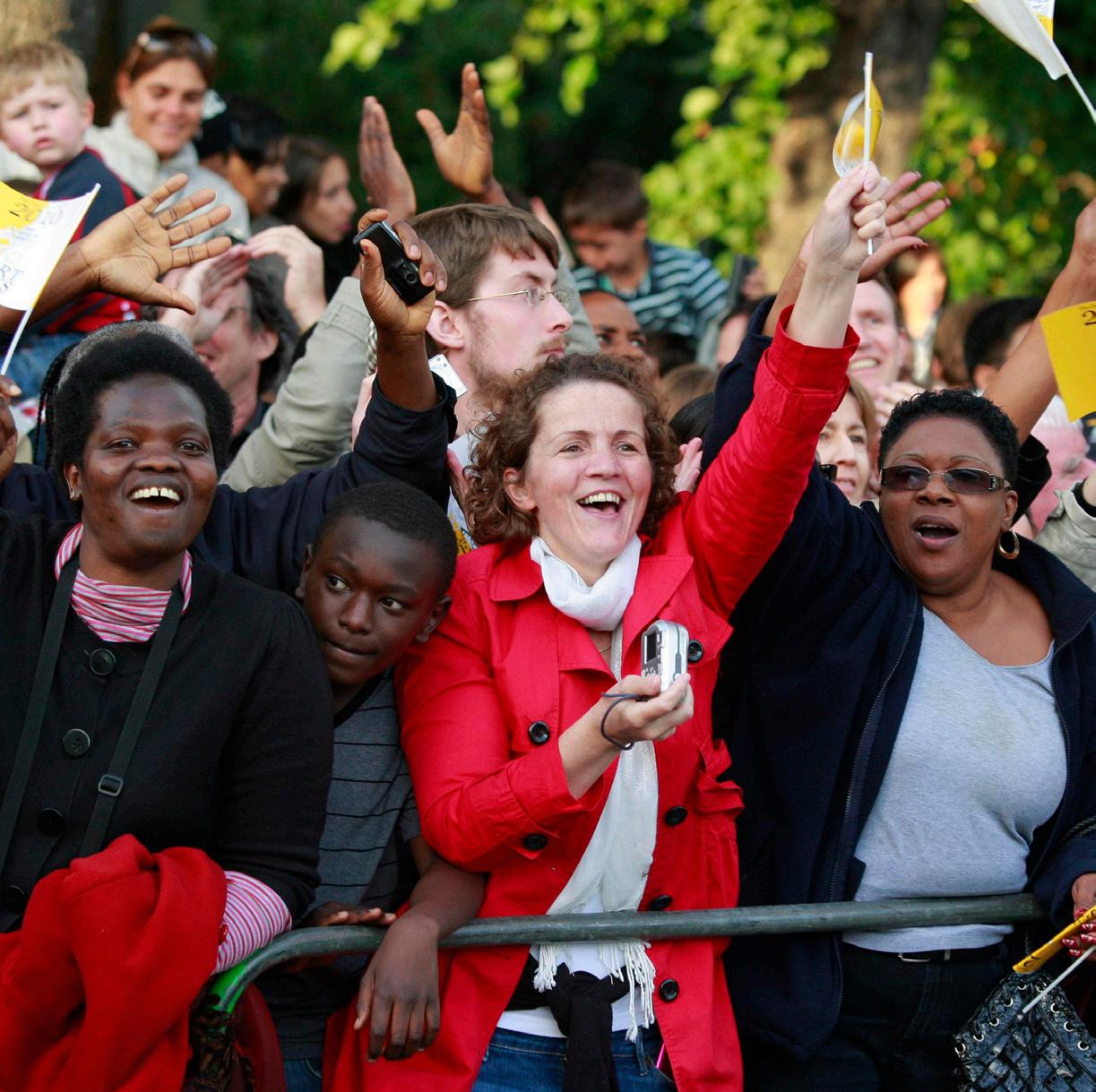
LONDON - In a personal meeting with five victims of clerical sexual abuse, Pope Benedict XVI expressed his “deep sorrow and shame” over their suffering and promised the Church would do “all in its power” to investigate cases of abuse and safeguard the young.
The 18 September encounter in London took place just hours after the German pontiff, speaking at a Mass in Westminster Cathedral, denounced what he called the “unspeakable crimes” committed by some priests against young people.
The Vatican said in a statement that during the 30-minute meeting with victims, the 83 year old Pope was “moved by what they had to say and expressed his deep sorrow and shame over what victims and their families had suffered.”
“He prayed with them and assured them that the Catholic Church is continuing to implement effective measures designed to safeguard young people, and that it is doing all in its power to investigate allegations, to collaborate with civil authorities and to bring to justice clergy and religious accused of these egregious
crimes,” the statement said. The group included four women and one man, all adults, who came from England, Scotland and Wales. Each had time to speak “with great intensity and emotion” about their suffering, the Vatican spokesman, Fr Federico Lombardi SJ, told reporters.
He said the Pope prayed with them at the beginning and the end of the encounter; the only other people present were three people who work with abuse victims and a translator.
The Vatican said the Pope had “prayed that all the victims of abuse might experience healing and reconciliation, and be able to overcome their past and present distress with serenity and hope for the future.”
Asked whether 30 minutes was enough time for the Pope to have given the victims, Bill Kilgallon, head of the National Catholic Safeguarding Commission, said: “It’s longer than the prime minister got.”
Although the encounter was unannounced, it had been widely expected. The Pope has previously met with abuse victims in the United States, Australia and Malta, and the Vatican has said such meetings are part of an effort to implement the Pope’s own call for “absolute transparency” over sexual abuse and its commitment to reconciliation with victims.
Even as the London meeting took place, however, protesters in
another part of the city - including some sex abuse victims - accused the Pope of protecting priests who have abused minors. Critics said the Pope’s actions to date have failed to address the accountability issue in the Church.
Later in the afternoon, the Pope held an unscheduled meeting with the Church’s child protection officers and said their efforts have helped ensure that allegations of abuse are dealt with “swiftly and justly.”
“While there are never grounds for complacency, credit should be given where it is due: the efforts of the Church in this country and elsewhere, especially in the last 10 years, to guarantee the safety of children and young people and to show them every respect as they grow to maturity, should be acknowledged,” he said.
At Westminster Cathedral, speaking in a homily to an overflow crowd at his only public Mass in London, the Pope focused on the image of the suffering Christ, and he connected it to “the immense suffering caused by the abuse of children, especially within the Church and by her ministers.”
“Above all, I express my deep sorrow to the innocent victims of these unspeakable crimes, along with my hope that the power of Christ’s grace, His sacrifice of reconciliation, will bring deep healing and peace to their lives,” he said.
“I also acknowledge, with you, the shame and humiliation which
all of us have suffered because of these sins; and I invite you to offer it to the Lord with trust that this chastisement will contribute to the healing of the victims, the purification of the Church and the renewal of her age-old commitment to the education and care of young people,” he said.
The Pope expressed his gratitude for the efforts to confront the sex abuse problem in the Church, and he asked all Catholics to “show your concern for the victims and solidarity with your priests.”
In Britain, after dozens of priestly sex abuse cases came to light in the late 1990s, Bishops adopted a series of measures to protect children, setting up a national office for child protection and encouraging the appointment of trained child protection officers in each parish and school.
The Bishops also made a commitment to turn every case of alleged child abuse over to the police. On the plane to Great Britain on 16 September, Pope Benedict said the Church was not vigilant enough or fast enough in responding to cases of sexual abuse. “These revelations were for me a shock, and a great sadness. It is difficult to understand how this perversion of the priestly ministry was possible,” he said. He said helping the victims overcome trauma was the Church’s first priority, and said perpetrators must never be allowed access to children.
The Pope’s comments have consistently drawn criticism from sex abuse victims’ advocacy groups like the US-based Survivors Network of those Abused by Priests, known as SNAP. His remarks on the plane were also dismissed by critics.
“It’s disingenuous to say church officials have been slow and insufficiently vigilant in dealing with clergy sex crimes and cover ups.
On the contrary, they’ve been prompt and vigilant, but in concealing, not preventing, these horrors,” said Joelle Casteix in a statement published on SNAP’s website.
Among the relatively small number of protesters demonstrating against the Pope’s visit in Britain, were those holding signs and banners that read: “Put the Pope on trial” and “Pope, protector of pedophile priests.” The liturgy at Westminster Cathedral featured Latin and English-language prayers, and was attended by representatives of other Christian churches, including Anglican Archbishop Rowan Williams, who hosted the Pope the day before at the Anglican headquarters in London. The Pope noted the giant crucifix that dominates the nave of the Cathedral, and said this striking image and its connection with the eucharistic sacrifice was at the heart of the Catholic faith.
“Here in England, as we know, there were many who staunchly defended the Mass, often at great cost, giving rise to that devotion to the most holy Eucharist,” he said.
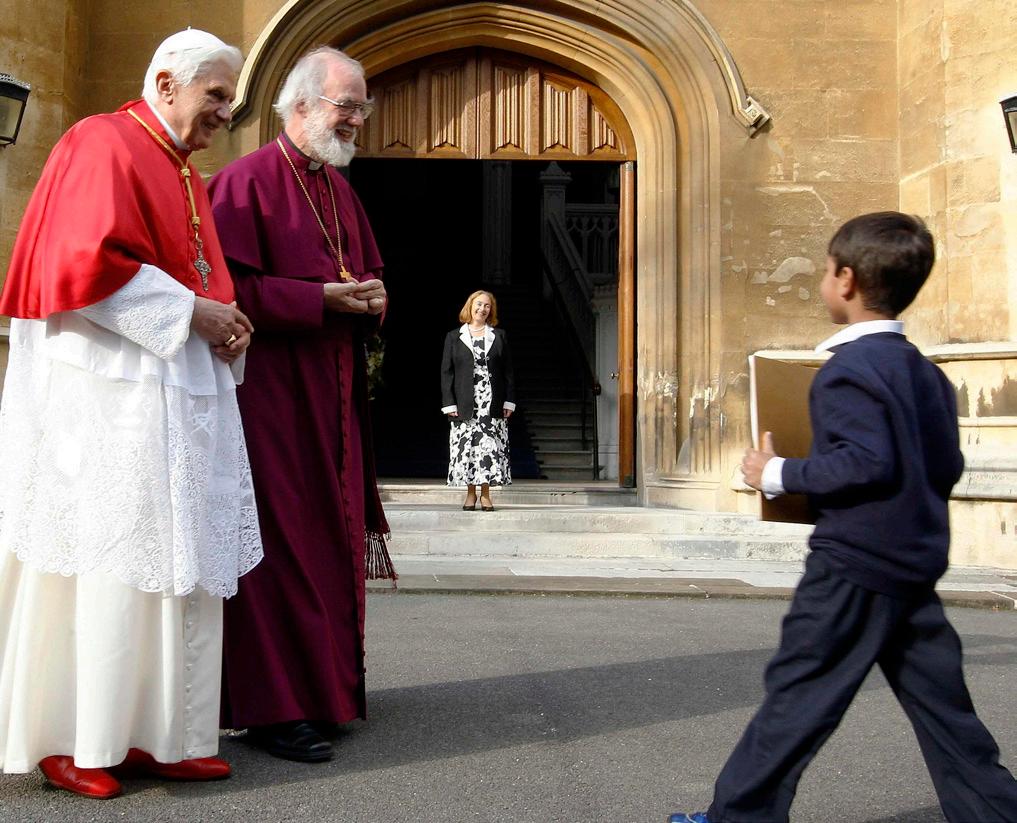
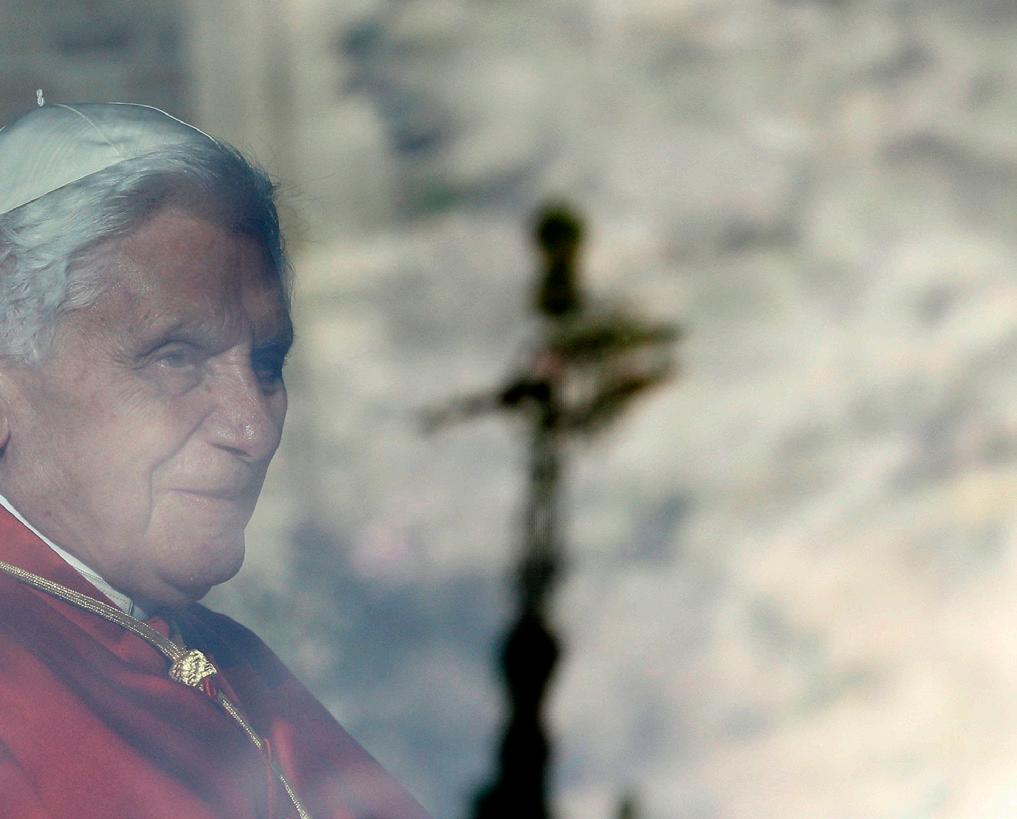

BIRMINGHAM, England - In the central liturgical moment of his four-day trip to Great Britain, Pope Benedict XVI beatified Cardinal John Henry Newman and said his vision of religion’s vital role in society should serve as a model today.
Celebrating Mass in Birmingham on 19 September for more than 50,000 people, the Pope read aloud the decree proclaiming Cardinal Newman “blessed,” a major step on the way toward official recognition of sainthood.
A giant portrait of Blessed Newman hung behind the altar, and smaller likenesses were carried to the Mass by many of the faithful who filled Cofton Park in a suburb of the city.
Pope Benedict and the main concelebrants of the Mass processed to the altar while the choir and crowd sang Praise to the Holiest in the Height, a hymn with lyrics written by Cardinal Newman. The lyrics to the offertory song, “Firmly I Believe and Truly,” also were written by the Cardinal.
Blessed Newman, a 19th-century theologian and a prolific writer on spiritual topics, left the Anglican Church and embraced Catholicism at the age of 44. The Pope announced that his feast day would be on 9 October, the day of his entry into the Catholic Church, but he did not mention his conversion or his relationship with the Anglicanism.
But welcoming Pope Benedict, Archbishop Bernard Longley of Birmingham offered a prayer of thanks for the Anglicans who nurtured Cardinal Newman’s faith and for Blessed Domenico Barberi, a Passionist priest who welcomed him into the Catholic Church in 1845.
In his homily, the Pope drew a portrait of Blessed Newman as a man who had profound insight into the Christian call to holiness and the importance of prayer and whose eloquent prose was able to inspire many of his time and subsequent generations.
In particular, he said, Blessed Newman examined the relationship between faith and reason and “the vital place of revealed religion in civilised society” - themes which the German Pope has hammered home during his visit to Great Britain.
The Pope paid special tribute to Blessed Newman’s vision of education, which combined intellectual
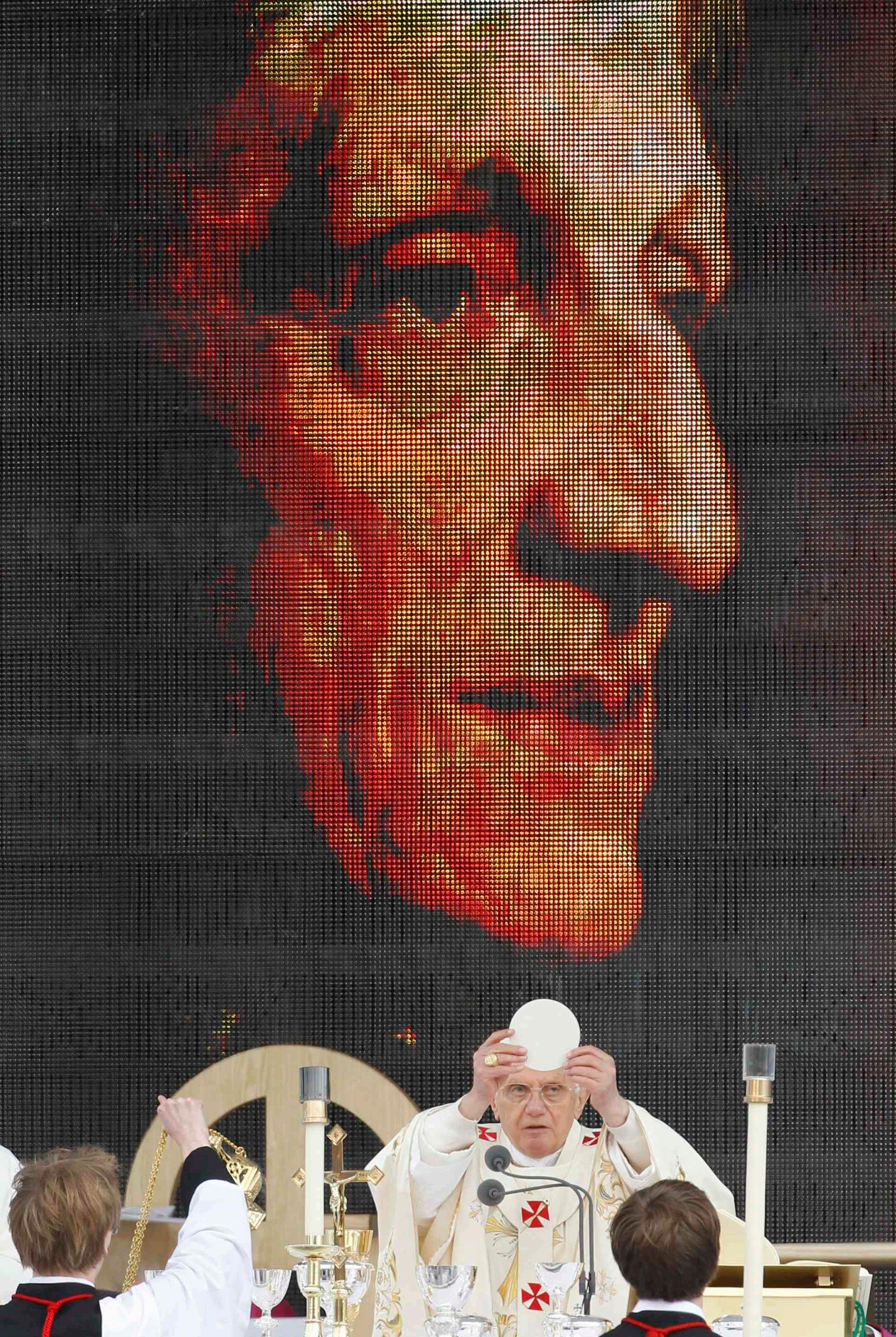
training, moral discipline and religious commitment. He quoted the theologian’s appeal for a well-instructed laity and said it should serve as a goal for catechists today: “I want a laity
not arrogant, not rash in speech, not disputatious, but men who know their religion, who enter into it, who know just where they stand, who know what they hold and what they do not, who know their
creed so well that they can give an account of it.” Beyond Blessed Newman’s intellectual legacy, the Pope added, was his service to others as a priest - visiting the sick and poor, comforting the bereaved
and caring for those in prison. “No wonder that on his death so many thousand people lined the local streets as his body was taken to its place of burial not half a mile from here,” he said.
Deacon Jack Sullivan of Marshfield, Massachusetts, whose healing from a crippling spinal condition in August 2001 was the miracle that allowed for Cardinal Newman’s beatification, read the Gospel at the Mass. Earlier in the liturgy, after the Pope read the decree of beatification, Deacon Sullivan and his wife, Carol, carried a relic of Blessed Newman to Pope Benedict.
The Pope began his homily by noting that the day marked the 70th anniversary of the Battle of Britain, a key chapter of British resistance to Nazi air attacks during World War II. He recalled that in late 1940 the nearby city of Coventry had suffered heavy bombing, with massive loss of life.
“For me as one who lived and suffered through the dark days of the Nazi regime in Germany, it is deeply moving to be here with you on this occasion and to recall how many of your fellow citizens sacrificed their lives, courageously resisting the forces of that evil ideology,” he said.
He said he joined in recalling the “shame and horror” of the death and destruction caused by the war and called for a commitment to work for peace and reconciliation wherever the threat of conflict looms.
Pilgrims were required to arrive at the Mass site hours before the Pope, so they waited in a drizzle huddled in the dark with hands wrapped around steaming thermos cups of tea.
Katrina and Steve Herbert arrived from Aldershot shortly after 4am with their eight children, ages 13 years to 13 months.
“We have frozen. The kids have been pale green most of the day,” the mom said, but “it’s wonderful to be here. It’s an incredible day for our country and for Catholics.”
The Bishops’ official papal visit Twitter feed said: “A true English beatification: cold, wet, rainy.”
Ian Johnston, 50, who came to Birmingham with an Irish group from the Neocatechumenal Way, said, “It was wonderful to see the sun come out as soon as the Pope arrived.”
After the Mass, Pope Benedict visited the Birmingham Oratory of St Philip Neri, a religious community established by Cardinal Newman and the place he lived until his death in 1890. The Pope visited the recently remodelled oratory chapel and the rooms of Cardinal Newman, which are now a museum.
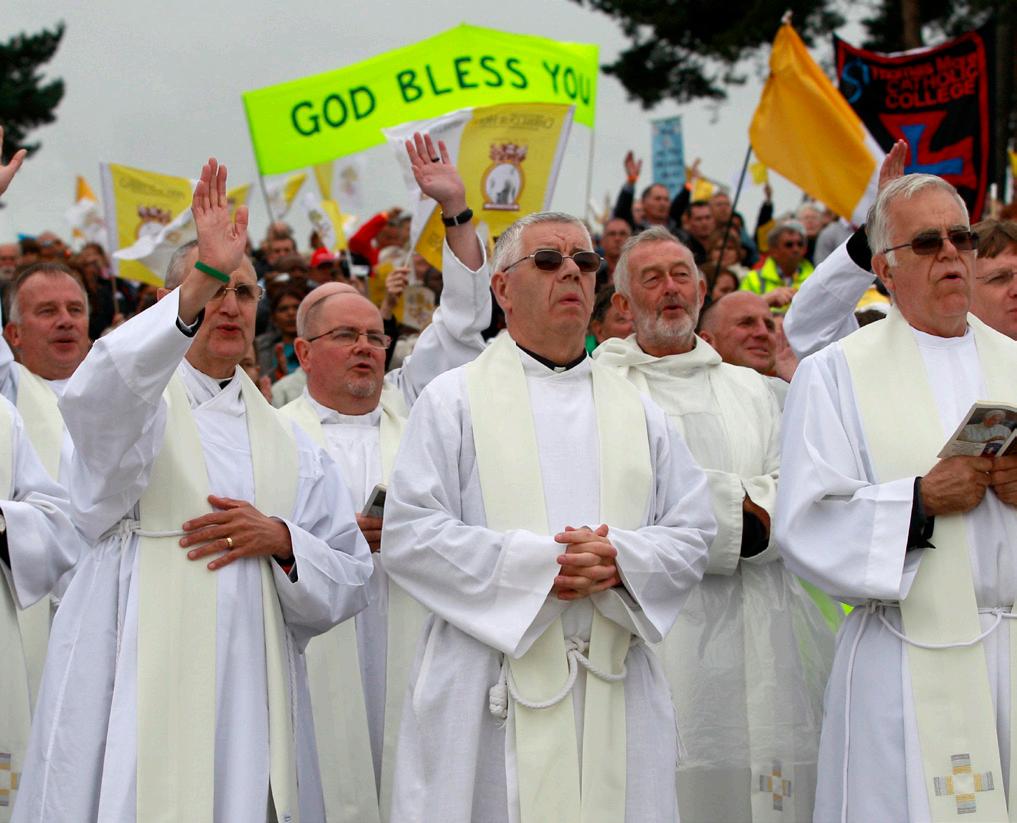
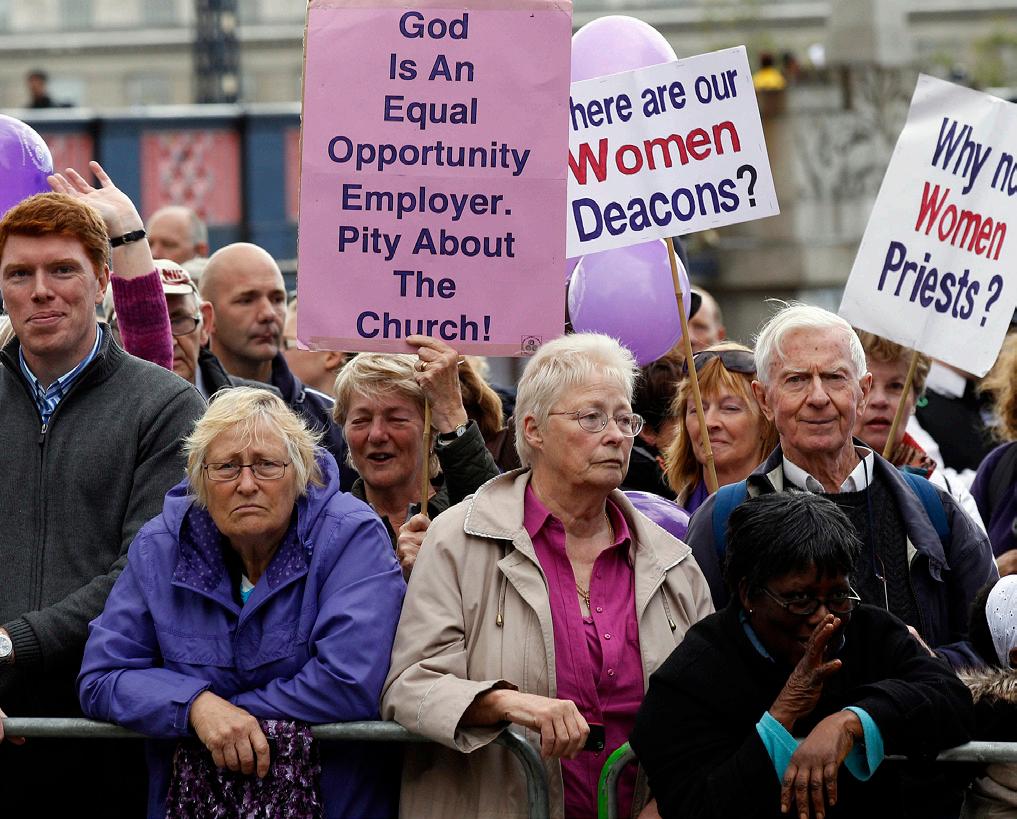

LONDON - In a major address to British cultural and political leaders, Pope Benedict XVI warned that Christianity risks being marginalised in Western societies and said the “voice of religion” must be heard in the public square.
The Pope’s 17 September speech laid out his vision of how religious belief can influence the political process and preserve the ethical principles necessary for true democracy. Religion, he said, is “not a problem for legislators to solve, but a vital contributor to the national conversation.”
The German pontiff addressed about 2,000 leading figures in politics, business, the arts and diplomacy in Westminster Hall, a site rich in Church-State history.
State trumpeters greeted the Pope with a fanfare, and he was escorted into the hall by the Gentleman Usher of the Black Rod, whose official duties include the welcoming of outside guests. An ovation filled the hall as the Pope, wearing a red cape, took the podium and delivered a speech televised across the country.
The Pope recalled that Westminster Hall was where St Thomas More, the 16th-century English scholar and statesman, was sentenced to death for opposing King Henry VIII’s break with the Catholic Church.
He said the saint’s trial underscored a perennial question about how much governments can impose upon citizens and their religious beliefs.
Modern democracies, he said, face a particular challenge: making sure that fundamental moral principles are not determined by mere social consensus.
The Pope said the Church teaches that the ethical foundations for political choices can be found through reason; the Church does not dictate these norms as religious truths, but it does promote them in a “corrective” role, he said.
This contribution of religion is not always accepted, he said, in part because “distortions of religion” like fundamentalism are seen as creating serious social problems. But he said reason, too, can fall prey to distortions, as when it is manipulated by ideology.
In short, he said, the world of reason and faith need each other, and their relationship is a “two-
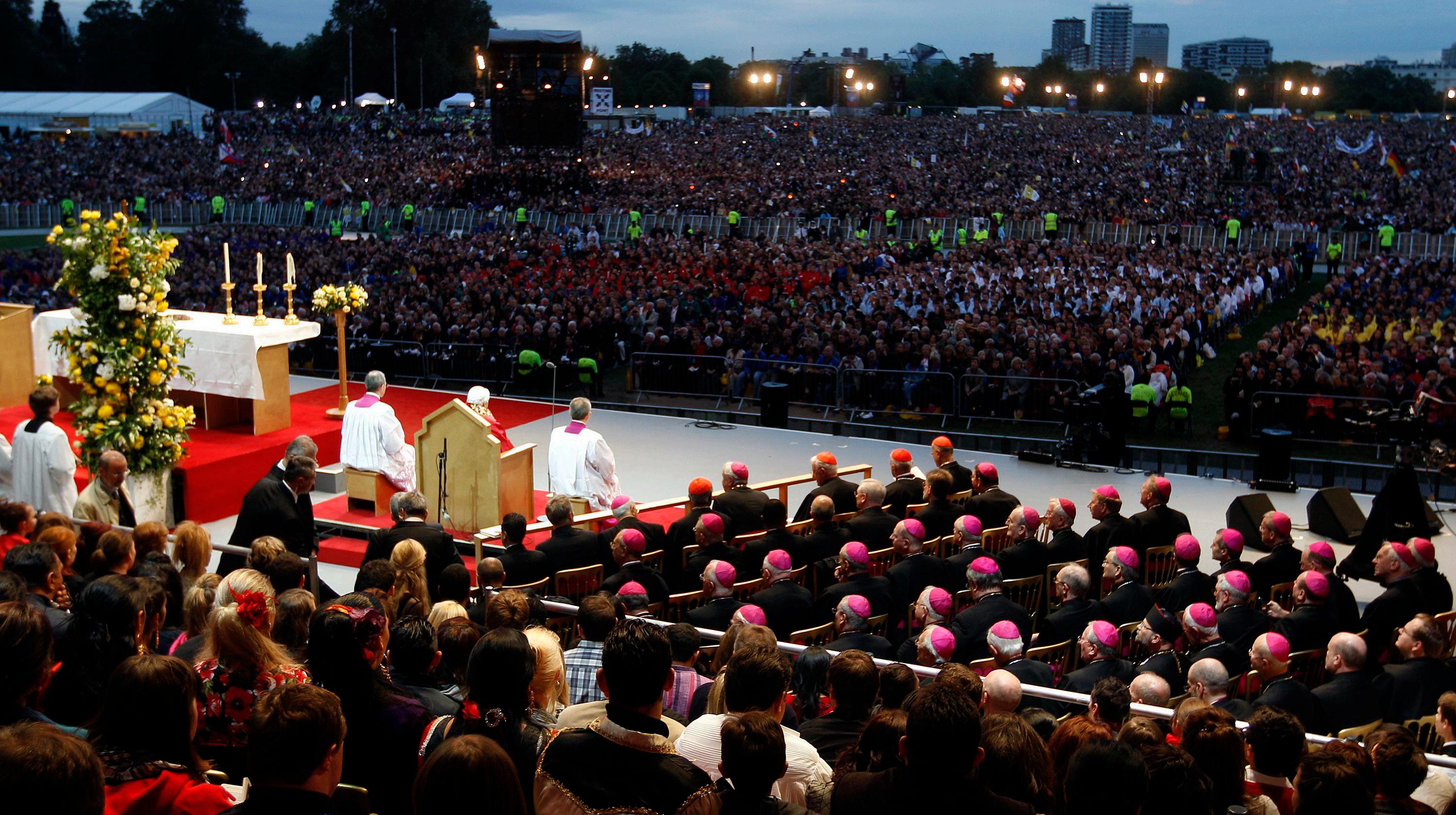
way process.” Pope Benedict then turned to the present and warned about what he called “the increasing marginalisation of religion, particularly of Christianity,” which he said is occurring even in countries that have a reputation for tolerance.
He said there are some who argue, for example, that Christmas should not be publicly celebrated because it might somehow offend those of other religions or of no religion. He also complained of a failure to appreciate freedom of conscience and the legitimate role of religion in public debate.
Some, he said, openly advocate that “the voice of religion be silenced, or at least relegated to the purely private sphere.” On the contrary, religion and politics need to be in dialogue, he said, and one step in that direction was the “unprecedented invitation extended to me today.”
In his speech, the Pope was returning to a favourite theme, one he has written and spoken about for years. At Westminster, to better drive his points home, he connected these arguments with some real-life situations - including a pointed reference to the US banking bailout over the past two years.
The Pope said it was clear that global poverty requires fresh thinking and firm financial commitments by richer countries in order to improve living conditions
in areas such as family support, jobs, clean water, education and health care.
“Where human lives are concerned, time is always short: Yet the world has witnessed the vast resources that governments can draw upon to rescue financial institutions deemed ‘too big to fail.’
Surely the integral development of the world’s peoples is no less important: Here is an enterprise, worthy of the world’s attention, that is truly ‘too big to fail,’” he said.
The Pope said the global economic crisis, which has severely impacted millions of people, reveals the inadequacy of pragmatic, short-term solutions to problems caused in part by “the lack of a solid ethical foundation for economic activity.”
The Pope also offered an example of where ethical and moral influences have brought about a notable achievement: the abolition of the slave trade by the British Parliament in 1807.
In Westminster Hall, which is part of the Parliament complex, the Pope said that “the angels looking down on us from the magnificent ceiling” were a reminder of the traditional religious element in British democracy.
“They remind us that God is constantly watching over us to guide and protect us. And they summon us to acknowledge the
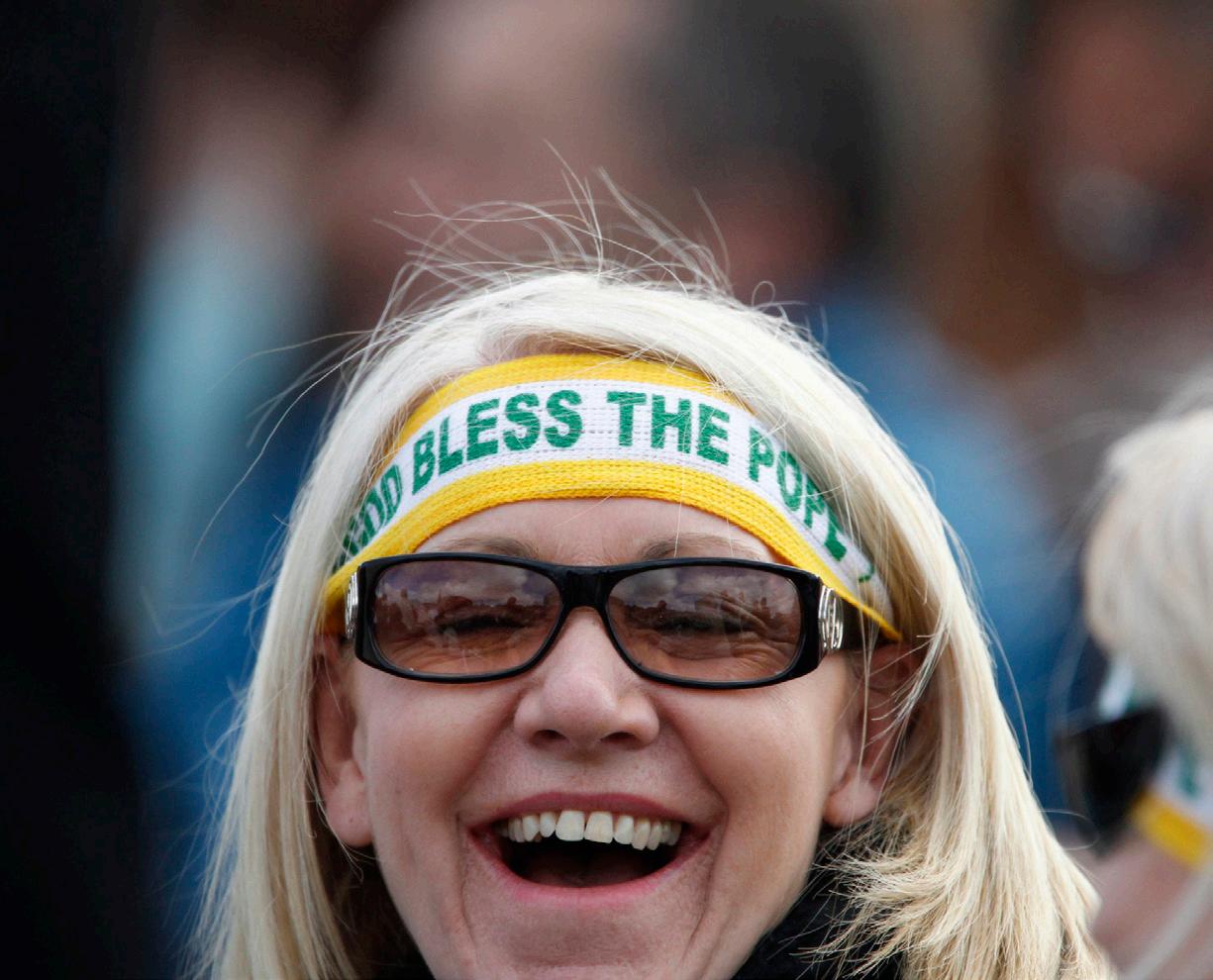
vital contribution that religious belief has made and can continue to make to the life of the nation,” he said.
Among those welcoming the Pope was House of Commons Speaker John Bercow, who spoke of a “healthy tension” in the relationship between Church and State in Great Britain, including robust debate on social, scientific and sex-
Before leaving, the Pope briefly greeted a number of dignitaries, including former Prime Minister Tony Blair, who became a Catholic after leaving office three years ago.
George Weigel
releases new book on John Paul II’s later years
WASHINGTON DC (CNA/ EWTN News) - More than a decade after writing Witness to Hope: The Biography of Pope John Paul II, renowned Catholic author and theologian George Weigel is releasing a second book on the late Pope, continuing the story where he left off.
The End and the Beginning: Pope John Paul II – The Victory of Freedom, the Last Years, the Legacy went on sale on 14 September.
“At my last meal with John Paul II, which was on 15 December, 2004, I promised the Pope that, if he didn’t bury me first, I’d finish what I started in the matter of his biography,” Weigel told CNA. “The End and the Beginning is the fulfillment of that promise: it’s both the completion of the story, and an amplification of Witness to Hope.”
The End and the Beginning starts with a prologue summarising the story told in Witness to Hope, which ends in 1999.
Then, said Weigel, it revisits John Paul’s 40-year struggle against communism, taking into account documents that had previously been considered classified and top secret.
“It’s now widely recognised that John Paul II was the pivotal figure in the collapse of European communism - a proposal I was sometimes ridiculed for making when I first broached it in 1992,” Weigel

pointed out. Now that opinions have changed, he continued, he felt that it was important to revisit that part of John Paul II’s life with reference to the newly-available evidence.
The second part of The End and the Beginning recounts the last years of John Paul II, which Weigel described as “full of drama.” In this section, he covers the Great Jubilee and the Pope’s pilgrimage to the Holy Land, the 11 September, 2001 terrorist attacks, and the 2002 scandals of clerical abuse and episcopal misgovernance faced by the Church in the US.
In addition, Weigel covers the Pope’s health struggles, which included at least one “dark night” of the soul, as well as his final months, a period Weigel refers to as “his last, and perhaps most impressive encyclical”.

The final section of the book is “a lengthy analysis, appreciation and evaluation of Karol Wojtyla the man and John Paul II the Pope,” Weigel told CNA.
“I think the people of the Church know that Karol Wojtyla was a man of heroic virtue, and they’ve already beatified and canonised him in their hearts,” Weigel remarked.
“I have never believed that there was any rush about the formal canonical process of beatification and canonisation, which ought to proceed according to the Church’s established patterns of investigation and reflection.”
Considering the extraordinary
life of the pontiff, Weigel observed that five years after his death, his legacy continues to flourish. “He was, obviously, the great Christian witness of the second half of the 20th century.
“His determination to make the world look closely at the stuff of its redemption in the Great Jubilee of 2000 now seems to have been one of the great papal initiatives in history.”
“Then there is his teaching, with which the Church will be grappling for centuries to come,” Weigel asserted.
“Above all, John Paul II made the Christian proposal plausible and compelling at a moment when
the Church seemed out of evangelical energy. The ripple effects of his witness are still being felt throughout the world.”
Commenting on sexual abuse within the Church, Weigel called for the media to reevaluate the efforts made by John Paul throughout his pontificate.
He emphasised that the late Pope spent 26 years “reforming the priesthood by inspiring men who would never abuse their priestly trust to take up the glory and the burden of ordained ministry in the Catholic Church today.”
“Then, in 2002, when it became clear to the Pope that steps had to be taken to deal with sins and crimes from the past, those steps were taken,” he continued.
Observing the incomplete picture seen by those who “believe that the abuse scandals are the allpurpose filter or lens for seeing the entirety of the Catholic Church,” Weigel added that he hopes his latest book will help “remind the media and the world that there is far more to the Catholic story than abusive clergy and the failures of Bishops to deal with these betrayers.”
Calling to mind the Pope’s prominent teaching on topics such as the evangelical core of the Church, the dignity of the human person, Divine Mercy and the “feminine genius,” Weigel told CNA that John Paul II’s writings are especially relevant because they touch on “just about every imaginable area of human life and endeavor.”
“It will take the world Church decades to digest the rich magisterium of John Paul II,” he said.
NEW YORK - Almost 50 years after the Second Vatican Council initiated widespread changes in the Catholic Church, there is still fierce debate among scholars and theologians about how the council should be interpreted, according to speakers at a forum on Searching for Vatican II: Why a Transformative Moment Remains so Elusive
The 14 September event was sponsored by the Centre on Religion and Culture at Jesuit-run Fordham University in New York.
During the sessions of Vatican II, which took place from 1962 to 1965, the world’s bishops issued 16 documents on the Catholic Church and its role in the world.
The purpose of the council was to stimulate spiritual renewal in the Church, update its pastoral attitudes, behaviors and institutions, and promote unity among Christians.
Fr Joseph A Komonchak, a New York archdiocesan priest and coeditor of the English language edition of the five-volume History of Vatican II, said some people understand the phrase “Vatican II” as only the documents produced by the council.
Others use it to refer to what occurred in Rome and throughout the Catholic Church from 25 January, 1959, when Pope John XXIII announced his inten -
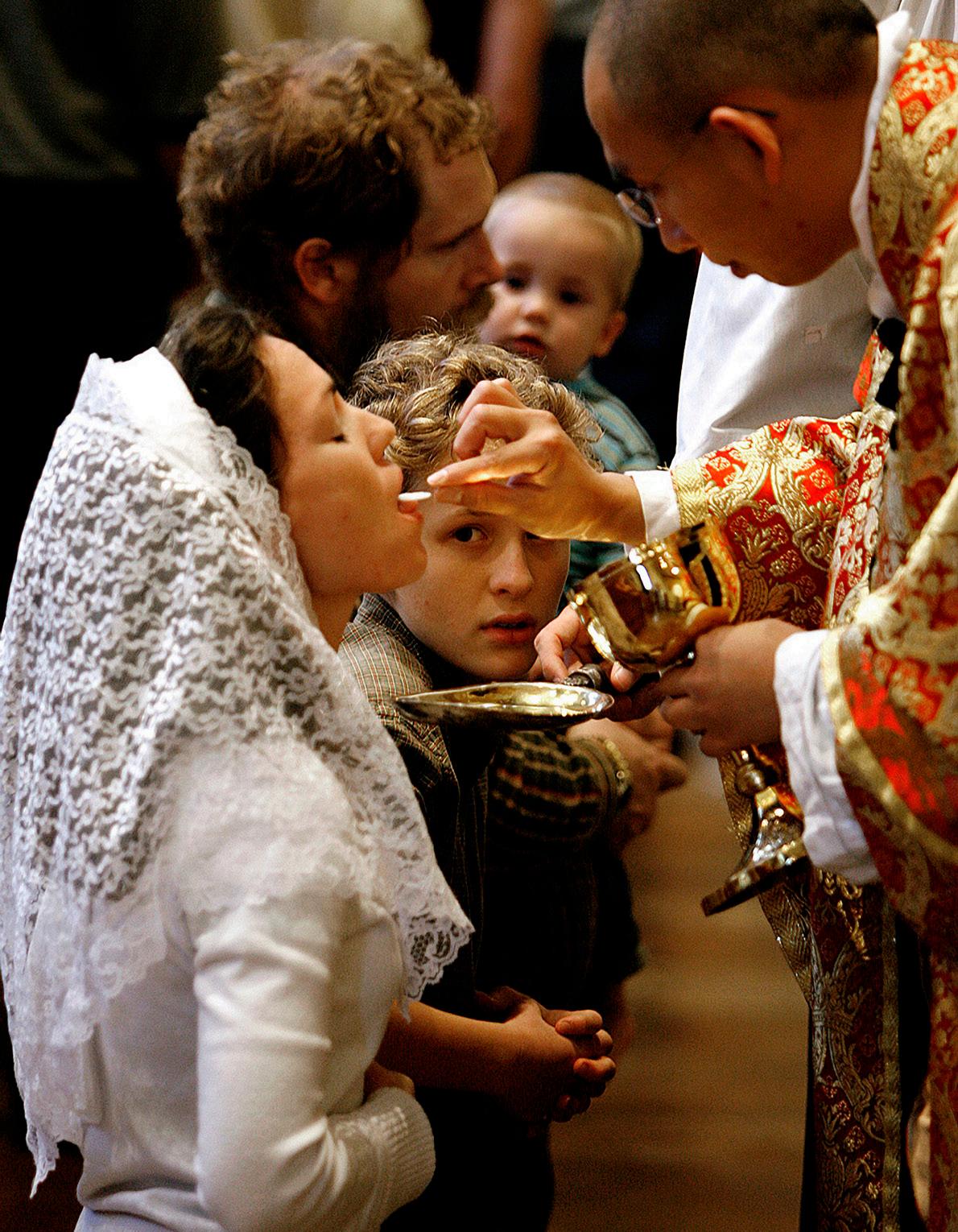
of the Catholic Church and many consider “Vatican II” to include the reforms implemented in its aftermath.
Fr Komonchak said historians judge “that the council was the most important religious event since the Protestant Reformation and that the Catholic Church changed more in 10 years than it had in the previous hundred.”
He said there are three competing interpretations of the council’s historic significance. The progressive and the traditionalist “draw a sharp contrast between the Church as it was before Vatican II and the Church as it was after it,” with the traditionalist favouring the earlier time and both interpretations focusing on breaks, ruptures and discontinuities.
“The reformists downplay the elements of discontinuity that the other two accentuate,” Fr Komonchak said. The council participants “did not intend revolutionary breaks in the Church’s life but rather reform and renewal in the light of, and continuous with, its broad and deep tradition.
because people in the Church continue to argue about the authority of Vatican II.
He said that some are uncomfortable with the redistribution of power it called for; that advocates of change urge that issues which arose in the wake of the council be interpreted in light of the council; and that there is disagreement about whether the texts should be interpreted literally and there were many items left unresolved at the end of the council.
Fr Komonchak said some texts were deliberately left open-ended.
Melissa Wilde, associate professor of sociology at the University of Pennsylvania, said most of the post-Vatican II conflict has been in areas where the council texts are ambiguous or open-ended. “Where clear statements were made, such as the Declaration on Religious Freedom, they were listened to.”
tion to convoke a council, until 8 December, 1965, when Pope Paul VI brought
“This is the true ‘spirit of Vatican II,’” he said, and Pope Benedict XVI has been the chief representative of the reformist interpretation for 25 years. Fr Komonchak said Vatican II did not discard any dogma of the church or promulgate new dogma, but recovered important doctrines that had been neglected, including the collegiality of Bishops, the priesthood of all the baptised, the theology of the local Church and the importance of Scripture. Peter Steinfels, co-director of the Fordham Centre on Religion and Culture, said the transformative effect of Vatican II remains elusive
Religious liberty, the document said, is a right found in the dignity of each person and no one should be forced to act in a way contrary to his or her beliefs. She said the biggest problem for people trying to understand the reforms of the council is that “it eliminated things they liked” but “didn’t give them the things that mattered, like birth control.” Wilde said the council reforms were not evenly instituted across the world.
Fr Komonchak said some of the reported resistance to the reforms of Vatican II is exaggerated. “Vatican II has not been repealed. By and large, the positive changes it brought about are here to stay and the typical parish is still living them. There is a fundamental core.
“The answer to what Vatican II was is still being determined by how Catholics are living today,”
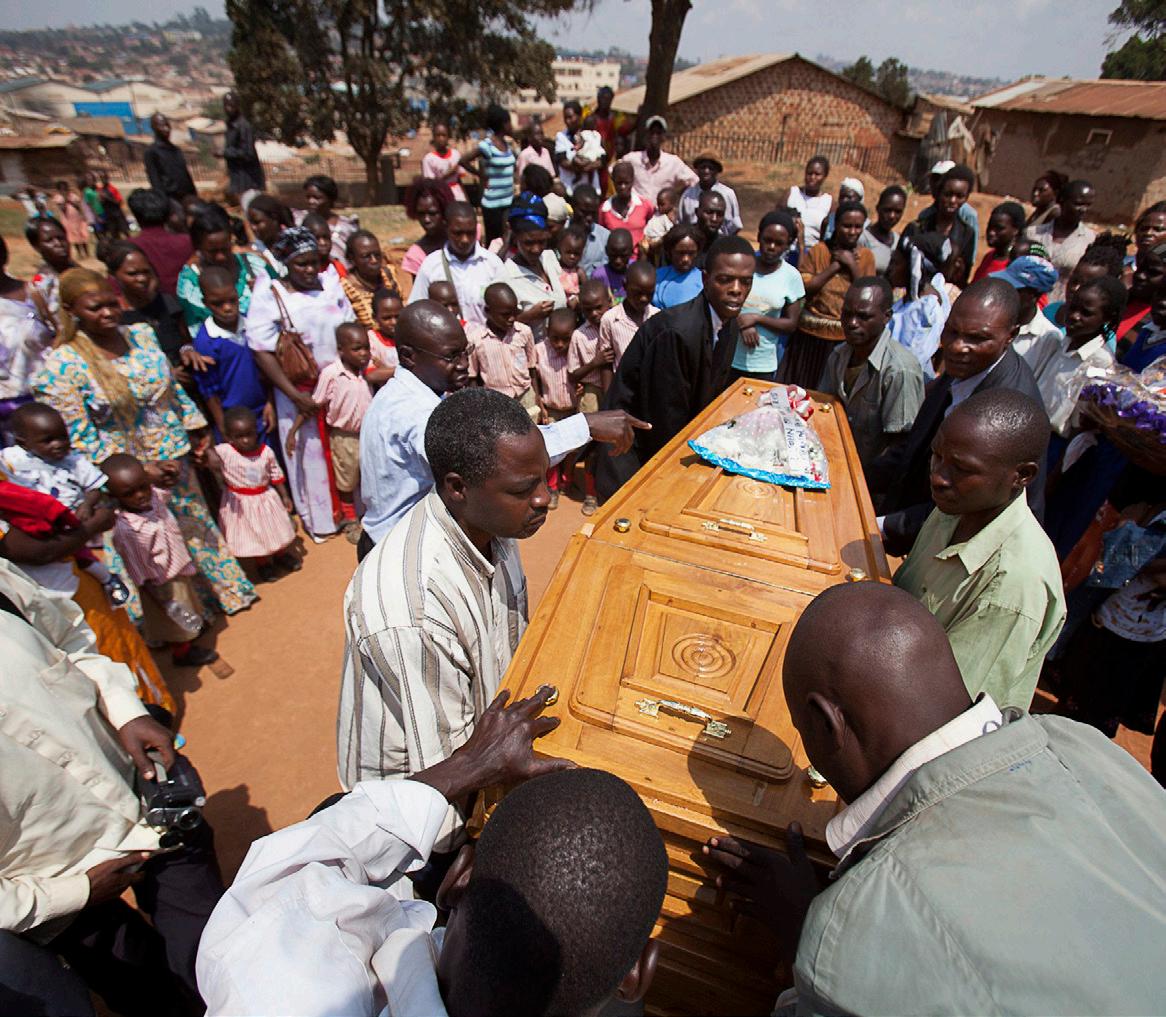 By BarB Fraze Catholic News Service
By BarB Fraze Catholic News Service
WASHINGTON - Two Ugandan Bishops - one Catholic and one Anglican - travelled across Africa and the Atlantic to tell US officials that regional dialogue with the Lord’s Resistance Army would work better than a military option against it.
“The issue is no longer the LRA and Uganda,” said Archbishop John Baptist Odama of Gulu. “The issue now is regional.”
Archbishop Odama has headed the Gulu Archdiocese in northern Uganda since 1999 and, during that time, has worked to end hostilities between the Ugandan military and the rebel Lord’s Resistance Army, known for its brutality and especially for kidnapping children to use as soldiers and sex slaves.
The LRA, once based in northern Uganda, has spread its operations to Southern Sudan, Congo and the Central African Republic.
The Archbishop is President of the Acholi Religious Leaders Peace Initiative, an interfaith organisation formed in the late 1990s to respond to the violence in northern Uganda, where the Acholi ethnic group is based. He traveled to Washington with one of the founding members of the organisation, Anglican Bishop MacLeord Baker Ochola II, retired bishop of Kitgum.
Both men told CNS in midSeptember that they do not oppose the Lord’s Resistance Army Disarmament and Northern Uganda Recovery Act, which President Barack Obama signed into law in May, but were urging US officials to end the use of force in dealing with the LRA.
The cited numerous occasions on which force did not work against the rebel group.
The Bishops met with State Department officials, who have until November to develop a strategy for disarming the LRA. They also met with congressional leaders.
“We are afraid,” Archbishop Odama told CNS. He said the LRA currently is involved in a conflict to destabilise Uganda’s
northern neighbour, Southern Sudan, which is scheduled to vote in January on whether to secede from Sudan.
Congo and the Central African Republic, two countries that border Southern Sudan, also have an interest in its stability, the Archbishop said.
“Let us bring (their) leaders together - the new stakeholders,” he said. “We say: peaceful approach.”
Bishop Ochola, whose daughter committed suicide in 1987 after being brutally attacked by the LRA, said those opposed to peace - those who advocate continued fighting - should also be invited to the dialogue.
He said the Acholi Religious Leaders Peace Initiative leaders have offered to mediate multiple times.
In 2008, rebel leaders had begun negotiations when a Ugandan military offensive drove them into neighboring countries.
In early September, religious leaders from areas affected by the Lord’s Resistance Army met in Southern Sudan to outline a path to peace.
In a statement, the leaders said LRA atrocities gave “no sign whatsoever of being on the decrease.”
The leaders said that in Southern Sudan, the LRA was attacking urban centres with “massive abductions, displacements and killings.”
They said they feared “enemies of peace” would use the LRA to prevent the secession referendum.
Since late 2008, the LRA has killed more than 2,500 civilians in Southern Sudan.
About 90,000 Sudanese in Western Equatoria province have been displaced from their homes, and 25,000 refugees from Congo and Central African Republic have sought refuge in the province.
Archbishop Odama and Bishop Ochola said capturing or killing LRA leader Joseph Kony would not necessarily end the conflict, because the situation is so complex and includes splinter groups and tribal conflicts.
They said adding to the complexity of the situation was that most LRA soldiers were kidnapped and are serving involuntarily.

BALAKOT, Pakistan - In a small rural home that had been turned into a temporary, makeshift medical examining room, the telltale symptoms of childhood malnutrition were evident: thinner-thanusual bodies, darkened eyes, stunting.
So were skin and eye infections and complaints of ongoing diarrhea - the maladies common to children and their families coping with a new disaster on top of the pre-existing problems of poverty, sub-par medical care and finding enough to eat.
“They’re all cross-cutting themes,” said Dr Qamar Zaman, a medical coordinator for the humanitarian agency Church World Service, which has provided medical assistance to survivors of the recent floods in northern Pakistan.
“These people don’t have anything left.”
Zaman and others responding to the floods are worried about what lies ahead in regions such as northern Pakistan which were already neglected before the onset of weeks of flooding that, according to the United Nations, have killed close to 2,000 people throughout the country and left some 10 million homeless.
Now residents of northern Pakistan - still recovering from a devastating 2005 earthquakemust take care of serious humanitarian challenges that are likely to grow more intense in coming weeks and months as this region of high mountains, steep valleys and isolated villages prepares for the approaching winter.
Aside from the ongoing concerns of feeding and treating hungry people who suffered from malnutrition and other serious medical conditions even before the floods, there are the worries of providing shelter.
While the waters in NorthWest Frontier province have since receded, the full force of floods that hit the area beginning in late July washed away about 200,000 homes.
In mid-September, as survivors continued the task of trying to figure out what to do, the swift and muddy waters of the Indus River still bore the evidence of destruction - logs and other loose debris from destroyed structures could be seen swiftly moving downstream.
Farm laborer Noor Paras, 72, his home severely damaged from the waters of the Indus, said he and family and neighbours are praying “that God will protect us” as they continue the task of cleaning up and repairing damaged property.
The quiet efforts of neighbours and villages trying to recover, often with some assistance from international groups, are not likely to get much attention.
While there was a flurry of international media coverage of the disaster for several weeks, the “slow-rolling” flooding in other parts of the country and the continued effects of the floods in areas such as northern Pakistan are likely to remain out of sight or concern for much of the world, said Jack Byrne, Catholic Relief Services’ country representative in Pakistan.
“People don’t see it. They just don’t see it,” he said in an interview.
But for those affected, the disaster has “brought people to their knees,” Byrne said.
And while the mid-September celebration of the Muslim holiday of Eid al-Fitr might have brought some temporary respite for those like Paras, the farm labourer, “people will start to show their frustration and anger” if relief efforts are not stepped up, Byrne said.
CRS, the US Bishops’ international relief and development agency, has assisted almost 300,000 Pakistanis with shelter material and hygiene kits.
Workers have taught more than 11,000 people about the risk of diseases that can arise in flood zones and the need for good hygiene.
The agency has developed programmes to assist farmers who have lost crops and livestock. Seed
vouchers, seed fairs and cash-forwork projects are being offered to farm families.
CRS workers plan to construct up to 15,000 transitional shelters for flood victims.
The agency also is hiring residents to restore clean drinking water by rebuilding water supply systems.
Four systems have been repaired and work is continuing on 17 others, CRS reported.
Yet responding in places like North-West Frontier province is never easy, given its isolation and sparse population density, not to mention its reputation as a noticeably insecure area, being the site of clashes between government forces and anti-government insurgents.
And the overall situation in Pakistan remains perilous, said experts who gathered in Islamabad in mid-September to examine some of the problems ahead, particularly issues related to food security.
At an 8 September forum, Wolfgang Herbinger, Pakistan country director for the World Food Programme, said it does not appear that Pakistan faces something as ominous as famine. But that does not minimise the challenges facing the country, Herbinger and others said.
Morosin Ernesto, head of humanitarian aid for the Swiss Agency for Development and Cooperation in Pakistan, took note of a 2009 study by his organisation which concluded that “food insecurity” - problems related to Pakistan being able to feed itself - had worsened in the years just prior to 2009.
About half of the population was already “food insecure” before the floods, he said.
“The floods,” he said, “have indeed made the food-insecure areas much more insecure.”
Noting that the Pakistani government has estimated that nearly a quarter of the country’s current crop has been destroyed in the floods, Ernesto warned: “The food crisis could expand into a longterm problem if farmers cannot get the seeds, draft animals and irrigation repairs they need for the fall.”

Marina White is not afraid of taking her faith to the streets, praising God with the help of Perth buskers.
I was born in Burma in 1935. I am the seventh child in a family of eight children. My parents were Georgia and William Bacon. Mum passed away when I was only one year and five months old. My grandma Emile D’ Castro raised us. I am grateful to her as she set as such a good example. She went to daily Mass and always said her evening prayers. Around her neck she wore the miraculous medal of St Mary.
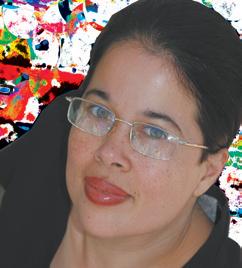 with Debbie Warrier
with Debbie Warrier
Grandma always had her Rosary in her hand. Even on very hot days she would put a towel on her head and walk to the Cathedral to say her daily Stations of the Cross. Grandma was the foundation of our faith.
I remember her reminding me to at least say two decades of the Rosary daily if I could not find the time to say a whole one. Now if I can’t say the whole Rosary I go for seven Our Father’s, seven Hail Mary’s and seven Glory Be’s. Better still I talk directly to God. My shortest prayer is, “The very life you gave me, my very being itself, is in praise of you. All I do, say and think is yours.”
I moved to Australia in 1975. My parish is St Jude’s Church in Lynwood. I was a reader every second Sunday at All Saints Chapel in Perth as well. Due to a fall and a sore knee I am unable to do so now. I still attend the Mass and when I take the bus to the Chapel I say the Rosary. I love to say the Rosary on buses.
After Mass at the Chapel, I shop in the city. I sometimes pay the buskers to strum the guitar while I sing hymns, like “How Great Thou Art” and “Ave Maria.” Sometimes other shoppers join me. It’s a fun way to evangelise.
My love for God deepened when I went with my late husband Peter White to a Charismatic prayer group called, “Group 50” at St Joseph’s Priory. Sometimes it was led by Al Atkinson and other times it was led by Flame Ministries International’s Eddie Russell. I love praying this way too.
There is such freedom in this expression of one’s faith. The gifts of the Holy Spirit truly touch and refine you.
Twenty five years ago I had an experience which I will never forget. I had just dropped off my son Clive at St Jude’s Primary school and decided to visit a Church. I was completely alone. Kneeling before the tabernacle I said to Him,
“Lord, I come here day after day and talk to you. It is just a monologue, not a dialogue. If you are truly there at least let me f….” I wanted to say, “…feel your presence.” Just as I formed the “f” sound there was a loud rumble from the tabernacle.
I was so scared I said, “Stop it! I know now!!” Then there was the sound of fluttering birds even though there were no birds in the Church. I believe it was the presence of my Beloved.
It is important to share our faith which is a wonderful gift that God has given us. We must nurture and strengthen that gift. Don’t give God the “leftovers” of your time. Always give to Him first.

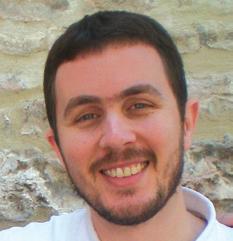
As I write I have been back in Rome for about three weeks, and I am now starting to feel reasonably settled. Thankfully the weather is a lot more reasonable now – not too dissimilar to Autumn in Perth, actually.
I am still immersed in Italian language studies, though here at the North American College it has largely been revision of the material that we learned at such a break-neck pace in Assisi.
We are experimenting with more varied types of conversations than before, which is encouraging, though my sentence structure is still a bit hit-and-miss.
I have had some success using Italian with shop-keepers and the like out in the city, but it remains that the average four-year-old here still speaks better Italian than I do at this point (I even see dogs comprehend things their owners say better than I do!).
Oh well, it makes for a good lesson in humility.
We “New Men” have had a very thorough on-going orientation which is only now starting to give way to a more regular routine. In addition to language classes and various introductory meetings, we have been taken on so many remarkable tours that I have struggled to take it all in.
I guess they wanted to keep us busy so we wouldn’t get too homesick at the outset, but I must admit that I was craving a little space for a while there.
Any one of the experiences we’ve had could potentially be life-changing for someone if they let themselves sit with it for a while, but then two days later we’d be off for another one.
Nonetheless, my favourite of such moments was probably during the “scavi” tour of the recent underground excavations beneath St Peter’s Basilica.
The story of how they discovered the various artefacts is quite remarkable, and to finish by seeing the remains of St Peter right under the main altar was very moving. Most of the bones are within containers, but they have left his jaw-bone out where you can see it: the jaw that proclaimed “You are the Christ”, and which consumed the first Mass during the Last Supper.
The bulk of the 230 or so students have returned to the NAC by now, so there are plenty of new faces here for me to get to know. Thankfully there are another ten Australians here besides myself, and we make sure to get together fairly regularly for a taste of home.
Whilst in some ways the American sub-culture here is not that dissimilar to back home, it’s the little differences that jar me the most.
For example, quite apart from the obvious accent differences, the words and tunes of well-known prayers and hymns will often have a couple of small changes - nothing too dramatic, but just enough to make me unsure of what I’m doing.
(I would also say that the stars up here are the wrong ones too, but then again you can only see a handful of stars at night in Rome anyway so it is a bit of a moot point.)
Being an Australian amongst Americans does have its advantages though: our accents and style of humour are very popular, to the point that the first year guys asked me to start up a weekly e-mail list explaining an Australian slang “Word of the Week” (after much pleading by one of them, last week’s word was “Budgie Smugglers”).
out rituals. As soon as all the first year guys arrived together at the college for the first time they took us straight from the buses and had us process into the chapel for prayer in two lines while the chapel bells were being rung and everyone else was giving us a standing ovation.
The next time each of us will have the bells rung for us will be in four years, as we leave the college for the last time - this time one at a time - to another standing ovation (and no doubt many tears and hugs).
Other fun traditions include the annual softball game between the first and second year students; and a whole series of events on Thanksgiving weekend (late November), including a rather serious American football match between the New Men and everyone

Being part of such a large seminary takes some getting used to as well, though on the whole I’m enjoying having the larger group here. Instead of being a rarity, the dynamics here make being a seminarian seem a far more normal thing to do. The sheer number of priests, sisters, seminarians and such that one sees walking around the streets of Rome means that, unlike in Perth, locals are never surprised when they find out what I’m doing.
Mind you, whenever a few of us are walking around the city in our clerics I do feel a bit like a member of the Swiss Guard in that tourists regularly stop to take photos of us – so the novelty factor is still there somewhat.
The NAC also has many fine traditions that we New Men are gradually being initiated into. Perhaps the most moving is the ringing-in and ringing-
else, and a rather less serious variety show hosted by the New Men.
I’m actually in charge of organising the “New Man Show” this year, which will take a fair bit of work but should also be a lot of fun. I’m also singing bass in the choir, plus I’m occasionally asked to lead a sing-a-long on the piano in the student lounge.
Combined with the upcoming canonisation of soon-to-be St Mary MacKillop, a large Deacon ordination next month, and the beginning of classes in a couple of weeks, I’ve got a fair bit on my plate. Nonetheless, I’m enjoying it all, and the quality prayer life and spiritual direction here are a great consolation.
Thanks again for all your prayers and support, and know that I pray for you all daily, particularly my brother seminarians back in Perth.
I look forward to seeing some of you at the big canonisation next month – it will be good to have an Aussie influx here for a few days.
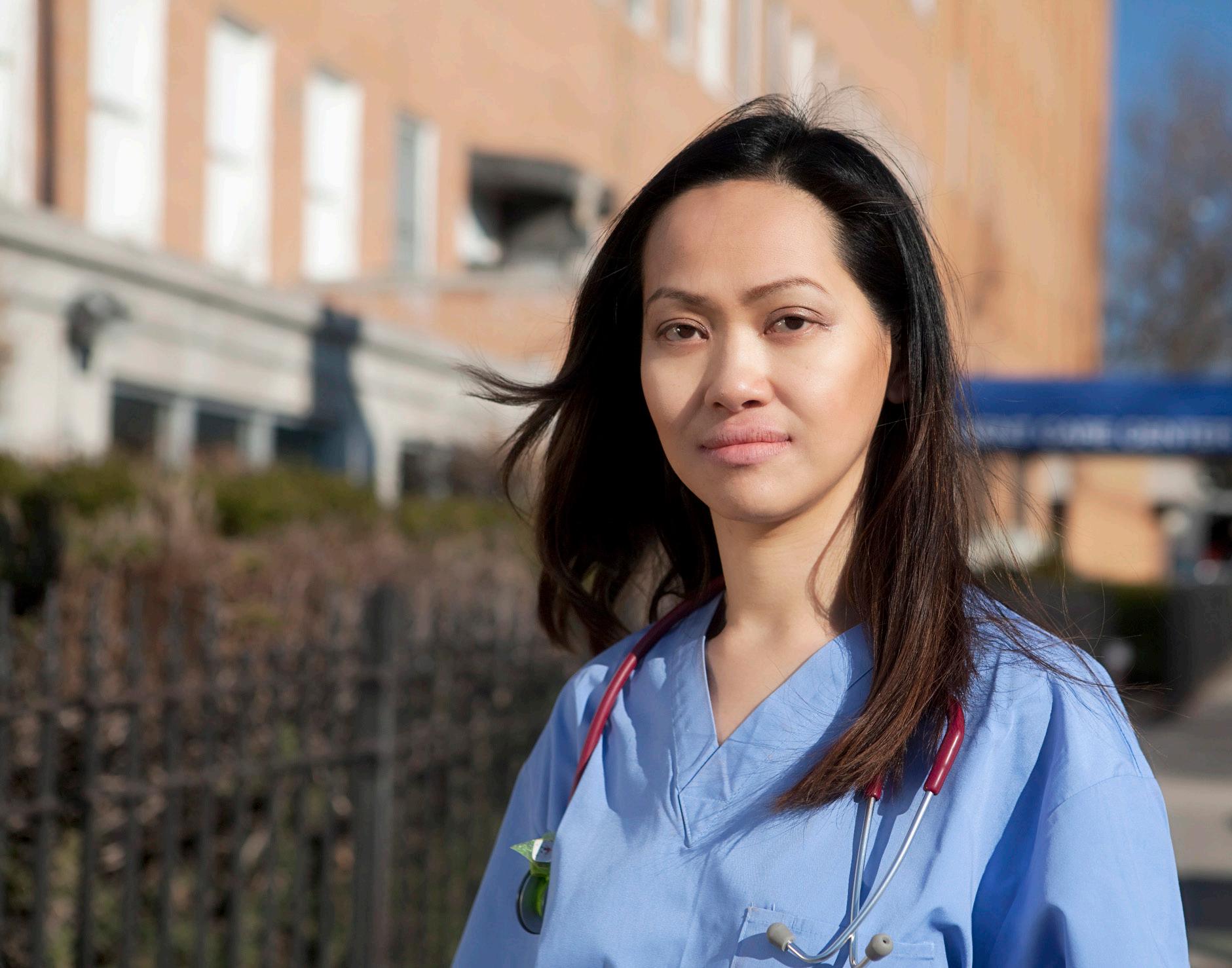
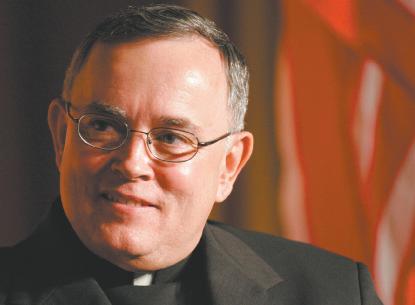
Invited to address Canon lawyers in Slovakia in August, Archbishop Charles Chaput of Denver called on Catholics in the West to overcome the world’s intolerance of Christianity. His words got many people talking. The Record presents Part 3 of his speech.
Abortion is a matter of current law in almost every nation in the West. Let me tell you why I believe abortion is the crucial issue of our age.
First, because abortion, too, is about living within the truth.
The right to life is the foundation of every other human right. If that right is not inviolate, then no right can be guaranteed.
Here’s another truth that many persons in the Church have not yet fully reckoned: The defense of newborn and preborn life has been a central element of Catholic identity since the Apostolic Age.
From the earliest days of the Church, to be Catholic has meant refusing in any way to participate in the crime of abortion - either by seeking an abortion, performing one, or making this crime possible
through actions or inactions in the political or judicial realm.
More than that, being Catholic has meant crying out against all that offends the sanctity and dignity of life as it has been revealed by Jesus Christ.
In our day - when the sanctity of life is threatened not only by abortion, infanticide and euthanasia, but also by embryonic research and eugenic temptations to eliminate the weak, the disabled and the infirm elderly - this aspect of Catholic identity becomes even more vital to our discipleship.
My point in mentioning abortion is this: Its widespread acceptance in the West shows us that without a grounding in God or a higher truth, our democratic institutions can very easily become weapons against our own human dignity.
Our most cherished values cannot be defended by reason alone, or simply for their own sake.
They have no self-sustaining or “internal” justification.
There is no inherently logical or utilitarian reason why society should respect the rights of the human person.
There is even less reason for recognising the rights of those whose lives impose burdens on others, as is the case with the child in the womb, the terminally ill, or the physically or mentally disabled.
If human rights do not come from God, then they devolve to the arbitrary conventions of men and women. The State exists to defend the rights of man and to promote his flourishing. The State can never be the source of those rights. When the state arrogates to itself that power, even a democracy can become totalitarian.
What is legalised abortion but a form of intimate violence that clothes itself in democracy? The will to power of the strong is given the force of law to kill the weak.
That is where we are heading in the West today. And we’ve been there before.
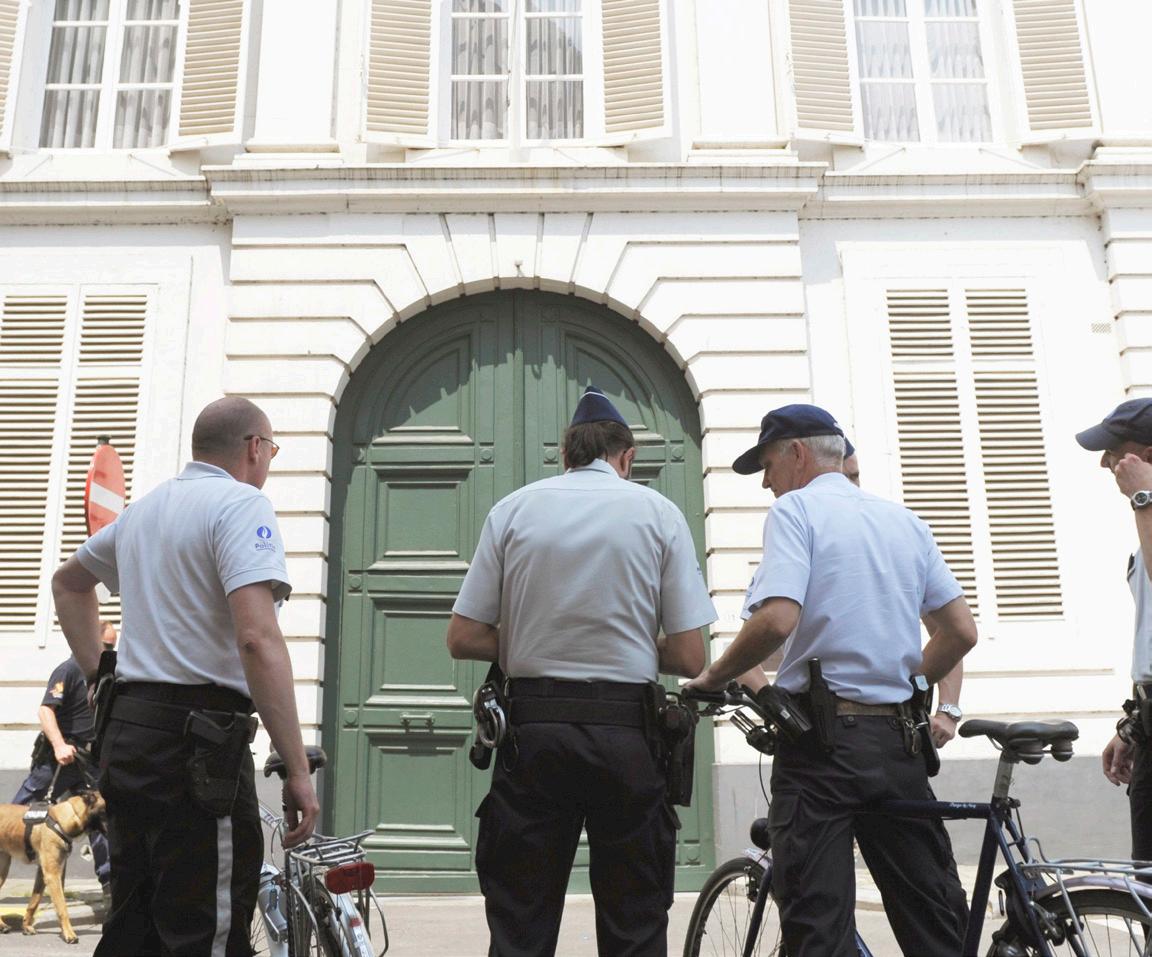
Slovaks and many other central and eastern Europeans have lived through it.
I suggested earlier that the Church’s religious liberty is under assault today in ways not seen since the Nazi and Communist eras. I believe we are now in the position to better understand why.
Writing in the 1960s, Richard Weaver, an American scholar and social philosopher, said: “I am absolutely convinced that relativism must eventually lead to a regime of force.”
He was right. There is a kind of “inner logic” that leads relativism to repression.
This explains the paradox of how Western societies can preach tolerance and diversity while aggressively undermining and penalising Catholic life.
The dogma of tolerance cannot tolerate the Church’s belief that some ideas and behaviors should not be tolerated because they dehumanise us.
The dogma that all truths are relative cannot allow the thought that some truths might not be.
The Catholic beliefs that most deeply irritate the orthodoxies of the West are those concerning abortion, sexuality and the marriage of man and woman.
This is no accident.
These Christian beliefs express the truth about human fertility, meaning and destiny.
These truths are subversive in a world that would have us believe that God is not necessary and that human life has no inherent nature or purpose.
Thus the Church must be punished because, despite all the sins and weaknesses of her people, she is still the bride of Jesus Christ; still a source of beauty, meaning and hope that refuses to die - and still the most compelling and dangerous heretic of the world’s new order.
This column will conclude next week. To view the complete column, see www.therecord.com.au
Dissecting the issue which has brought the Church to its knees
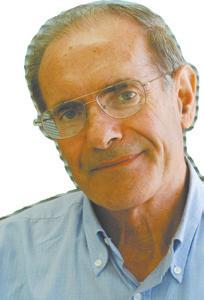 By Anthony Paganoni CS
By Anthony Paganoni CS
That most of the accusations of child abuse in the Church are leveled at ordained ministers is a known fact. And that their story bounces immediately on the international media is also part of our experience. It would be a pity if their story blanketed all the other stories that are enfolding day after day in the Catholic community.
In discussing some of the causes that led to the Protestant Reformation, Daniel-Rops reveals that: “There were undoubtedly very large numbers of saintly individuals in every land and in every walk of life.
This century(15th) of blood and filth produced many shining figures, whose tenderness, charity contrasts remarkably with the attitude of the bulk of their contemporaries and these the Church very rapidly placed upon her altars: Catherine of Siena, St Bridget of Sweden, St Joan of Arc, St Frances of Rome, St Bernardino of Siena and St John Capistrano.”
Even in the decades leading up to the Protestant Reformation, it was rather fashionable for preachers to expound on the vices of clergy and Religious, as the subject would captivate the attention of the audience immediately.
“Absenteeism was a far greater problem than immorality; this evil was extremely widespread. The list of clerics who were interested in everything save their sacred duties was a long one, and it included both the most power-
ful prelates and the humblest parish priests.”
Finally, there was another clerical shortcoming which scarcely troubled the average Christian, but which was to have the most serious consequences: ignorance.
“Priests were recruited indiscriminately and hurriedly trained, and far too many possessed a theological knowledge of such rudimentary nature that it was virtually non-existent.”
Without attempting to compare clerical standards as they were known to exist then with those of our contemporary situation, I am quite sure that today’s standards, even if not perfect, are sufficiently sound to be able to stand up to the scrutiny of analysts both inside and outside the Church.
As reported by Daniel-Rops, even when examining the ups and downs of clerical standards in the Pre-Reformation period, one extremely anti-clerical historian admits that:
“The complaints against the growing vices of the clergy, which were liberally heaped upon the priests of the period, were often inspired by the desire for edification, or by anger and envy rather than by an impartial appreciation of the facts.”
One might be tempted to go along with the anti-clerical French historian, Felix Sartiaux, and state quite categorically that there is nothing new under the sun.
In rebuffing the feature article in Time Magazine (7 June, 2010), George Weigel ends his lengthy article with these words: By every available piece of evidence, Ratzinger, in his last halfdecade as prefect of the CDF and as Pope, has been determined to root out corruption within the priesthood, while at the same time acknowledging that overwhelming majority of Catholic priests are not sexual predators – a point it would be refreshing to see recognised, in print, by Time and others.
I doubt whether the ideologues of Time and New York Times will heed the advice.
The distortion of facts is not a discovery of 21st century media empires.
Panorama entries must be in by 12pm Monday.
Contributions may be emailed to office@therecord.com.au, faxed to 9325 4580, or mailed to PO Box 3075, Adelaide Terrace, Perth WA 6832.
FRIDAY, 24 SEPTEMBER TO SUNDAY, 26 SEPTEMBER
Inner Healing Retreat
7.30am at the Redemptorist Retreat House, North Perth. A live in retreat for a closer encounter with Jesus and experience spiritual, physical and emotional healing. Enq: Holy Family Church Maddington 9493 1703.
FRIDAY 24 SEPTEMBER
Medjugorje – Evening of Prayer
7–9pm at St Columba’s Parish, 20 Almondbury and Roberts Street, Bayswater. In thanksgiving for Our Blessed Mothers reported daily apparitions at Medjugorje with Adoration, Rosary, Benediction and Holy Mass. Free inspirational DVD on Fr Donald Calloway’s conversion from drugs to the priesthood available on night. Enq: Eileen 9402 2480 or 0407 471 256.
SATURDAY, 25 SEPTEMBER
Healing Mass for Voice of the Voiceless 12 noon at St Brigid, 69 Fitzgerald Street, Northbridge. Church open 11.30 onwards. There is plenty of parking available behind the Church. Bring a plate to share.
SUNDAY, 26 SEPTEMBER
The Sudanese Gospel Concert
2-4pm at the Redemptorist Monastery Church, 190 Vincent St, North Perth. Presented by the Sudanese Catholic Community and hosted by the North Perth Social Justice Group. Tea included. Cost: $12, children half price.
FRIDAY, 1 OCTOBER
Pro - Life Witness
9.30am at St Brigid’s Midland. Mass followed by Rosary procession and prayer vigil at nearby abortion clinic, led by the Franciscan Friars of the Immaculate. All welcome to come and pray for the conversion of hearts. Enq: Helen 9402 0349.
Alliance of the Two Hearts
The Alliance, Triumph and Reign of the United Hearts of Jesus and Mary 9pm at St Bernadette’s Church, Glendalough. Exposition of the Blessed Sacrament, reflections, Rosary, hymns and alternating with healing sessions. Midnight Mass for the Lord’s second coming and His Reign on earth. Participate in the Lord’s mighty work in building a people of power. Enq: Father Doug 9444 6131 or Dorothy 9342 5845.
FRIDAY, 1 OCTOBER TO SUNDAY, 3 OCTOBER
Brother Andrew’s 10th Anniversary
7pm Friday – 2pm Sunday. God’s Farm warmly welcomes Marist Father Dr Paul Glynn who will talk on Praying in the Spirituality of St Francis, Brother Andrew and Immaculee Illibagiza. Celebrating Holy Mass daily, Prayers of the Church and Reconciliation. Enq: Betty or Mary Tel/Fax 9755 6212. Hired bus bookings Cheryl A/H 9409 8747 or Yvonne 93431897. Map available. God’s Farm, P O Box 24, Cowaramup 6284.
SATURDAY, 2 OCTOBER
Anglo-Indian Reunion 2010
9.30 to 10.30am at St. Mary’s Cathedral. An Ecumenical Service of Praise, Petition and Thanksgiving for AngloIndians all over the world. Main celebrants for the Service will be Monsignor Michael Keating and Bishop Brian Kyme. All are most welcome.
WITNESS FOR LIFE
8.30am at St Augustine’s, Gladstone Road, Rivervale. Mass celebrated by Fr Paul Carey, followed by Rosary procession and prayer vigil at nearby abortion clinic. All welcome to come and pray for the conversion of hearts. Enq: Helen 9402 0349.
Day with Mary
9am to 5pm at St Anne Church, 6549 Great Northern Highway, Bindoon. Day of prayer and instruction based on the Fatima message. 9am Video. 10:10am Holy Mass. Reconciliation, Procession of the Blessed Sacrament, Eucharistic Adoration, Sermons on Eucharist and Our Lady, Rosaries and Stations of the Cross. BYO lunch. Enq: Franciscan Sisters of the Immaculate 9250 8286. Bus Enq: Nita 9367 1366.
SUNDAY, 3 OCTOBER
Divine Mercy
1.30pm at Francis Xavier Church, 25 Windsor Street, Perth. An afternoon with Jesus and Mary, Rev Fr Andre Nahhas will give homily on St Faustina Kowalska. A DVD ‘Divine Mercy Chaplet for Children’ will also be shown. Refreshments afterwards. Enq: John 9457 7771.
WEDNESDAY 6 OCTOBER
The new movements in the Church - who are they and why are they important?
Booklaunch of Fresh Wine and New Skins by Bishop Julian Porteous of Sydney. Bishop Porteous’s fascinating book will be launched by Bishop Sproxton at St Mary’s Cathedral in Perth from 6.30pm-8pm.
THURSDAY 7 OCTOBER - SATURDAY 9 OCTOBER
Seek 2010 – A Conference on Scripture and Prayer for Everyday Life
7.30pm at Queen of Apostles Parish, 57 Tudor Ave South, Riverton. Opportunity for the family to learn, experience and grow. Programmes for youth and adults on new ways to explore Scripture and prayer, plus activities for children and crèche. Brochures and registration forms available from your parish. Enq: Barbara or Su Goh 9328 8113 or email familylife@perthcatholic.org.au.
SATURDAY 9 OCTOBER - SUNDAY 10 OCTOBER
Retreat by Fr. Paul Glynn SM from Sydney 9am - 5pm at Bioethics Centre, 39 Jugan Street, Mt Hawthorn. Theme: With the Help of the Holy Spirit, to pray to Jesus and the Father. Saturday, BYO lunch to share, Sunday lunch provided. Enq: John 0412 798 932, Annie 0422 083 716 or Bessie 0433 795 539.
SATURDAY, 9 OCTOBER
Divine Mercy
2.30pm at St Francis Xavier’s Church, Windsor Street, East Perth. Healing Mass, main celebrant will be Fr Dennis O’Brien. Divine Mercy Prayers, followed by the Veneration of First Class Relic of St Faustina Kowolska. Reconciliation in English will be offered. Refreshments afterwards. Enq: John 9457 7771.
SUNDAY, 10 OCTOBER
The World Apostolate of Fatima - Eucharistic Hour 3pm at St Jerome’s Church, Rockingham Road and Troode Street, Munster. There will be the National Pilgrim Virgin Statue of our Apostolate. All welcome. Enq: 9339 2614.
Catholic Doctors’ Association WA - Annual Mass 10am at Chapel, St John of God Hospital, Murdoch. Followed by morning tea. All Health-Care Workers are invited. Enter through the main entrance. RSVP to Natalie by 1 Oct. Enq: 9242 4066 or ljgbc@iinet.net.au.
MONDAY, 11 OCTOBER
Prevention of Assisted Suicide-Euthanasia 7pm at the Bioethics Centre, 39 Jugan Street, Glendalough. Talk on Suicide prevention Euthanasia by Director/ Founder Alex Schadenberg of Euthanasia Prevention Coalition. All welcome. Enq: 9277 1644 or email afawa@msn.com
Taize Liturgy celebrating Mackillop canonisation 7pm–8pm at St Joachim’s Parish, Shepparton Road, Victoria Park. Enq: 9474 6604.
TUESDAY, 12 OCTOBER
Alan Ames Healing Service
7pm at St Joseph’s Church, 19 Hamilton St, Bassendean. Mass followed by talk and healing service. Enq: George 9275 6608.
THURSDAY, 14 OCTOBER
Mother’s Prayers Mass
10am at Our Lady Queen of Apostles Catholic Church, Tribute Street, Riverton. For all Mothers, Fathers and Grandmothers, Grandfathers coming together to pray for their children and Grandchildren. An opportunity for God to hear and act upon the hearts and minds of parents and grandparents joining together as one here on earth. All welcome. Please bring a plate. Enq: Veronica 9447 0671.
SATURDAY, 16 OCTOBER
2010 Disciples of Jesus Annual Ball
7.30pm at Rendezvous Hotel. A night of celebration, great music, food and dancing. Theme: Black and White. Enq: Janny 0420 635 919.
St Joseph’s School Wagin Reunion
11am at the old school grounds. For all past students. Enq: Ronnie 9861 1422.
MONDAY, 25 OCTOBER
CYM World Youth Day 2011 Pilgrimage Meeting
7.30pm at Perth Catholic Pastoral Centre, 40A Mary Street, Highgate. Catholic Youth Ministry is organising the official Archdiocese of Perth pilgrimage to World Youth Day in Madrid next year. If you have already been saving or still unsure and want to know more, come along to our information night. Go to www.cym.com. au and fill out our expression of interest form. Enq: 9422 7912.
FRIDAY, 5 NOVEMBER - THURSDAY, 11 NOVEMBER
Creation Spirituality Retreat St John of God Retreat Centre, Shoalwater. For the weekend or week. Enq: Sr Shelley Barlow and registration 0428 772 784.
SUNDAY, 7 NOVEMBER
Schoenstatt Spring Fair
9.30am -2pm at 9 Talus Drive, Armadale. A family affair with entertainment for the children, international food, a variety of stalls, prizes, silent auctions and lots more. Bring all the family and help support the Schoenstatt Sisters, and visit our beautiful shrine, where you can leave all your requests and petitions. Enq: 9455 3140.
EVERY SUNDAY
Pilgrim Mass - Shrine of the Virgin of the Revelation 2pm at Shrine, 36 Chittering Rd, Bullsbrook. Commencing with Rosary followed by Benediction. Reconciliation is available before every celebration. Anointing of the Sick administered during Mass every second Sunday of the month. Pilgrimage in honour of the Virgin of the Revelation, last Sunday of the month. Side entrance to the church and shrine open daily between 9am-5pm. Enq Sacri 9447 3292.
EVERY SUNDAY AND MONDAY
Extraordinary Form of Latin Holy Mass
11am Sunday and 7.30pm Monday except 3rd Monday of the month, at St Joseph’s Parish, 20 Hamilton St, Bassendean.
THIRD SUNDAY OF THE MONTH
Oblates of St Benedict
2pm at St Joseph’s Convent, York Street, South Perth. Oblates are affiliated with the Benedictine Abbey of New Norcia. All welcome to study the rule of St Benedict and its relevance to the everyday life of today for lay people. Vespers and tea later. Enq: Secretary 9457 5758.
EVERY FOURTH SUNDAY OF THE MONTH
Holy Hour for Vocations to the Priesthood, Religious Life
2-3pm at Infant Jesus Parish, Wellington St, Morley. The hour includes Exposition of the Blessed Eucharist, silent prayer, Scripture and prayers of intercession. Come and pray that those discerning vocations to the priesthood or Religious life hear clearly God’s loving call to them.
LAST MONDAY OF EVERY MONTH
Christian Spirituality Presentation
7.30-9.15pm at the Church hall behind St Swithan’s Anglican Church, 195 Lesmurdie Rd, Lesmurdie. Stephanie Woods will present The Desert Period of Christianity, 260 to 600AD. From this time period came the understanding of the monastic lifestyle and contemplative prayer. No cost. Enq Lynne 9293 3848.
EVERY TUESDAY NIGHT
Novena and Benediction to Our Lady of the Miraculous Medal
6pm at the Pater Noster Church, Marmion and Evershed Sts, Myaree. Mass at 5.30pm. Enq: John 0408 952 194.
EVERY WEDNESDAY
Holy Spirit of Freedom Community
7.30pm at The Church of Christ, 111 Stirling St, Perth. We are delighted to welcome everyone to attend our Holy Spirit of Freedom Praise Meeting. Enq 9475 0155 or hsofperth@gmail.com.
SECOND WEDNESDAY OF THE MONTH
Chaplets of the Divine Mercy
7.30pm at St Thomas More Catholic Church, Dean Road, Bateman. A beautiful and prayerful, sung devotion. Accompanied by Exposition and followed by Benediction. All are welcome. Enq: George 9310 9493 home or 9325 2010 work.
EVERY THURSDAY
Cathedral Praise Meeting
7.45pm at 450 Hay Street, Perth. 30 September, The Lord is Watching to fulfil His Word and 6 October, See I Place My Words in Your Mouth and I Have Made of You This Day a Fortified City. A journey of Intercessory Prayer, Revelation and Healing by Kaye Rollings, FMI. Please bring a Bible. Enq: 9382 3668 or 0439 981 515.
Catholic Questions and Answers
7-7.30pm at St Joseph’s Parish Centre, 20 Hamilton St, Bassendean. Catechesis learned easily with questions and answers. The Catechism of the Catholic Church. Adult learning and deepening of the Catholic Faith, with Fr John Corapi DVD series, 7.30-9pm.
Divine Mercy
11am at St John and Paul Church, Pine Tree Gully Rd, Willetton. Pray the Rosary and Chaplet of Divine Mercy, and for the consecrated life especially here in John Paul parish, conclude with veneration of the First Class Relic of Saint Faustina. Please do come and join us in prayer. Enq: John 9457 7771.
EVERY FIRST THURSDAY OF THE MONTH
Taize - Invitation to Prayer in Our Community
7.30pm -8.30pm at Our Lady Of Grace Church, 3 Kitchener Street, North Beach. Taize Prayer is a meditation in which we pray beautiful chants together and spend time in prayerful silence. Christ is present in each of us and we pray as one. Enq: Joan 9448 4457 or Parish 9448 4888.
FIRST FRIDAY OF THE MONTH
Catholic Faith Renewal Evening
7.30pm at St John and Paul’s Parish, Pinetree Gully Rd, Willetton. Songs of Praise, sharing by a Priest followed by Thanksgiving Mass and light refreshments after Mass. All welcome to attend and bring your family and friends. Enq: Kathy 9295 0913, Ann 0412 166 164 or catholicfaithrenewal@gmail.com.
FIRST FRIDAY OF THE MONTH
The Alliance, Triumph and Reign of the United Sacred Hearts of Jesus and Mary. 9pm at St Bernadette’s Church, Glendalough. Commences with the exposition of the Blessed Sacrament followed by Reflections, Rosary and alternating with healing sessions. Vigil concludes with the Holy Mass at midnight. Come, be healed and be part of the Lord’s Mighty Work. Enq: Father Doug 9444 6131 or Dorothy 9342 5845.

14 One
15 The
19 “…the will be first…” (Mt 20:16)
21 It
22 Chalice covering
24 Kyrie
27 Patron
28 Clerical
30 Brother
33 Son
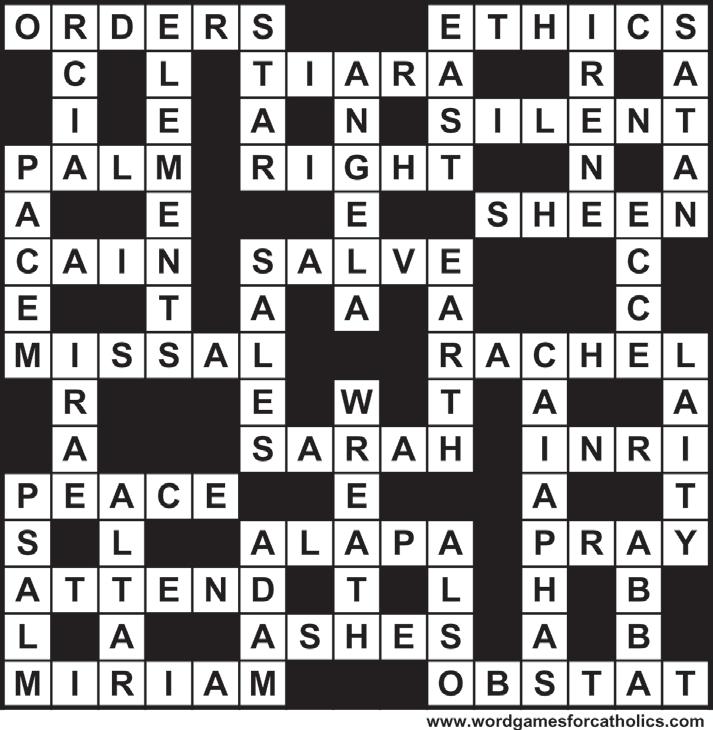

HOLIDAY ACCOMODATION
ESPERANCE 3 bedroom house f/furnished Ph 09 9076 5083
EAST PERTH share accommodation suit mature woman 0422 963 468.
BOOK REPAIR SERVICE
New book binding, general book repairs, rebinding, new ribbons; old leather bindings restored. Tydewi Bindery 9377 0005.
BRENDON HANDYMAN
SERVICES Home, building maintenance, repairs and renovations. NOR. Ph 0427 539 588.
BRICK RE-POINTING Ph Nigel 9242 2952.
PERROTT PAINTING Pty Ltd
For all your residential, commercial painting requirements. Ph Tom Perrott 9444 1200.
PICASSO PAINTING Top service. Ph 0419 915 836, fax 9345 0505.
WRR LAWN MOWING & WEED
SPRAYING Garden clean ups and rubbish removal. Get rid of bindii, jojo and other unsightly weeds. Based in Tuart Hill. Enq 9443 9243 or 0402 326 637.
CATHOLICS CORNER Retailer of Catholic products specialising in gifts, cards and apparel for Baptism, Communion and Confirmation. Ph 9456 1777. Shop 12, 64-66 Bannister Rd, Canning Vale. Open Mon-Sat.
OTTIMO Convenient city location for books, CDs/DVDs, cards, candles, statues, Bibles, medals and much more. Shop 108, Trinity Arcade (Terrace level), 671 Hay St, Perth. Ph 9322 4520. Mon-Fri 9am-6pm.
RICH HARVEST YOUR CHRISTIAN SHOP Looking for Bibles, CDs, books, cards, gifts, statues, Baptism/Communion apparel, religious vestments, etc? Visit us at 39 Hulme Ct (off McCoy St), Myaree, Ph 9329 9889 (after 10.30am Mon to Sat). We are here to serve.
KINLAR VESTMENTS Quality hand-made and decorated vestments: Albs, Stoles, Chasubles, altar linen, banners etc. 12 Favenc Way, Padbury. By appointment only. Ph Vicki 9402 1318 or 0409 114 093.
ARE YOU BUYING OR SELLING real estate or a business?
Why not ask Excel Settlements for a quote for your settlement. We offer reasonable fees, excellent service and no hidden costs. Ring Excel on 9481 4499 for a quote. Check our website on www.excelsettlements.com.
ALL AREAS. Competitive Rates. Mike Murphy Ph 0416 226 434.
PEEK-A-BOO CORNER
Good quality & affordable branded kids’ clothing. For boys & girls 0 to 6 years. Don’t miss out 20% discount for first 20 customers. Errina: 0401 454 933. Email: peekaboo.corner@gmail.com or visit www.peekaboo-corner.blogspot.com.
ART FOR THE CATHEDRAL www.margaretfane.com.au. EMPLOYMENT
CARETAKERS WANTED
For small property 110 km north of Perth. A 2br ff cottage provided with gas +electricity included. Maintain existing fruit, veg, chooks for own use. Also ride-onmowing, watering etc. Ring 041 994 9185 or email jack.gardner@ iinet.net.au
“The Woman Shall Conquer” by Don Sharkey. Photograph of Pope John Paul celebrating Mass in WA. Contact: email rodway@ iinet.net.au.

Aroma-oil Cupping Massage CLINIC: Guildford / Morley Ph: 0438-979036
A stunning collection of beautiful mementos to remember this historic occasion. Place your order now! (Please note: max. delivery time 10 days)



